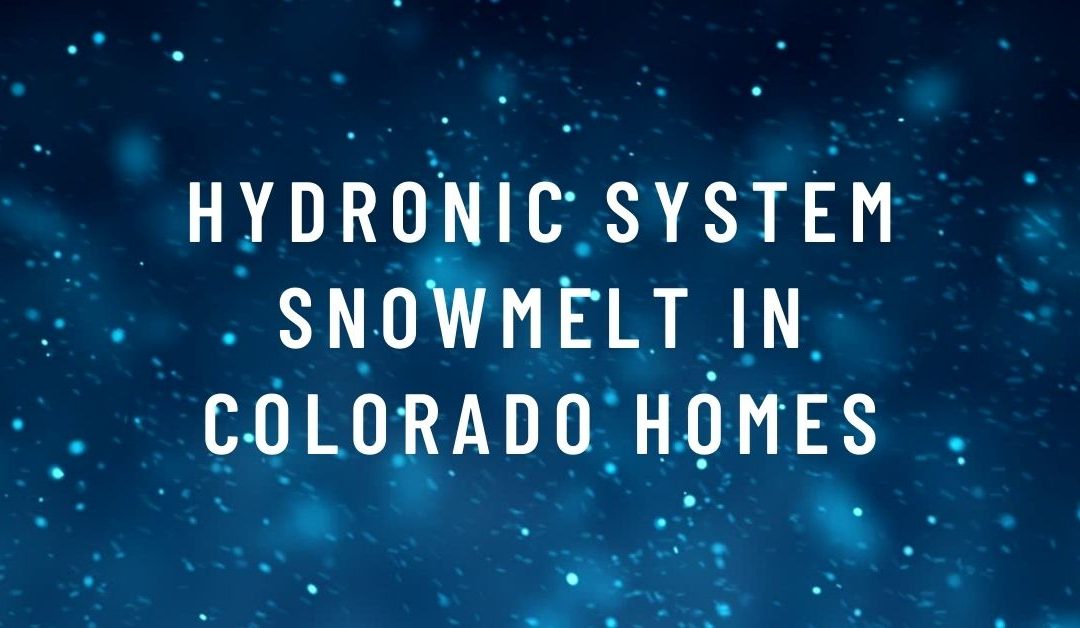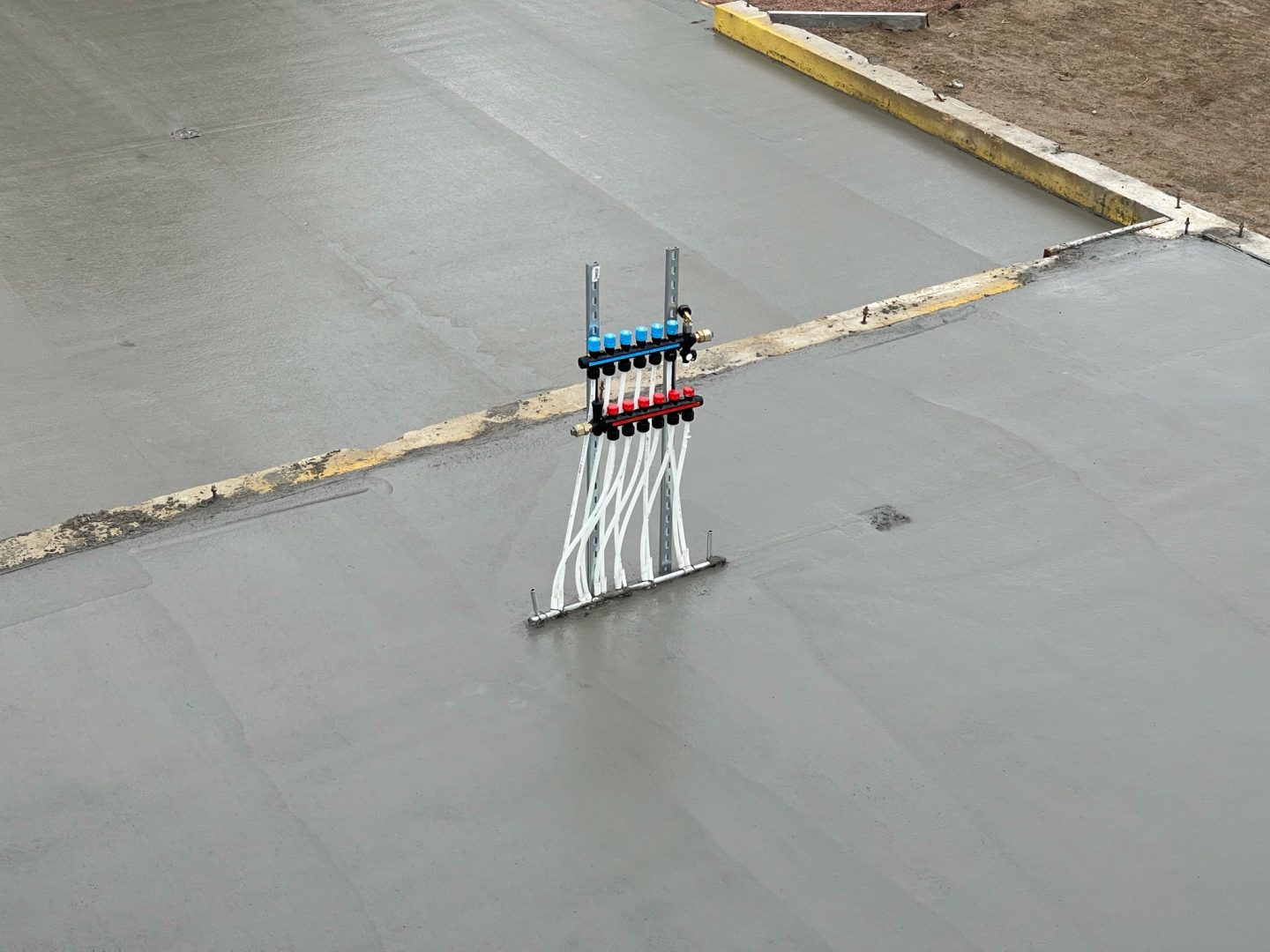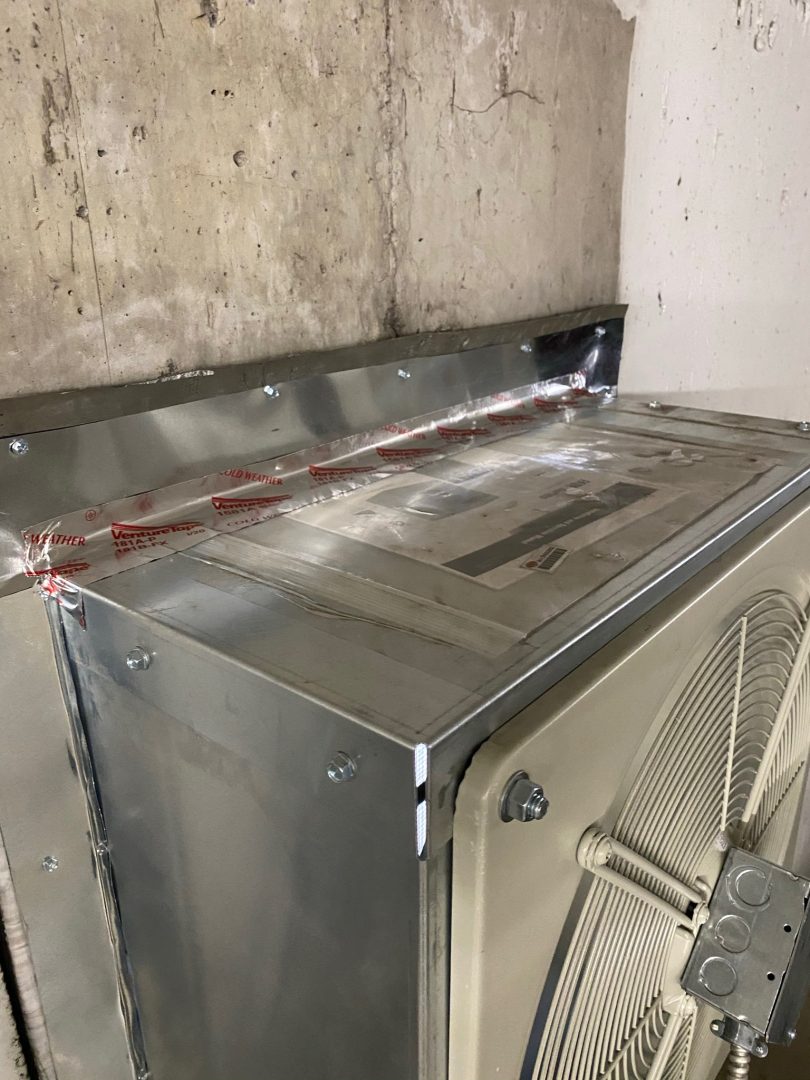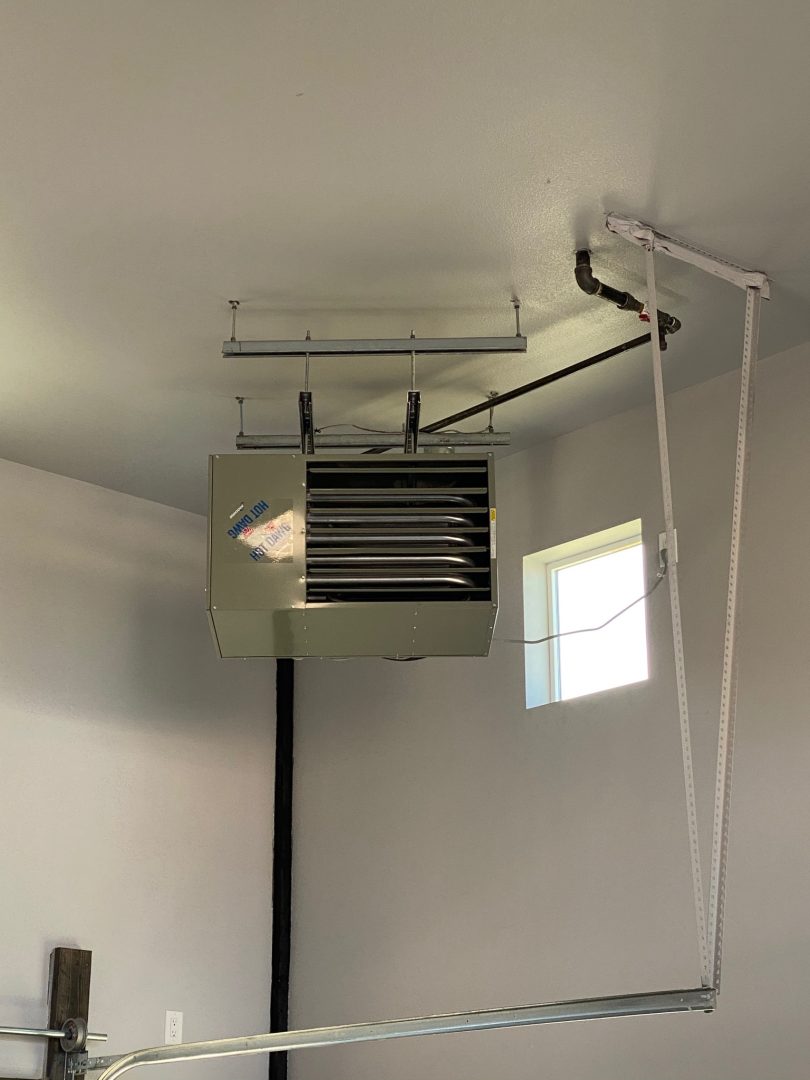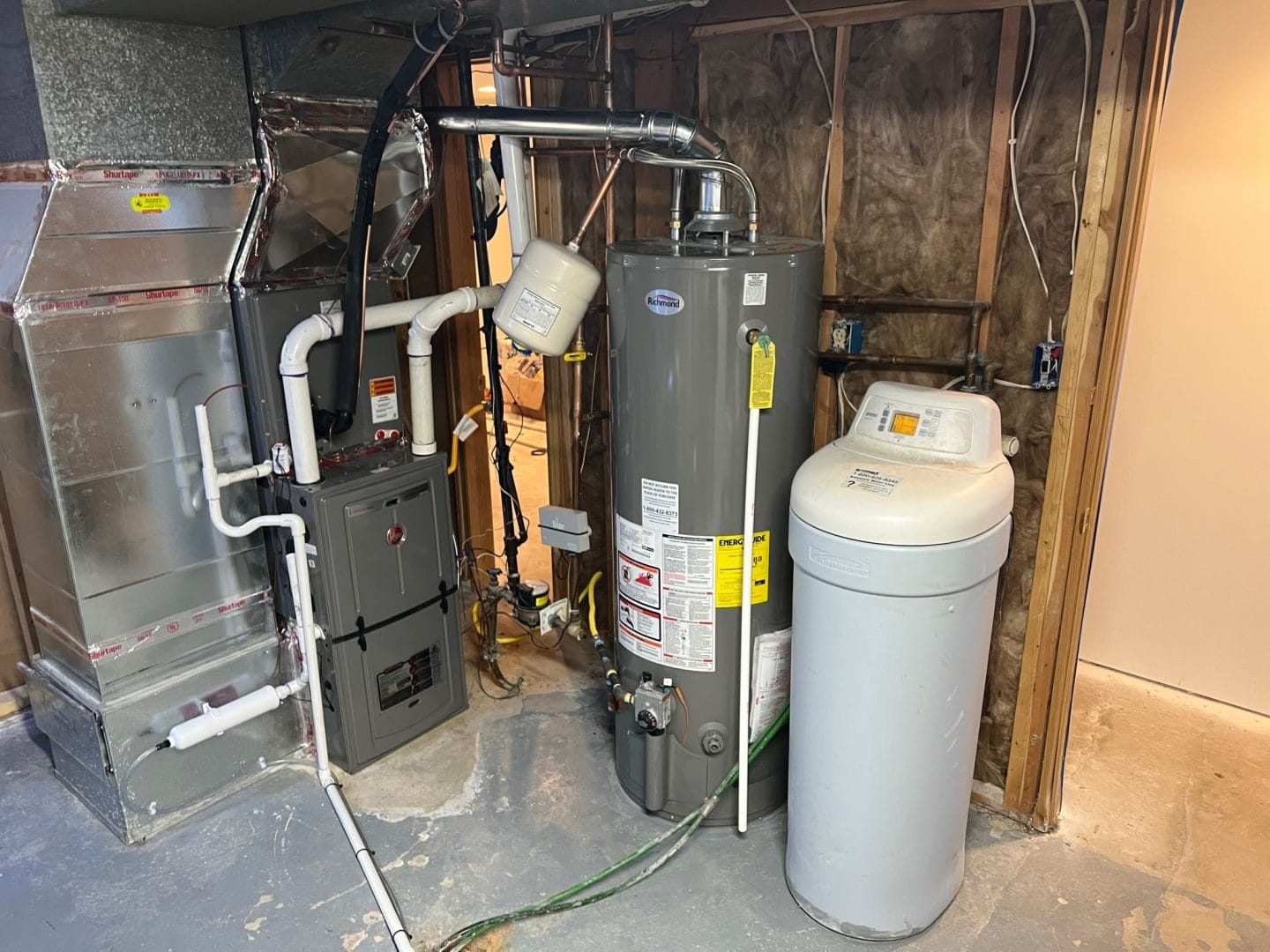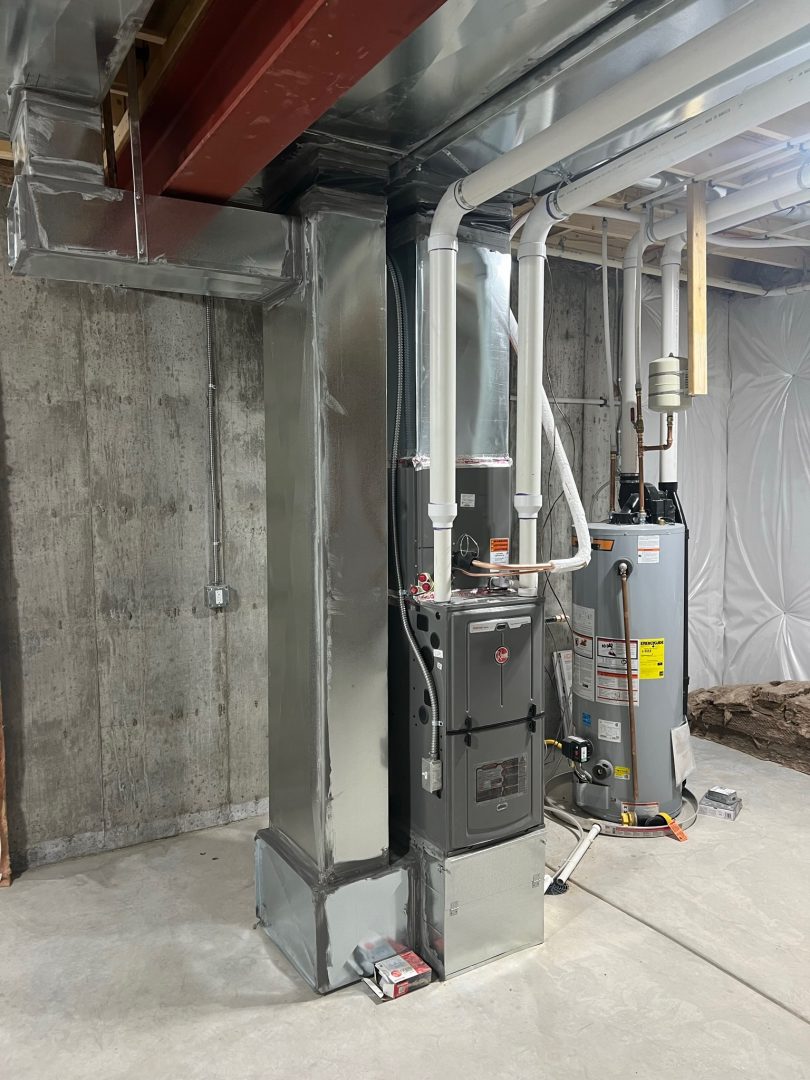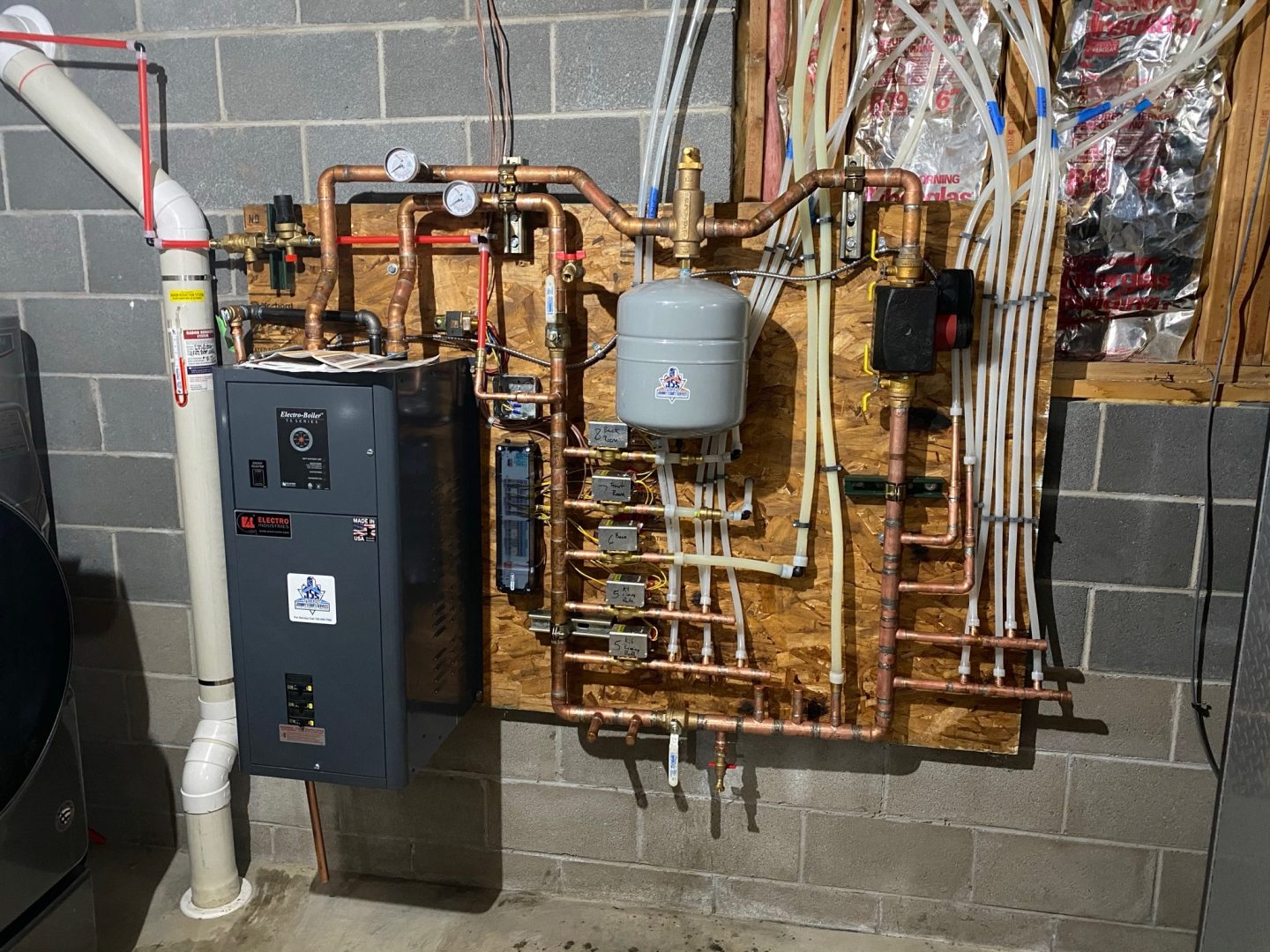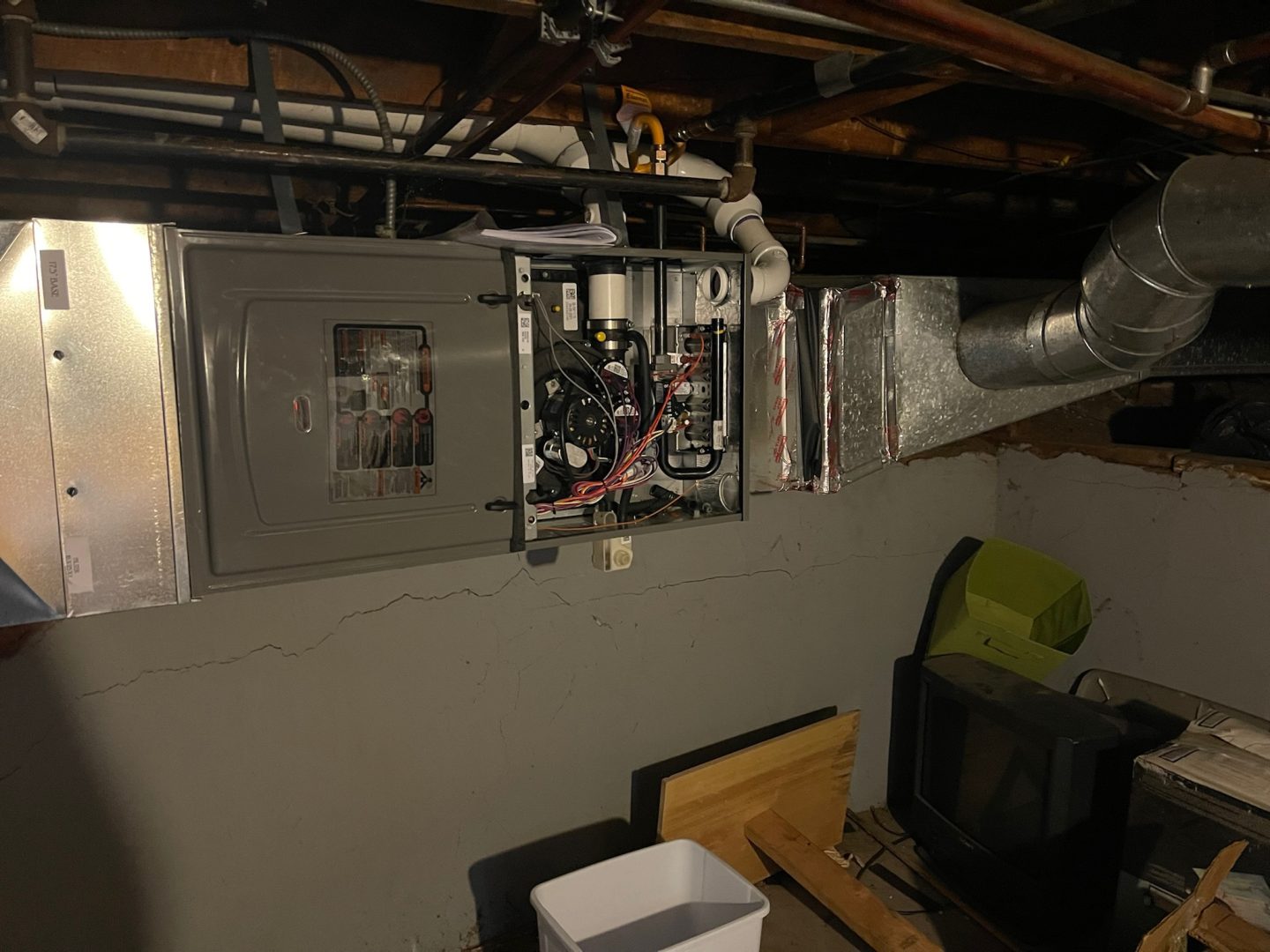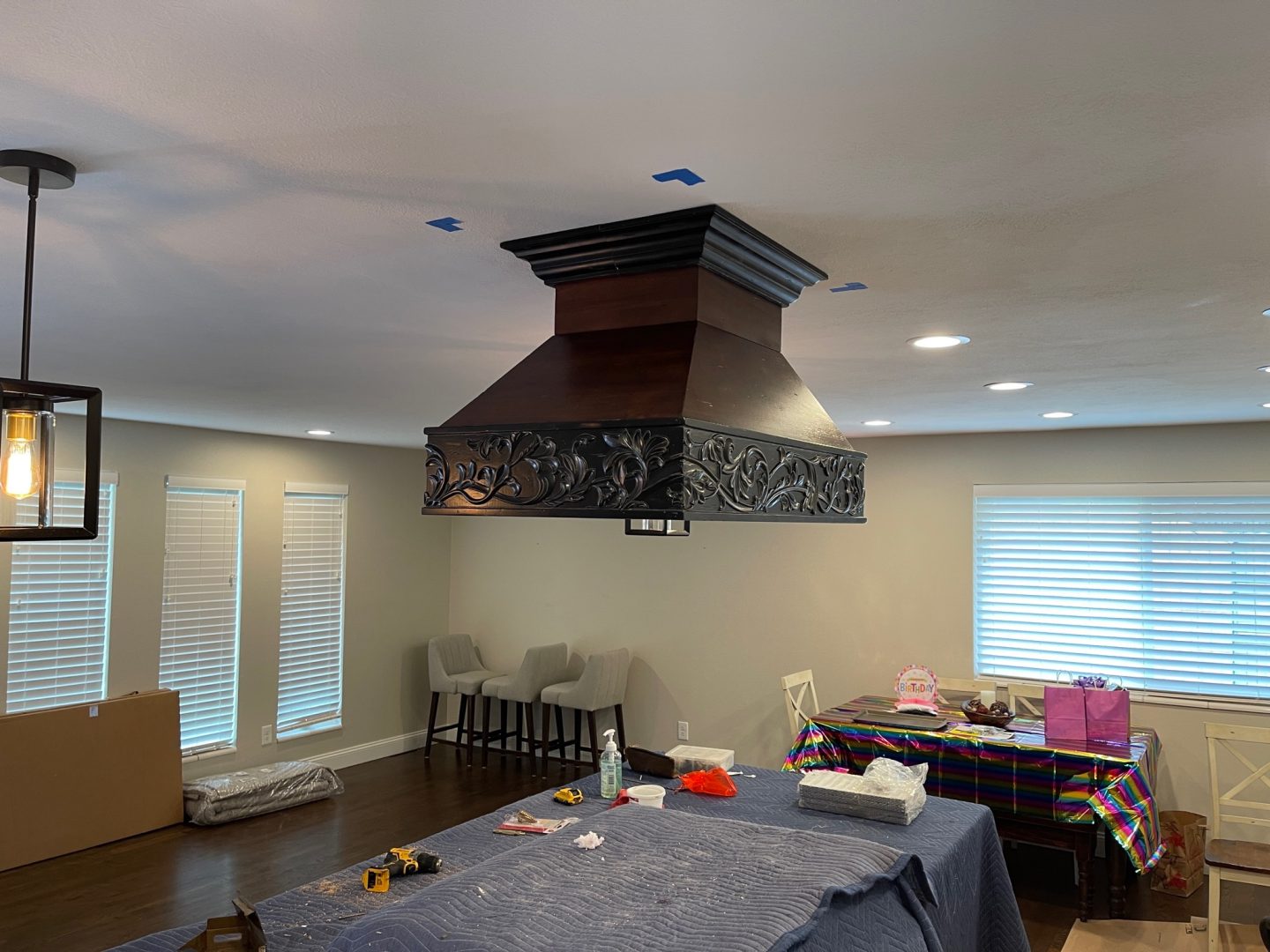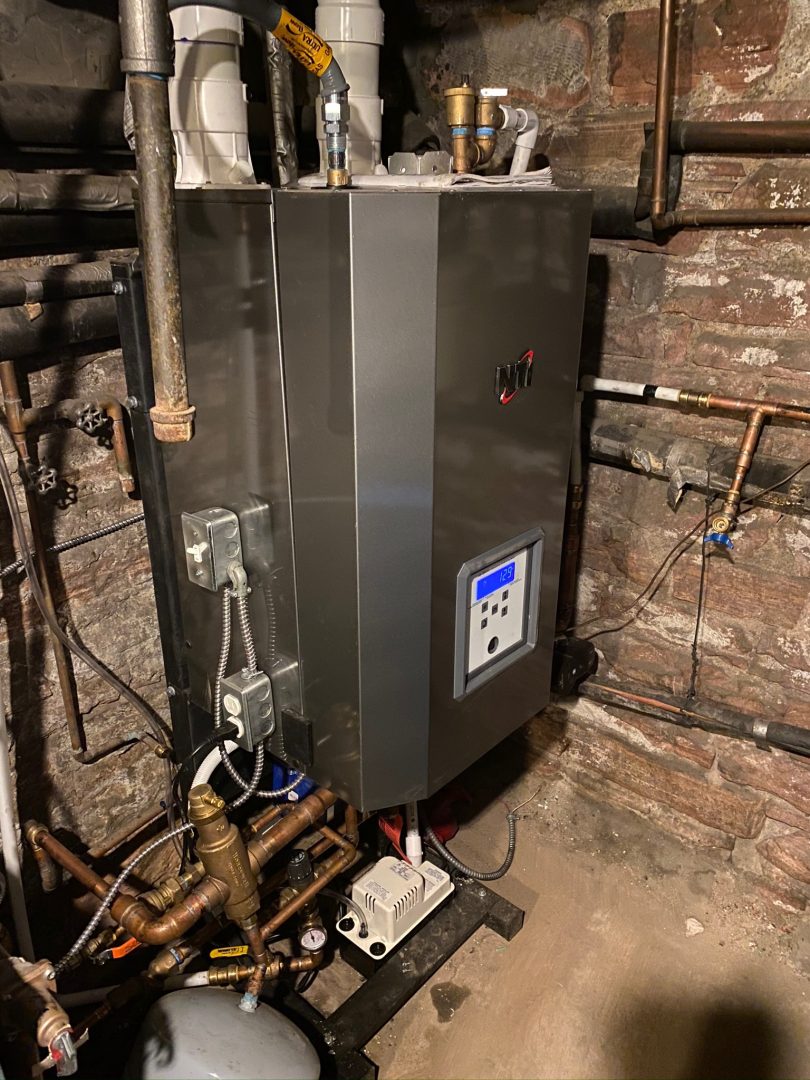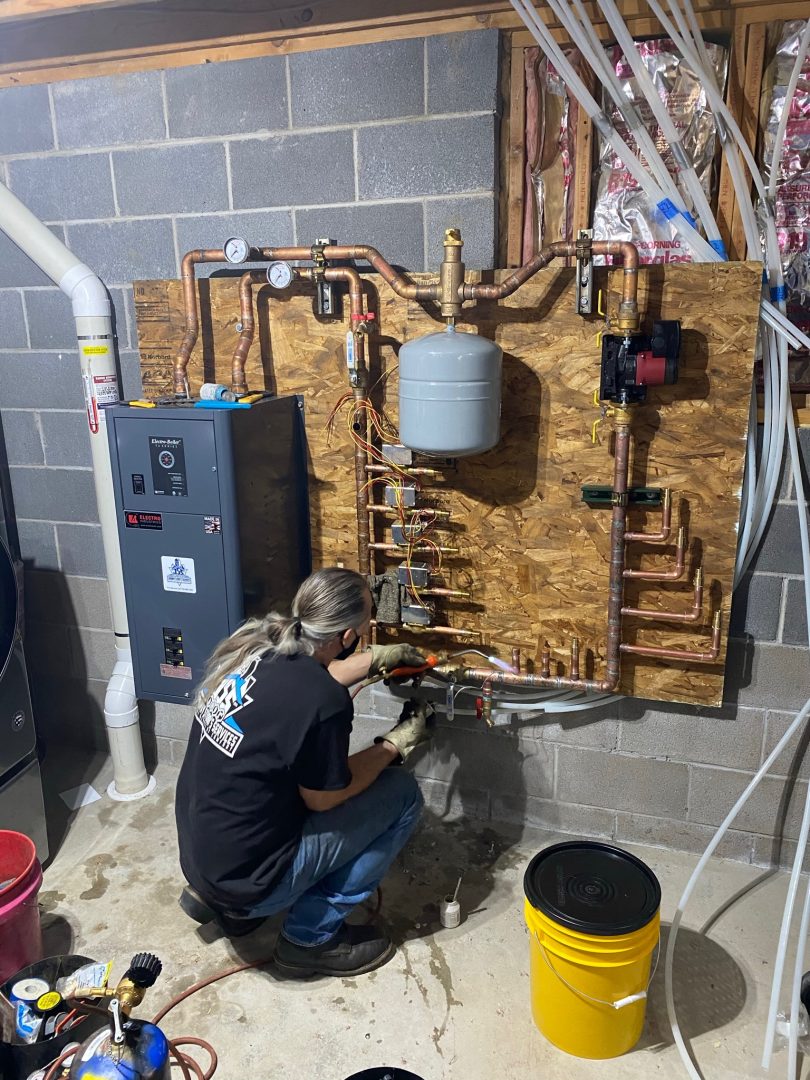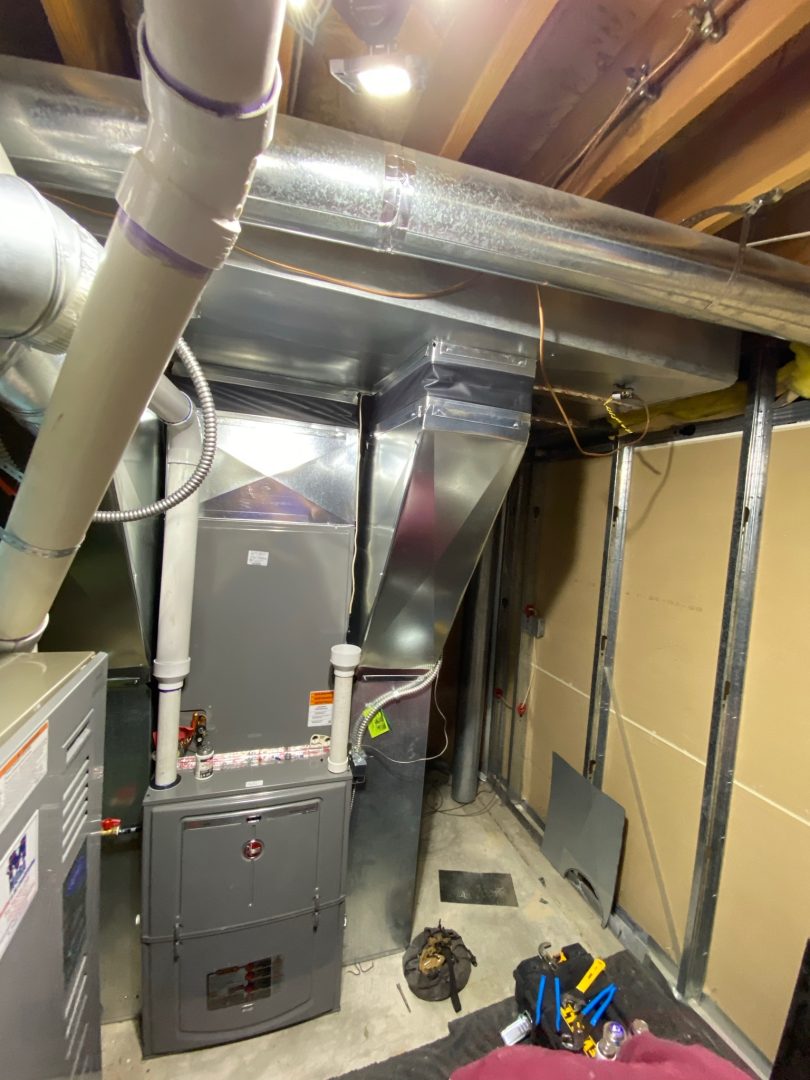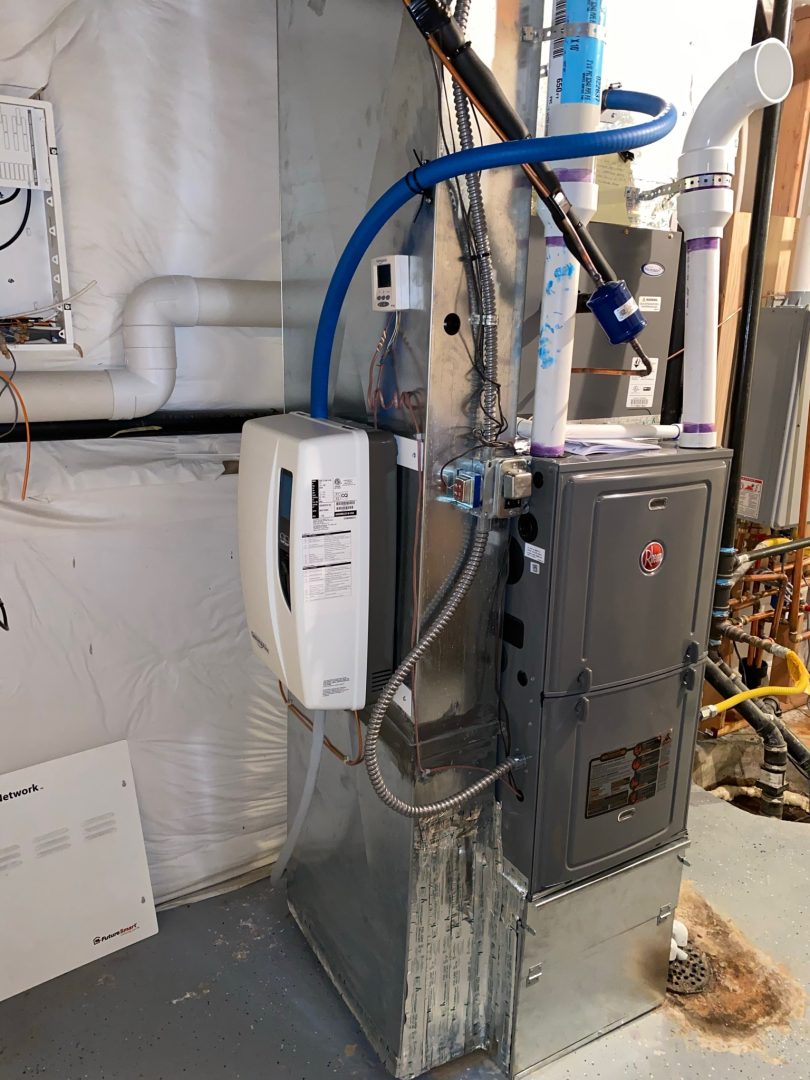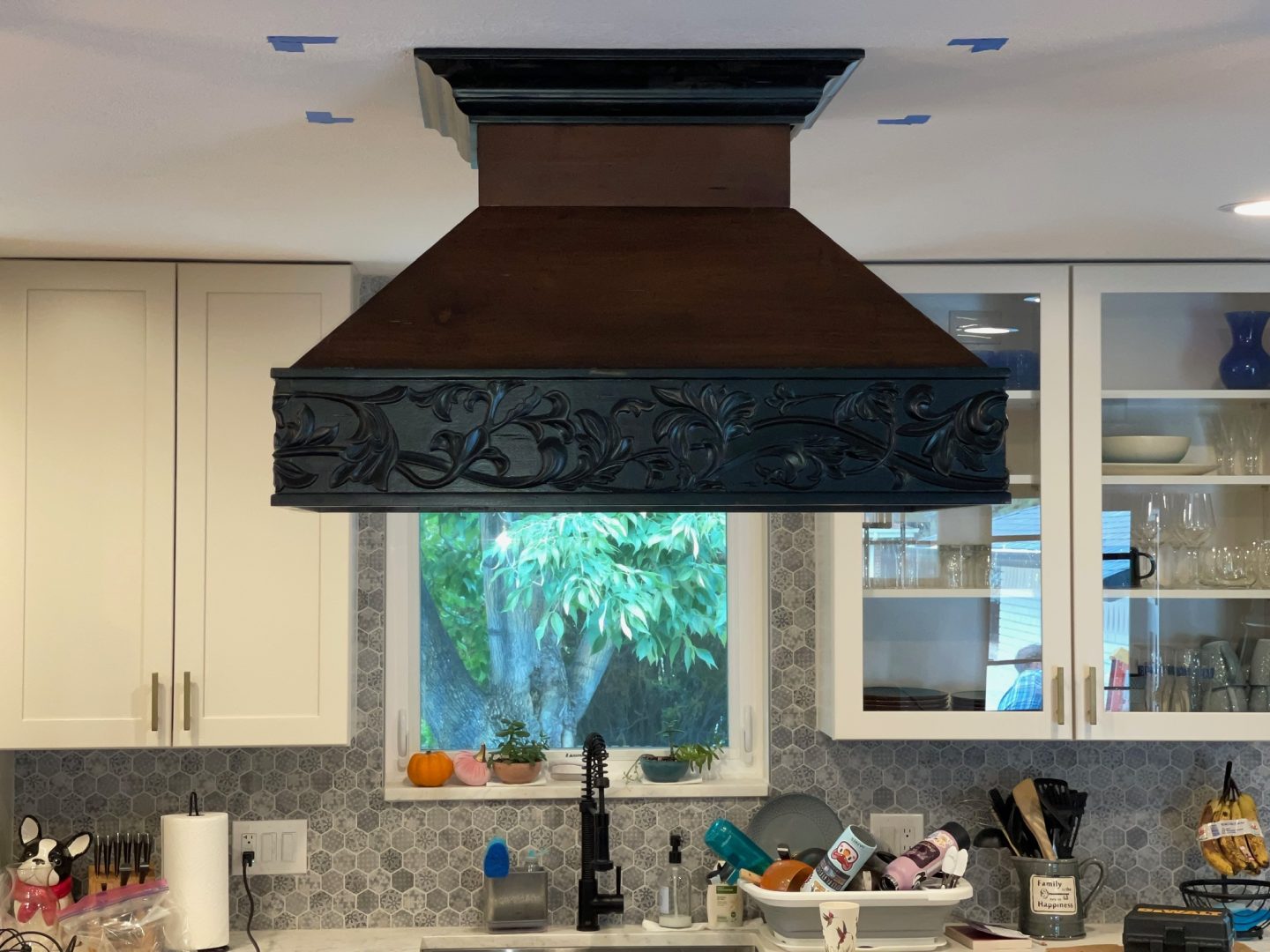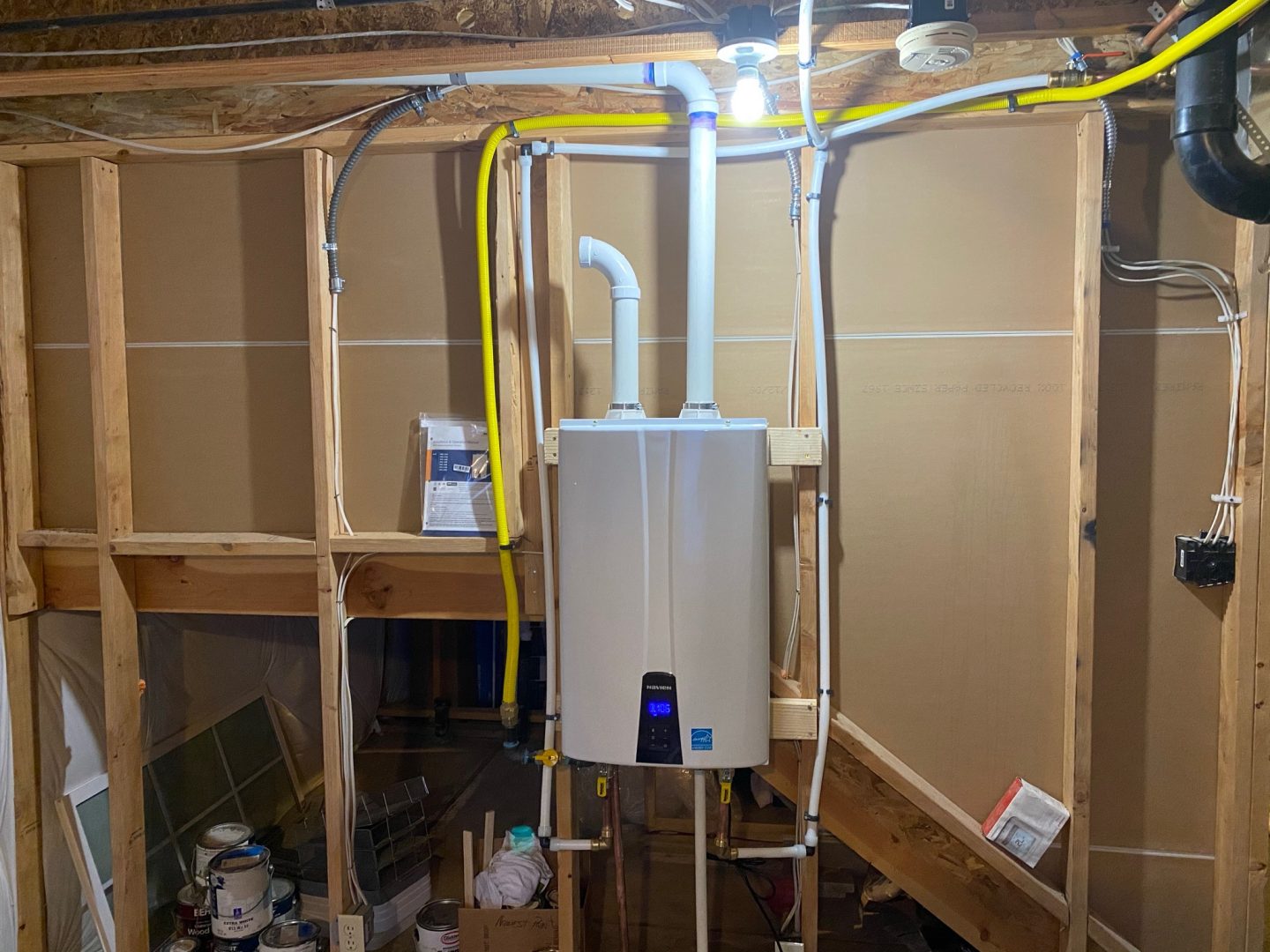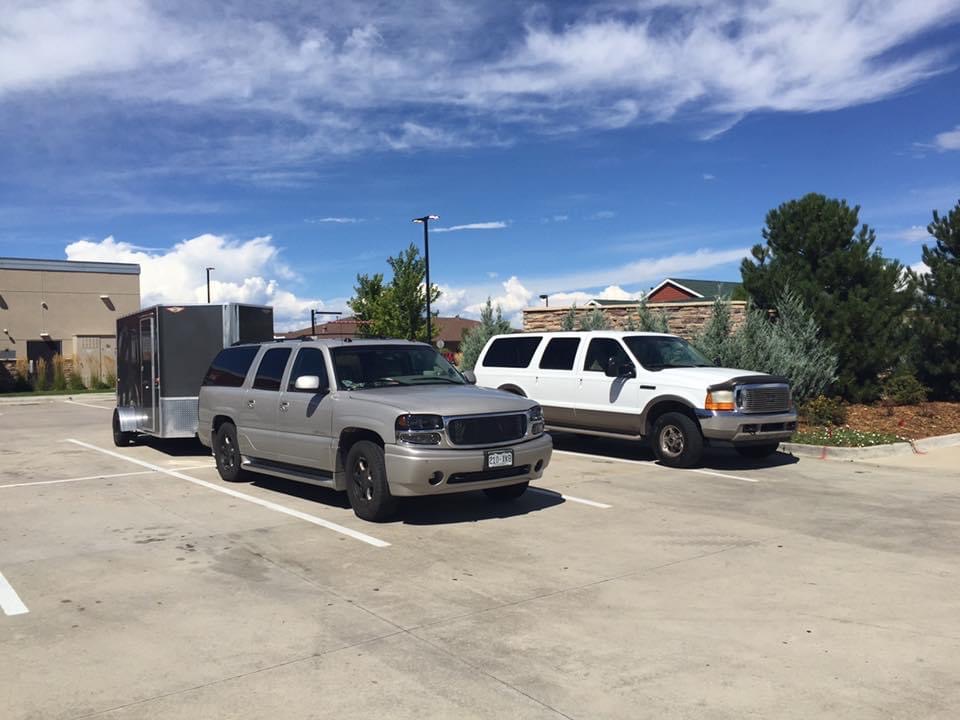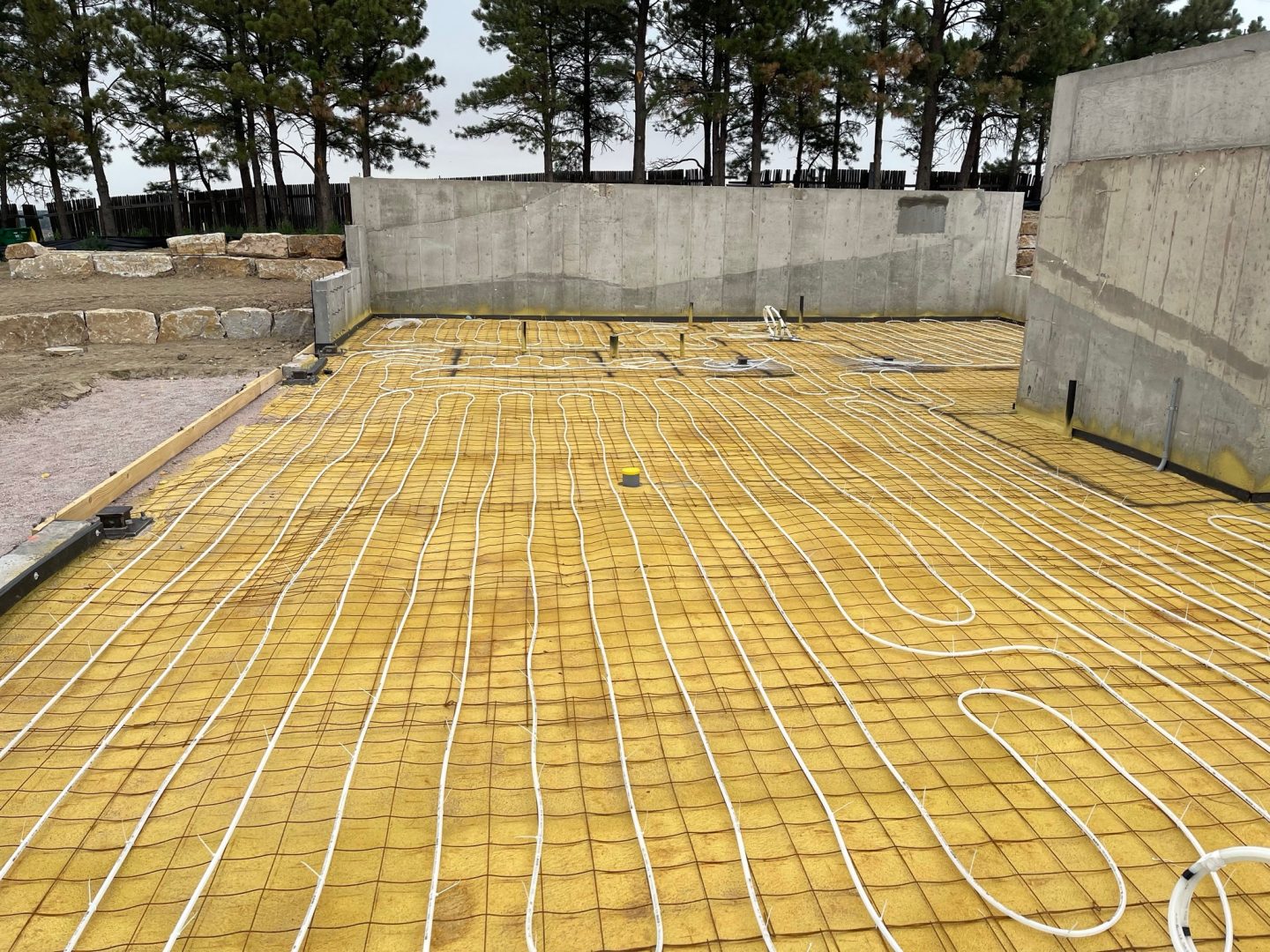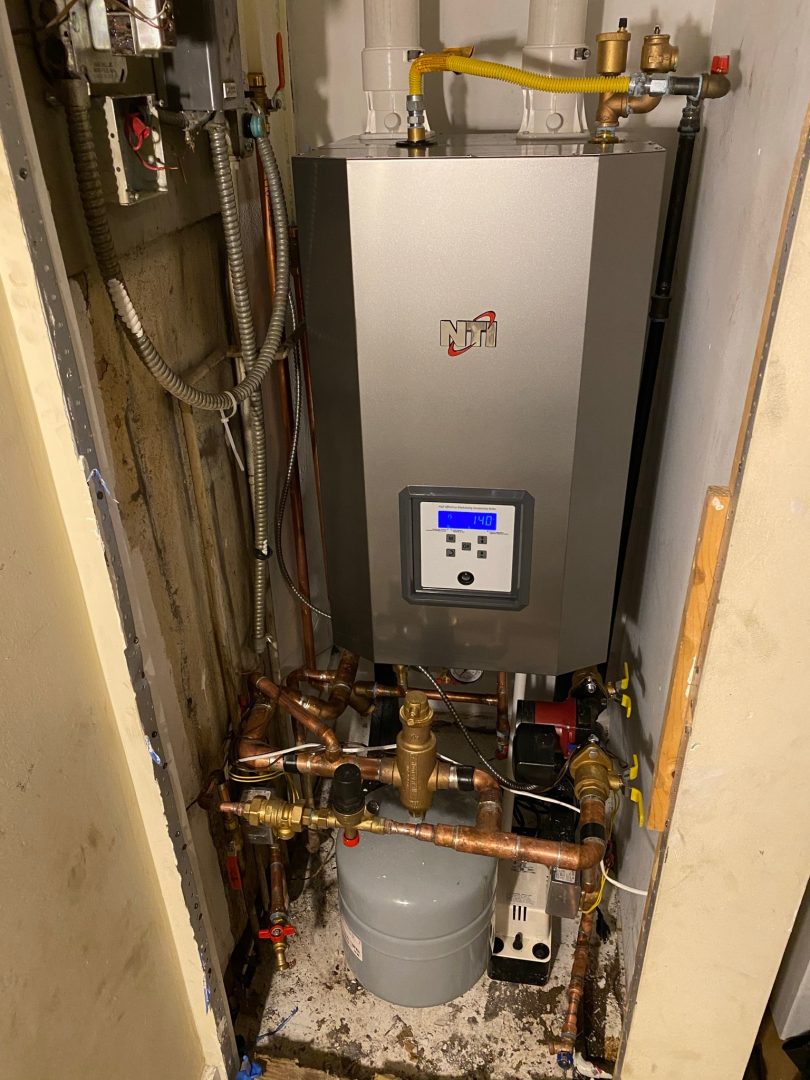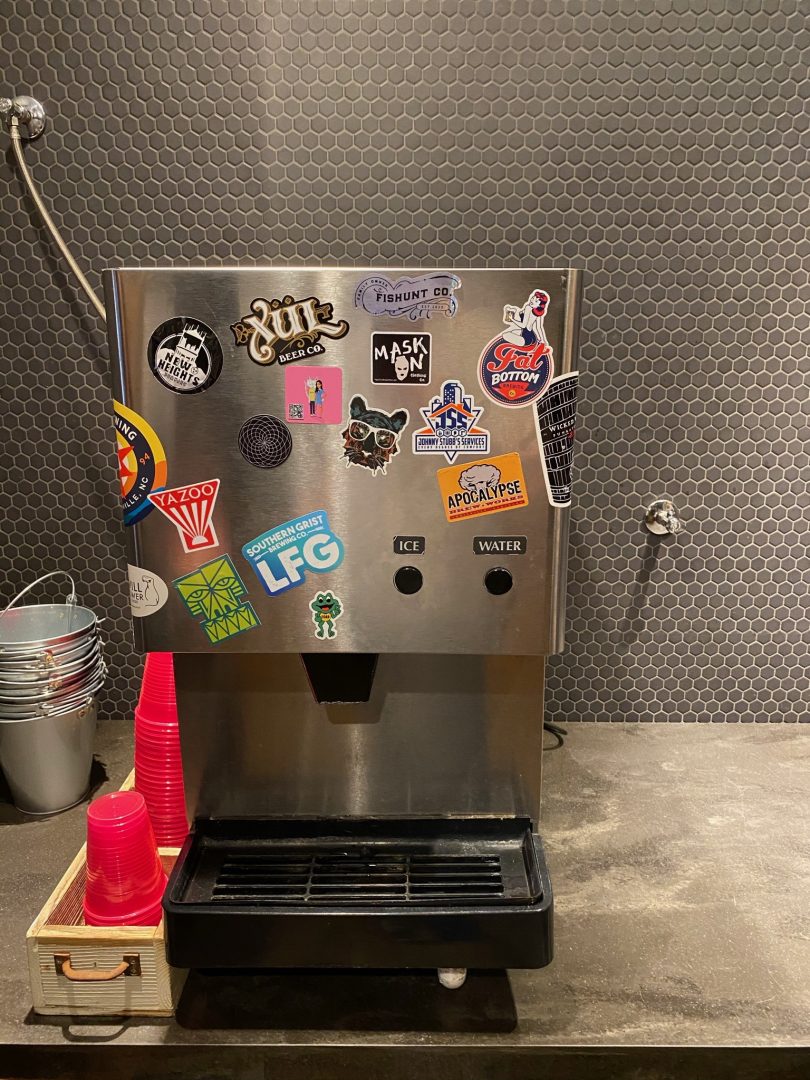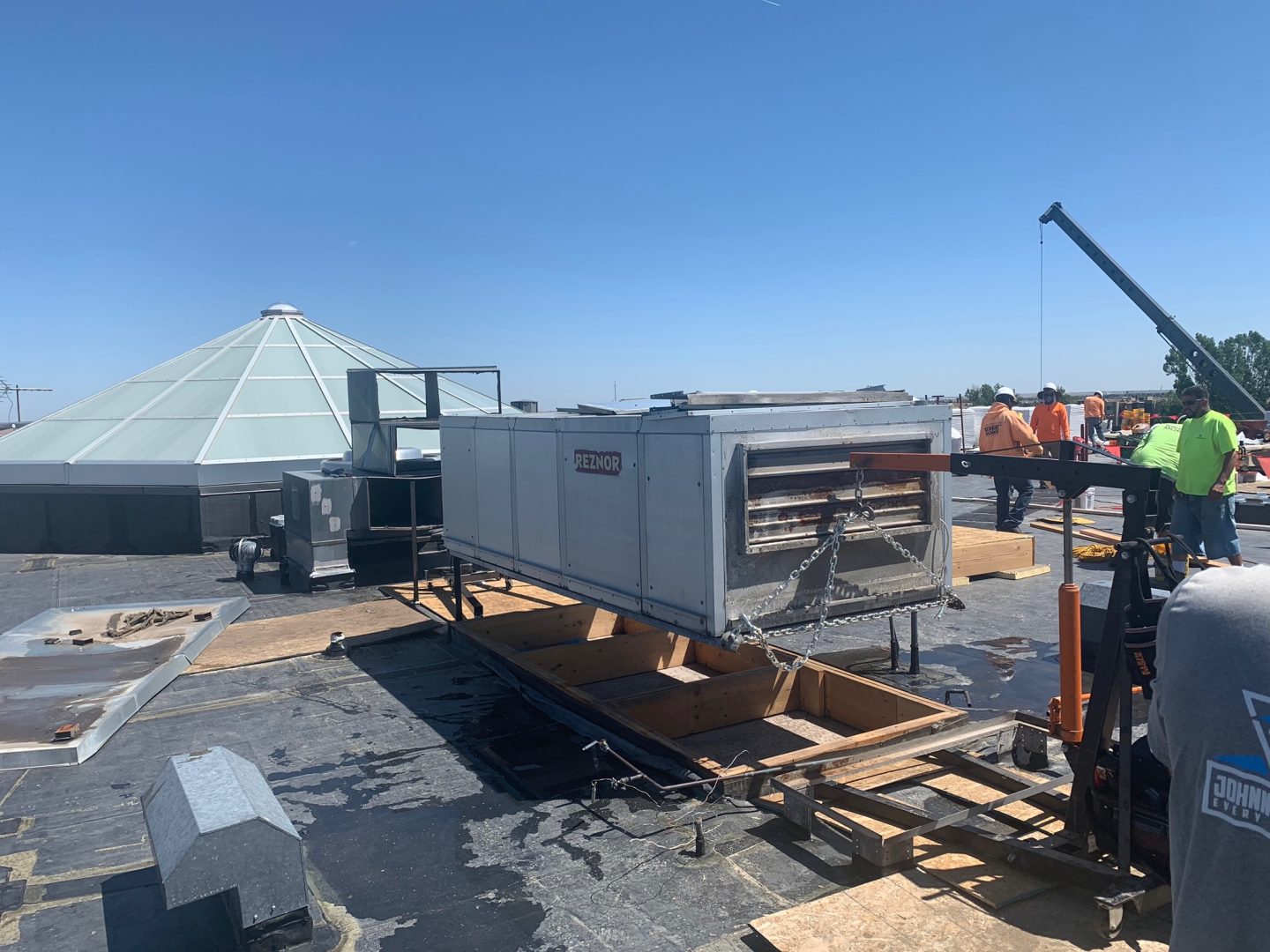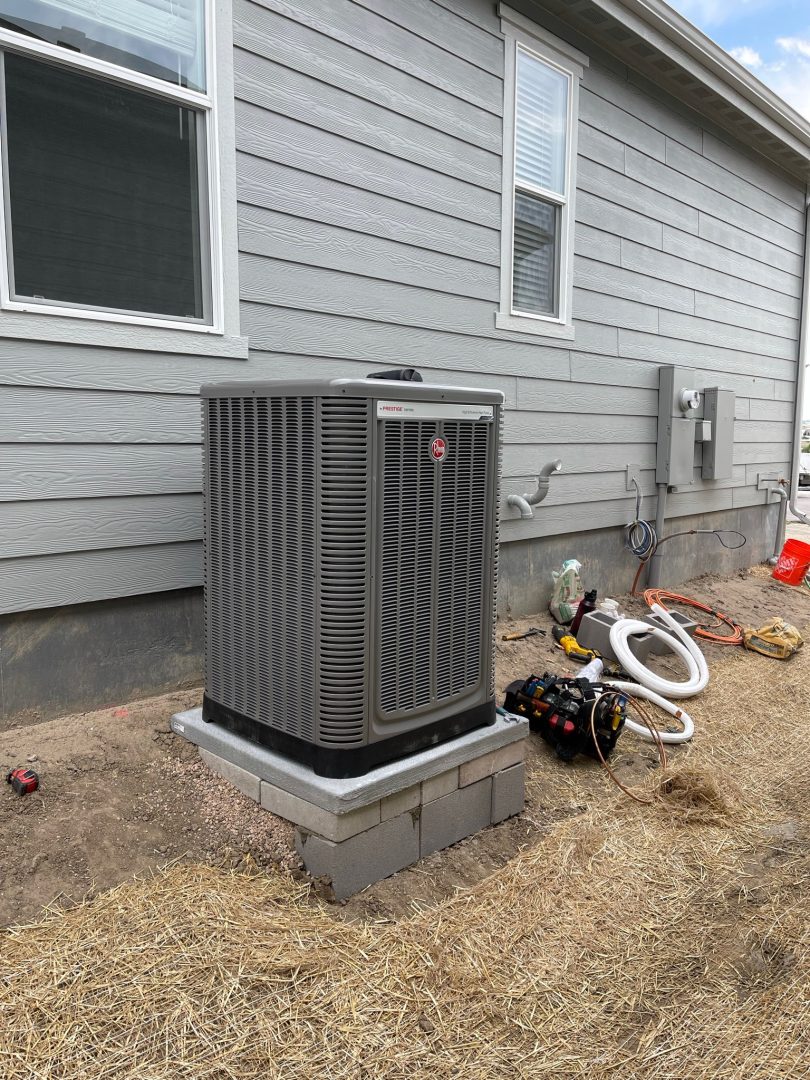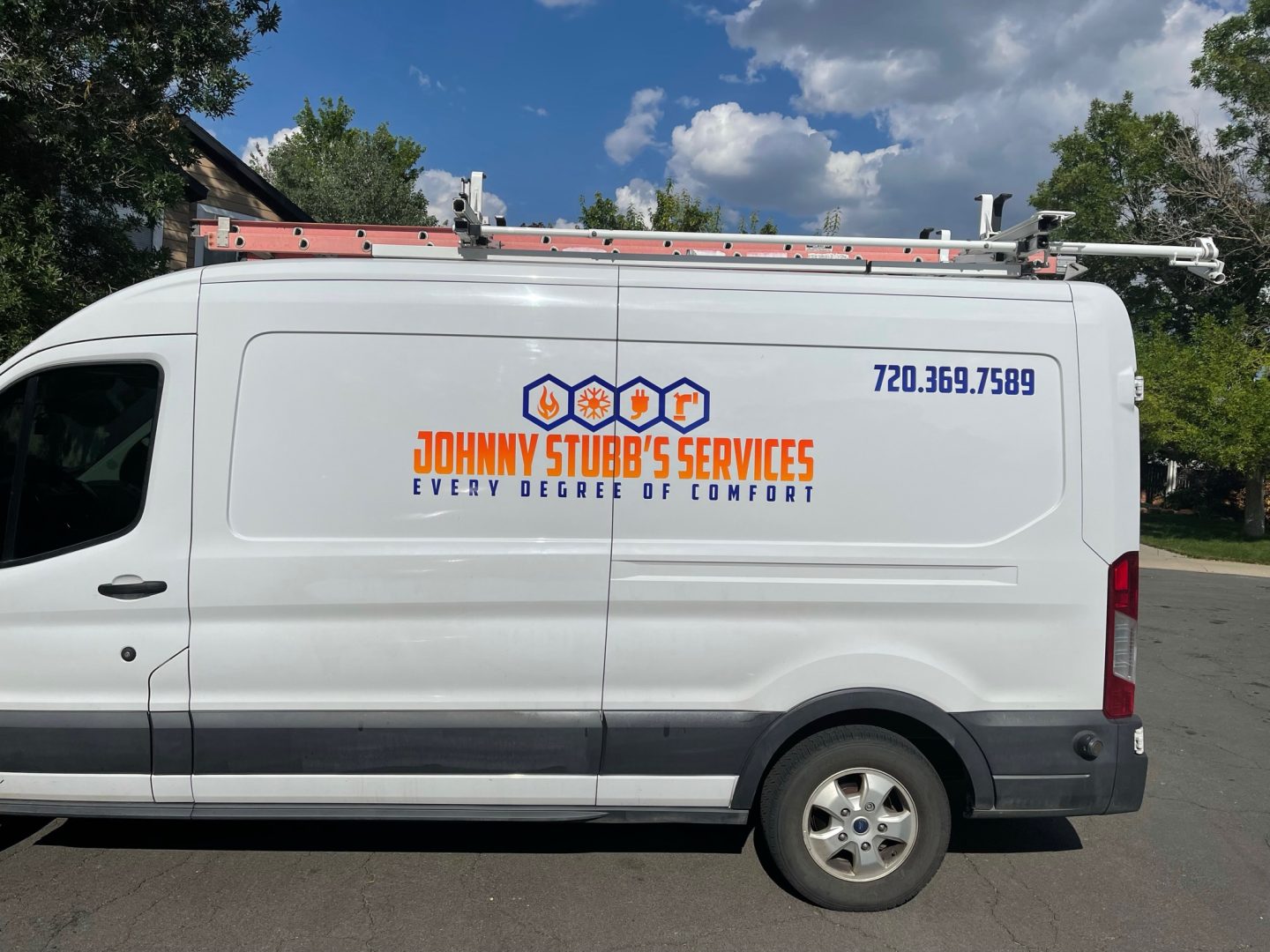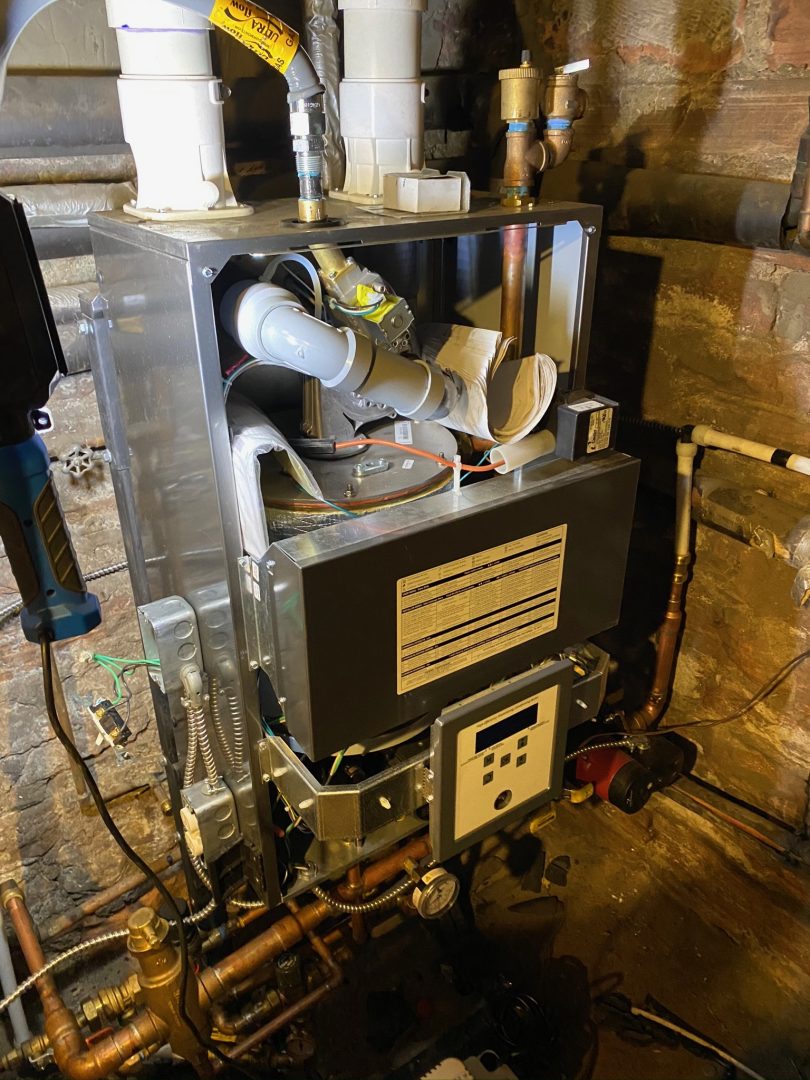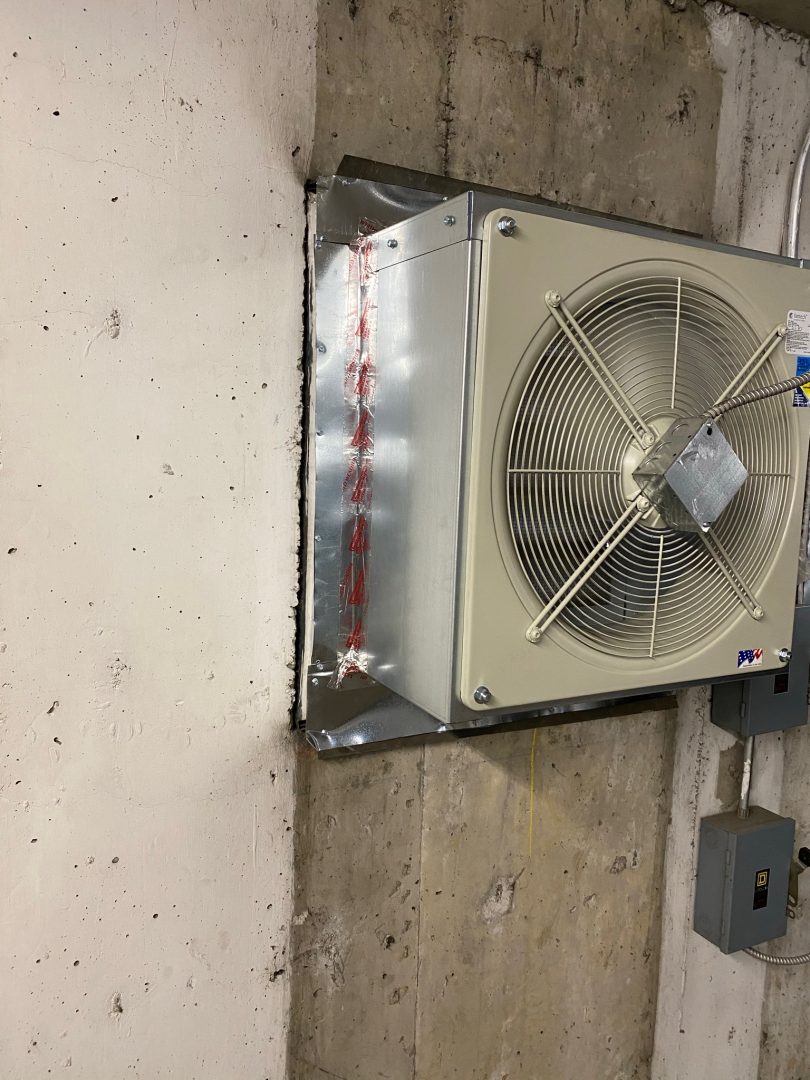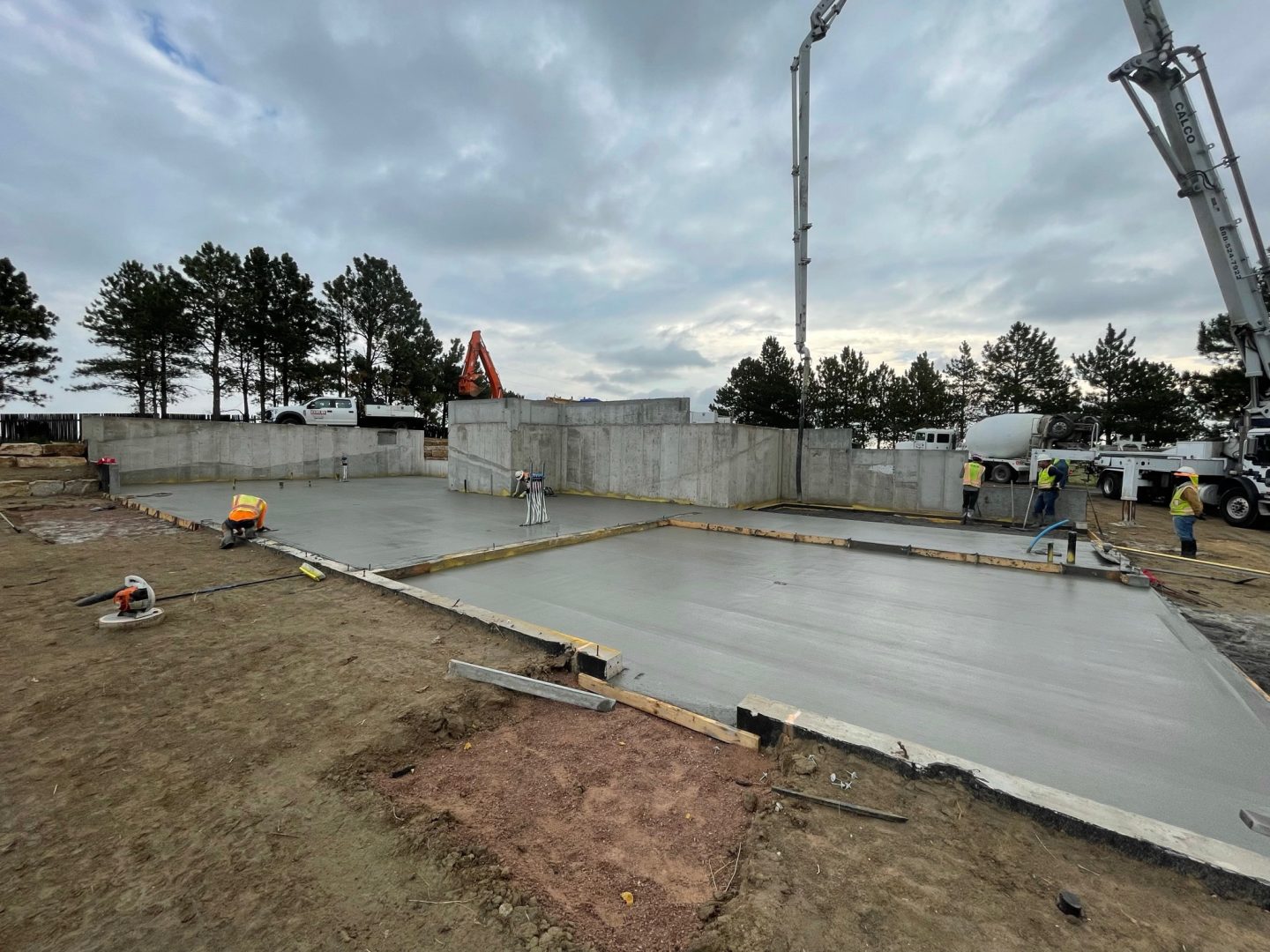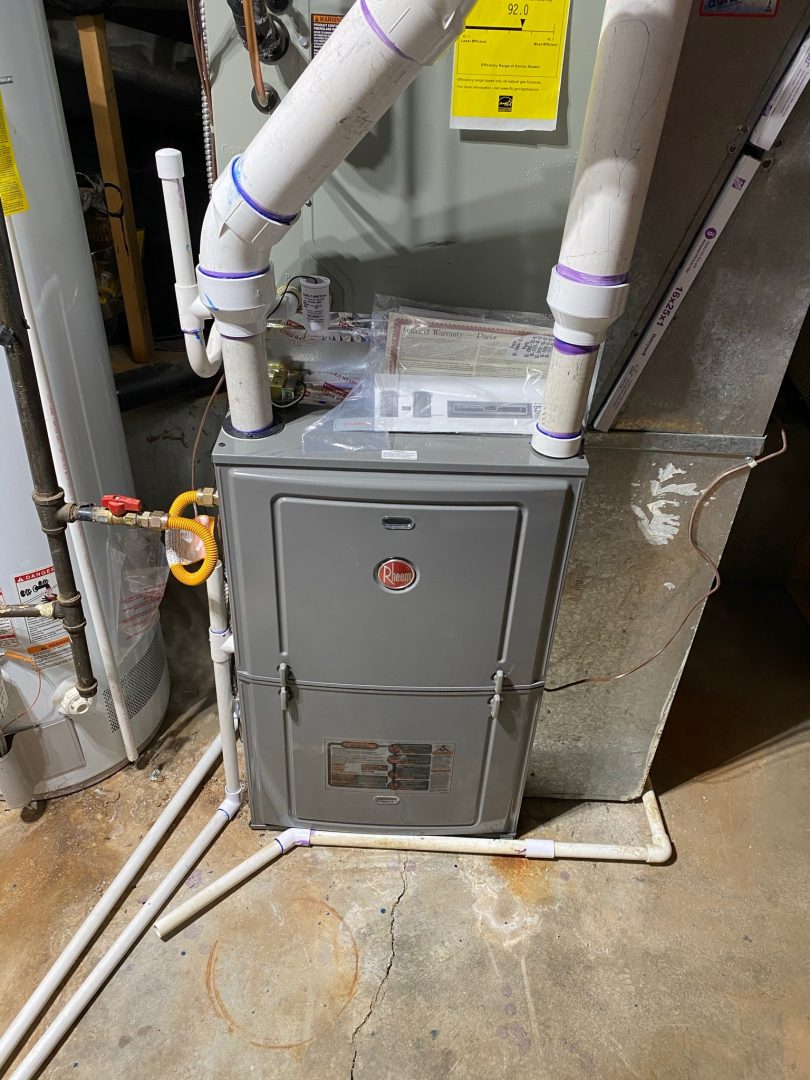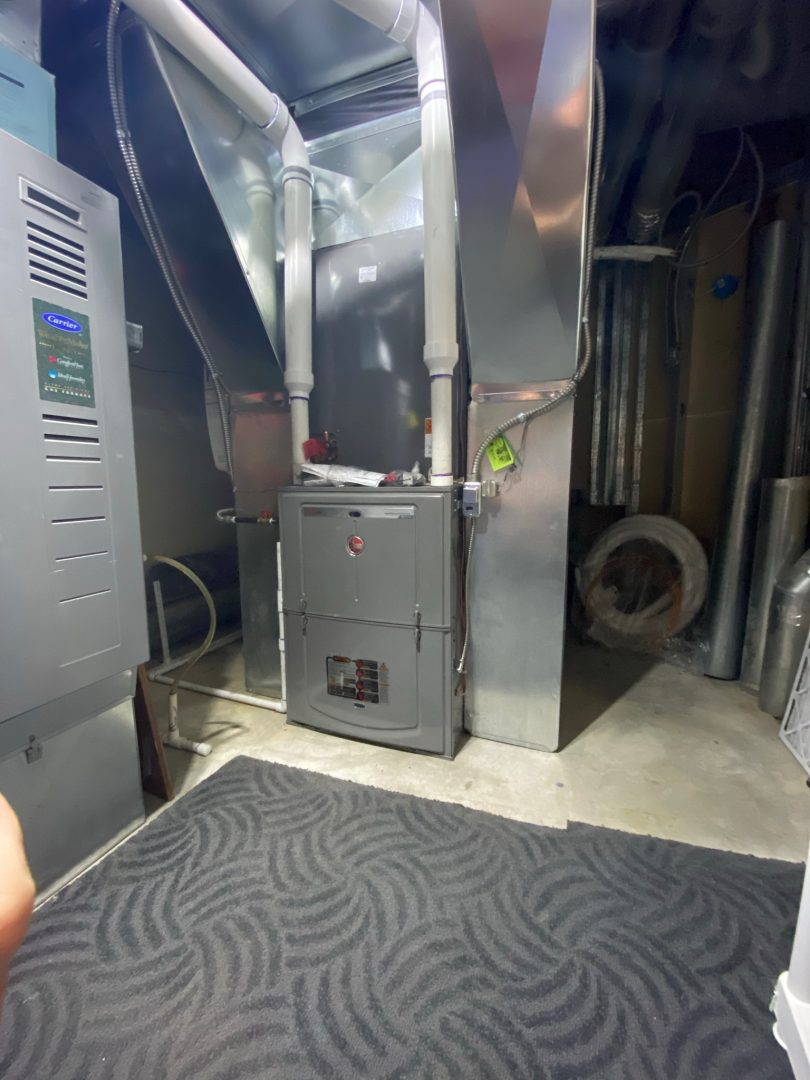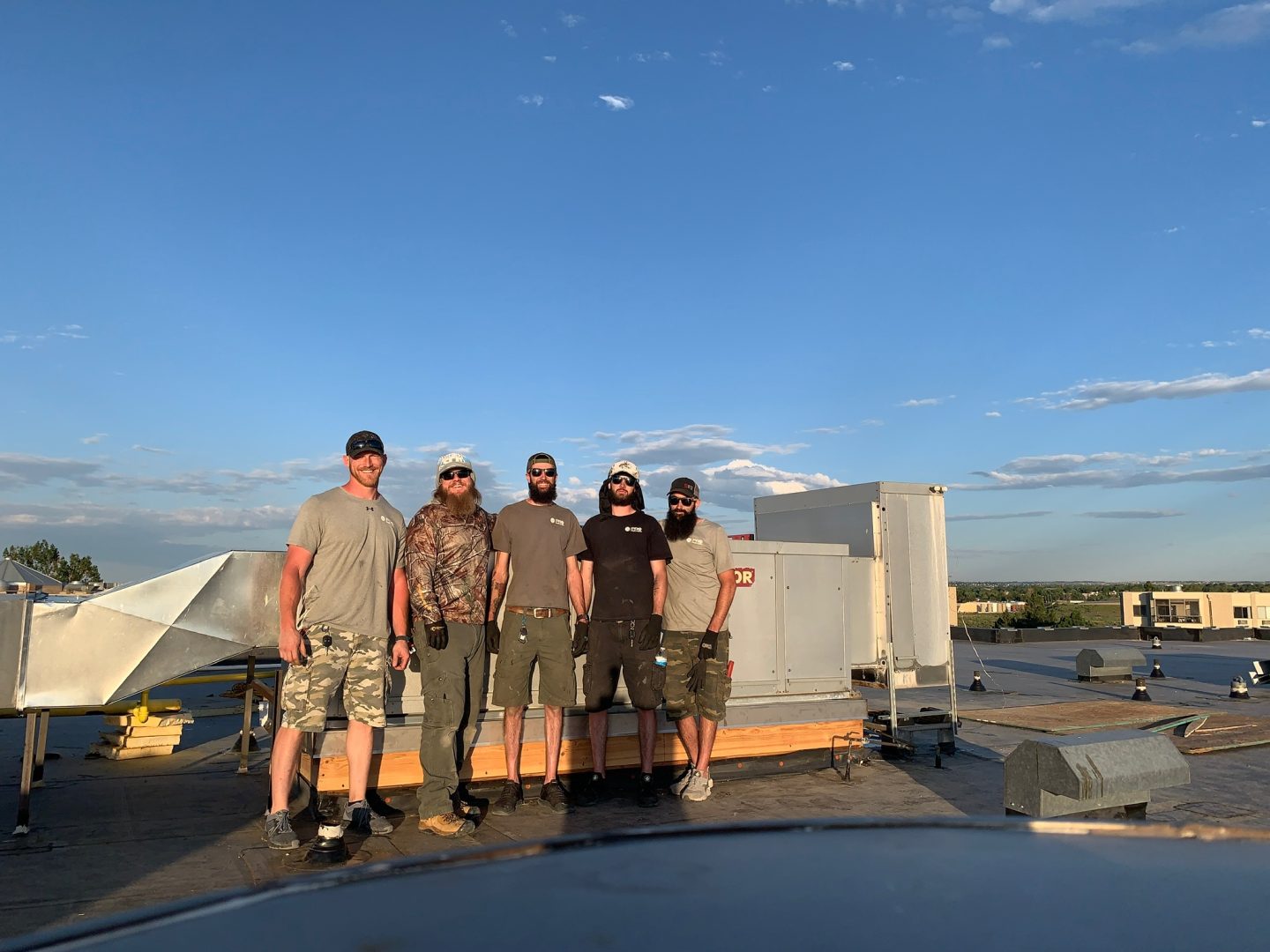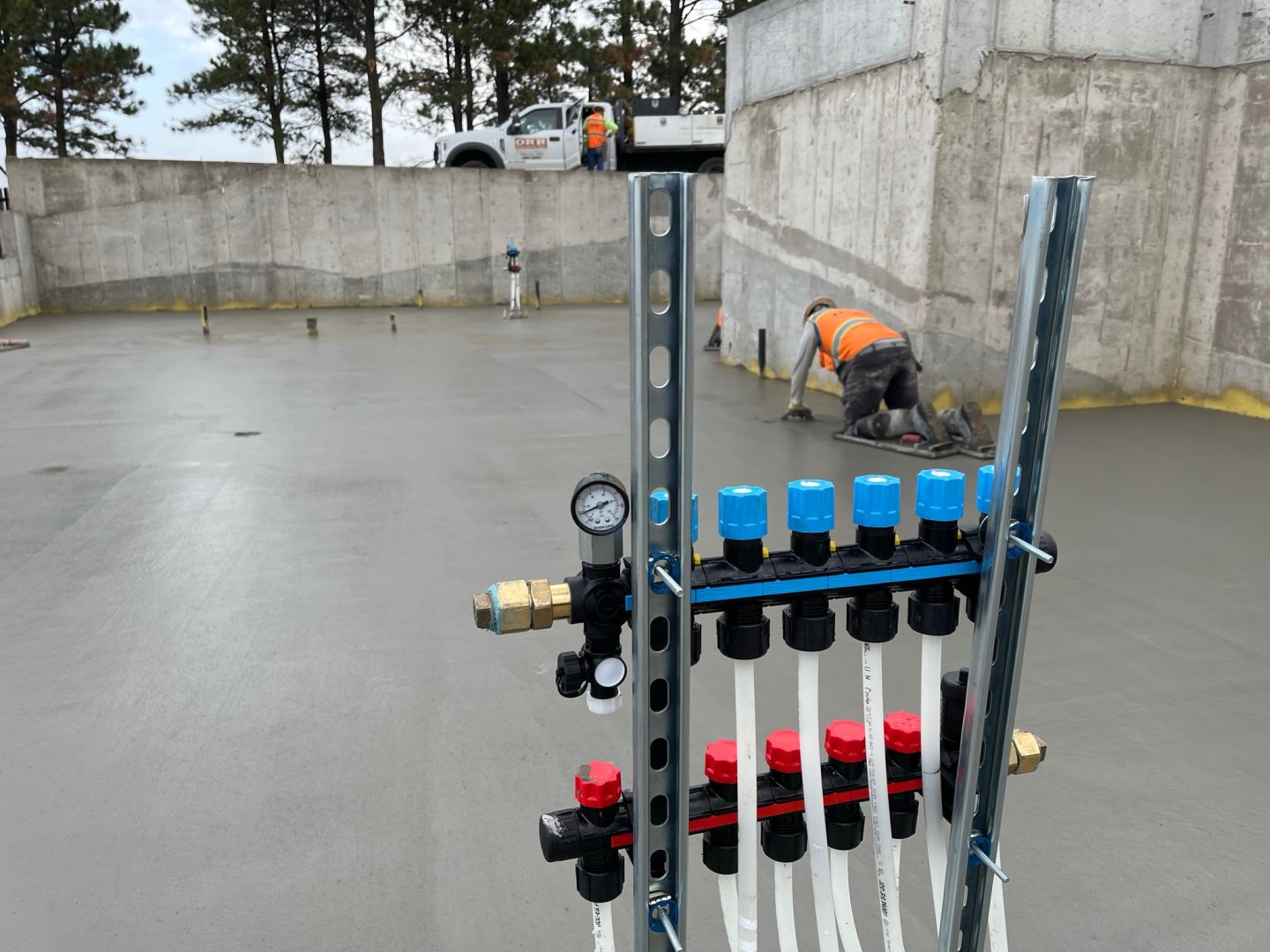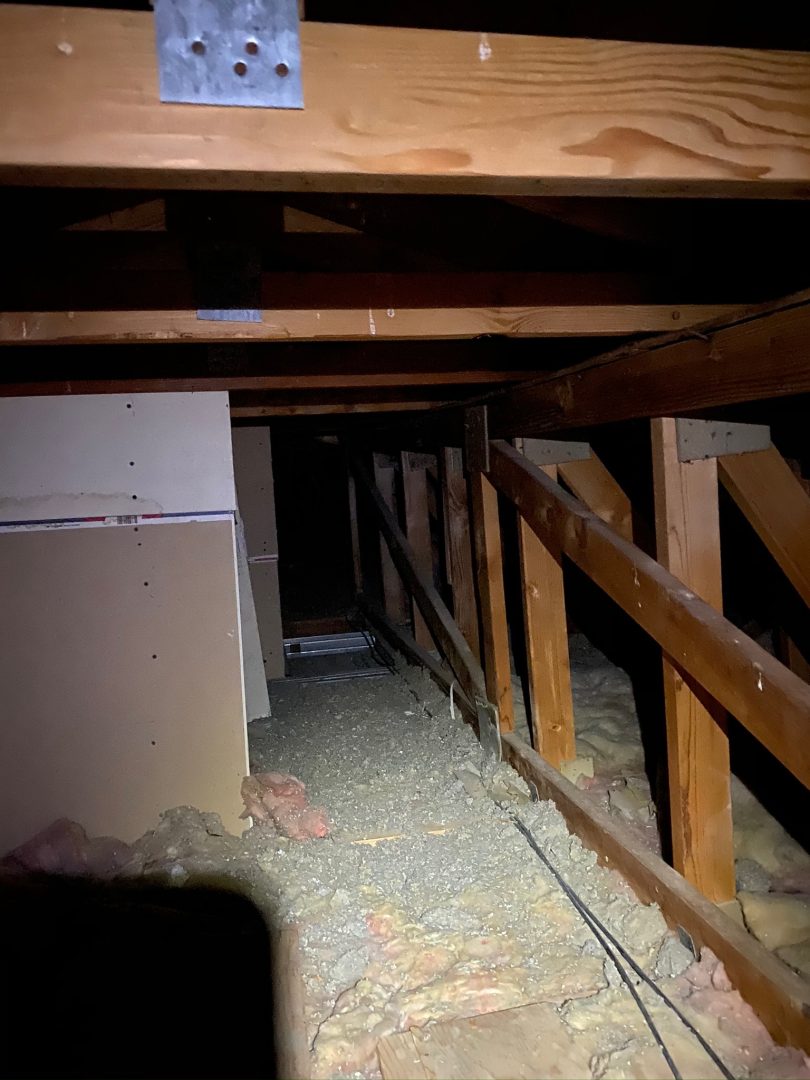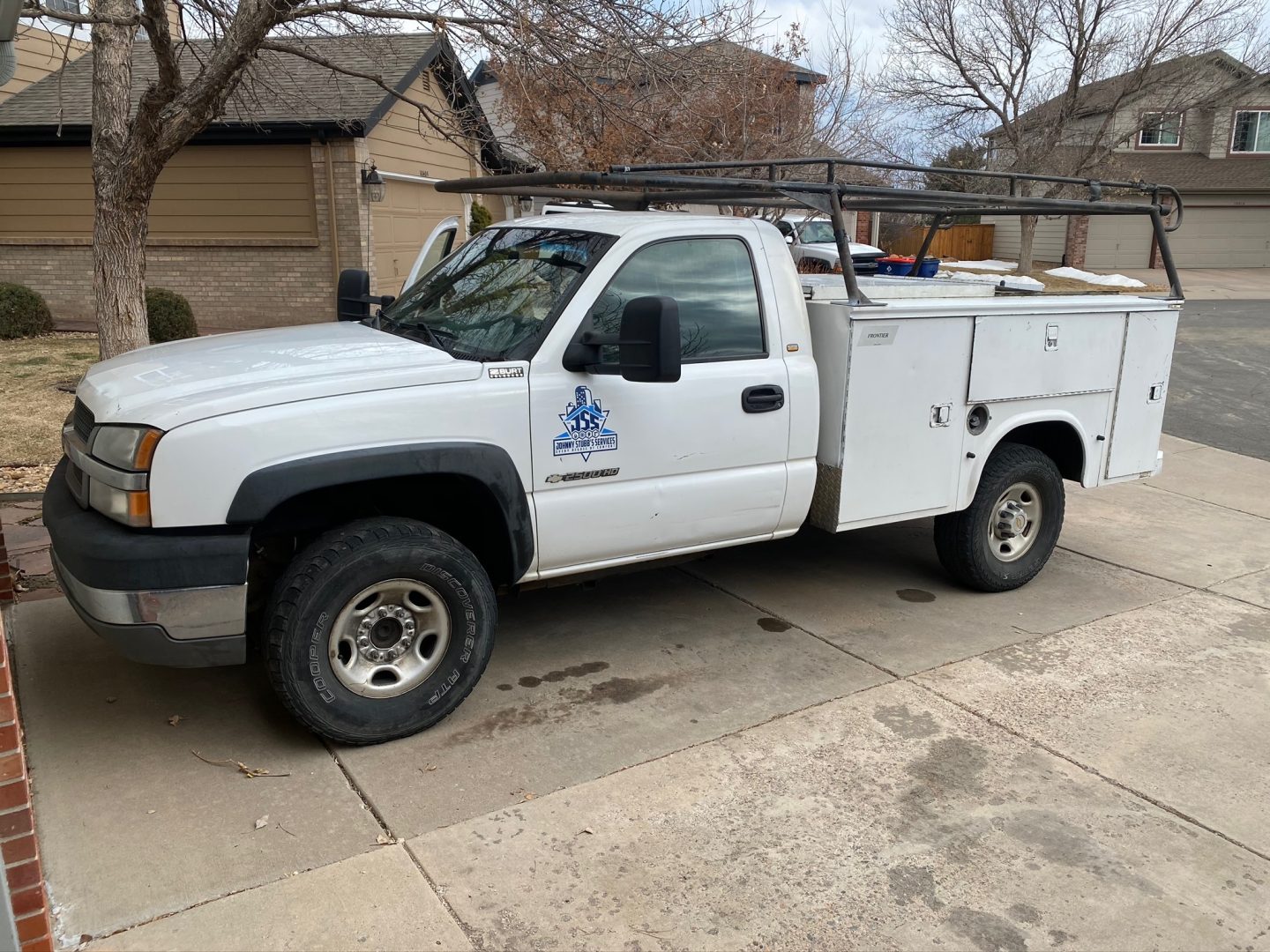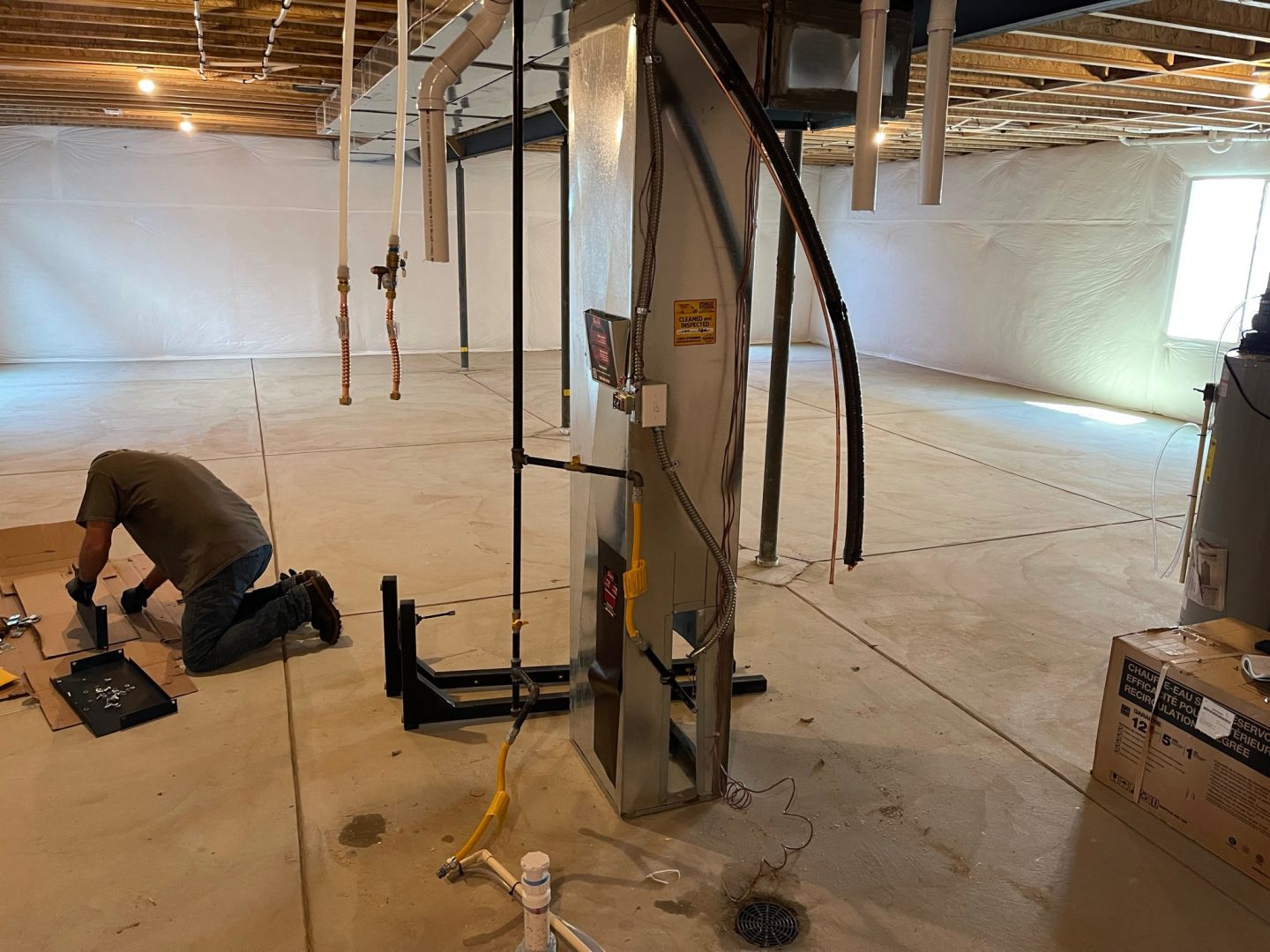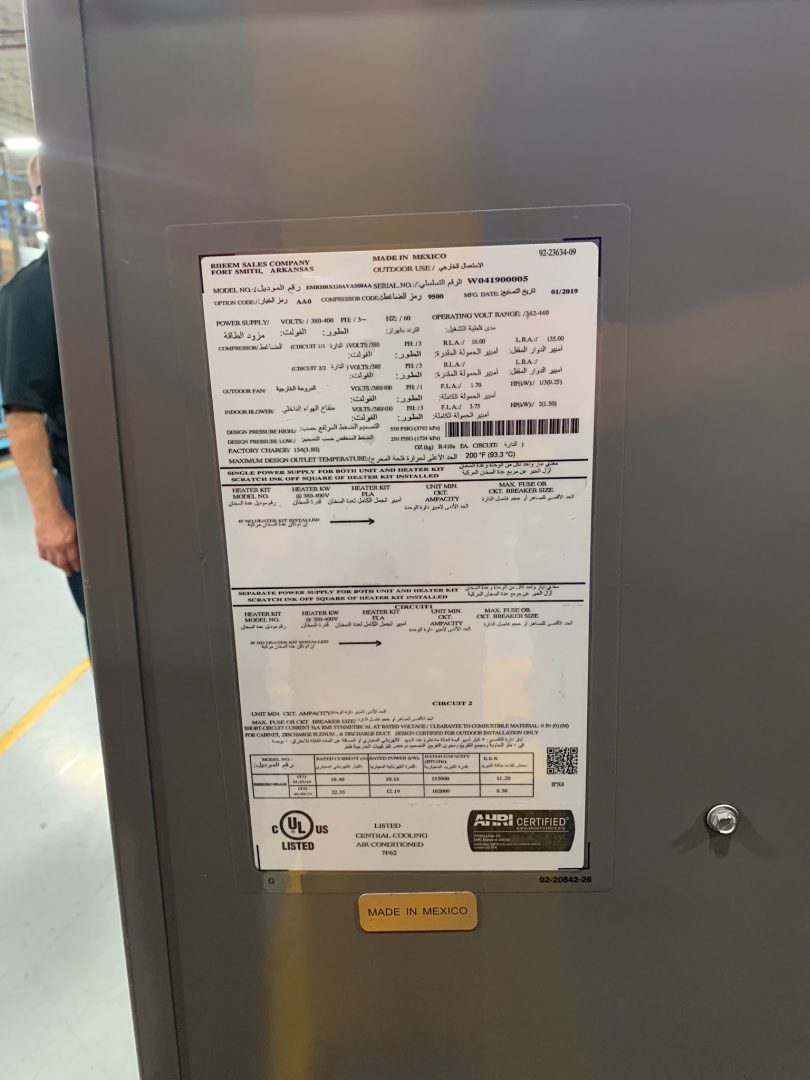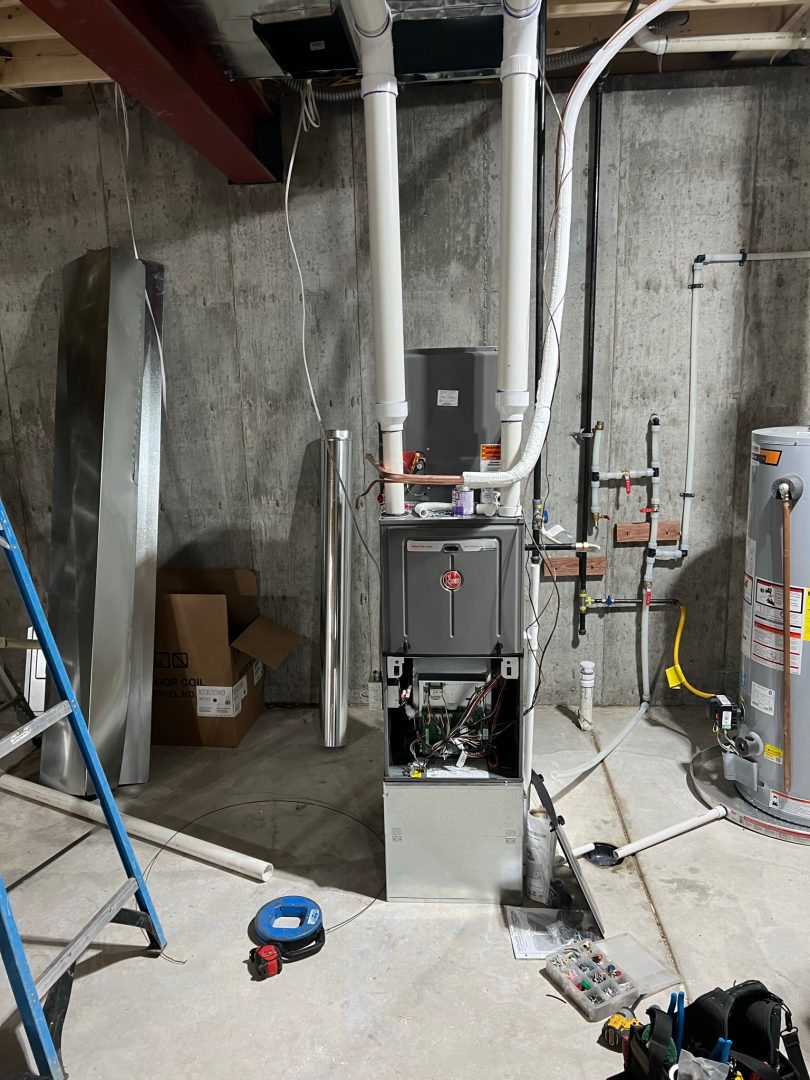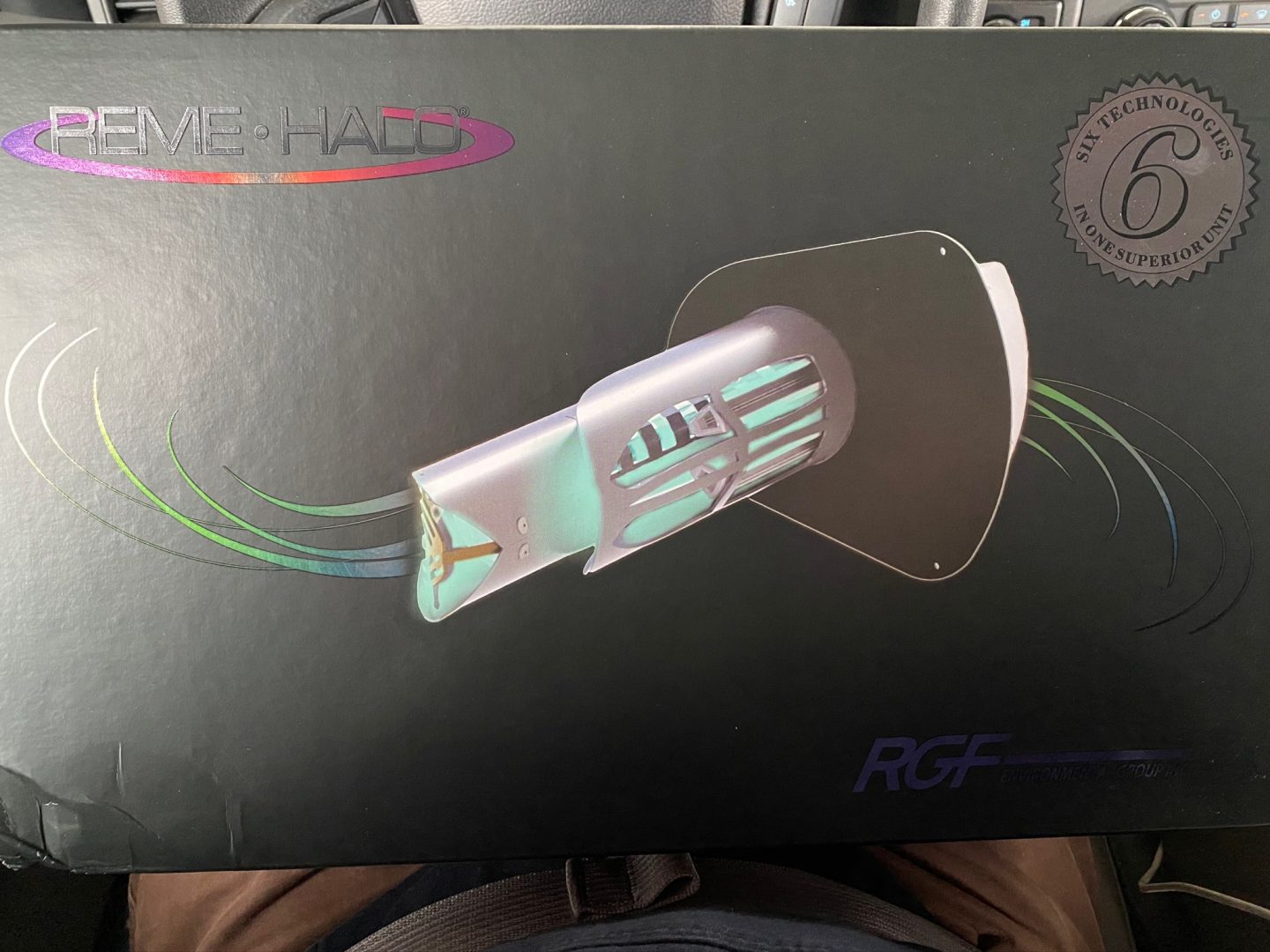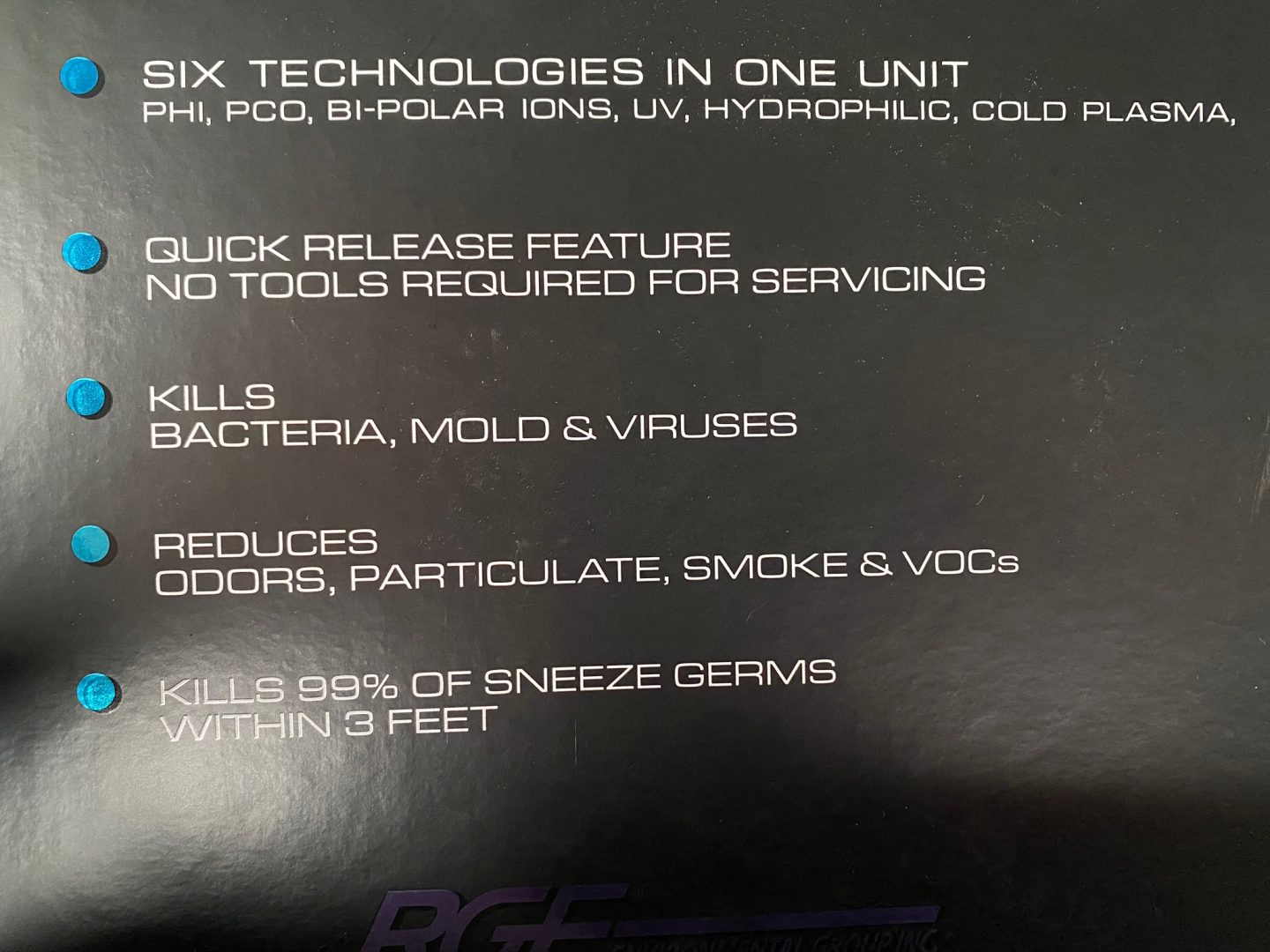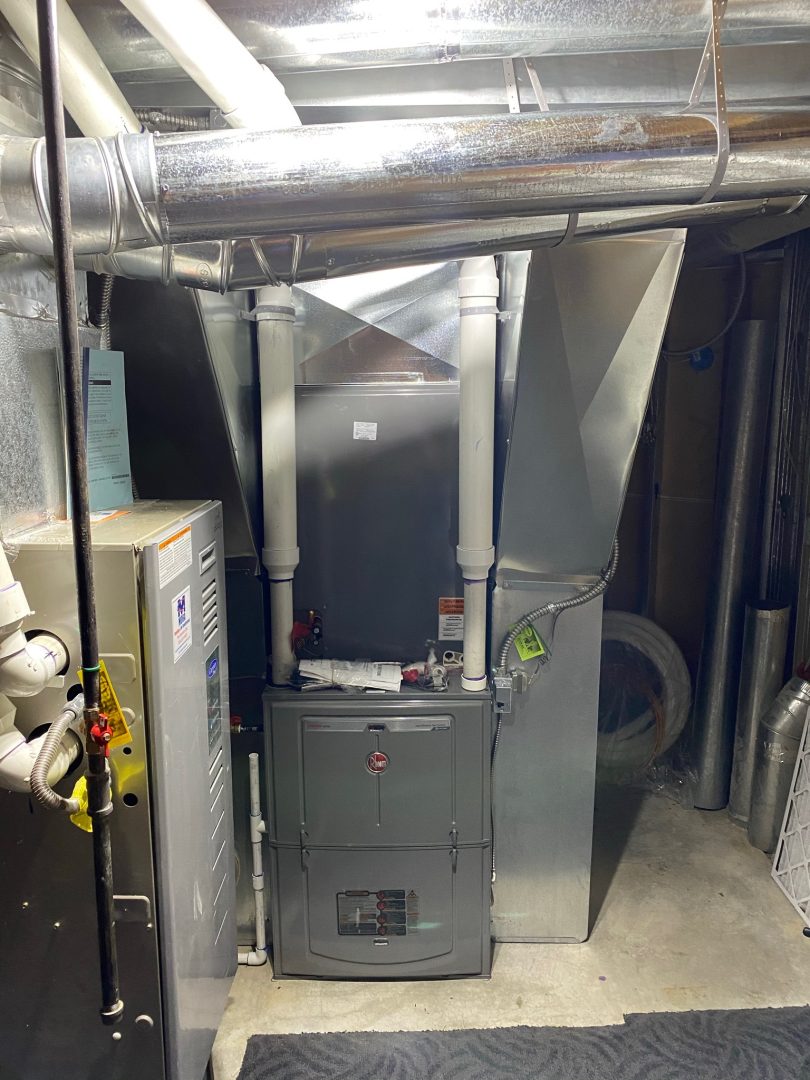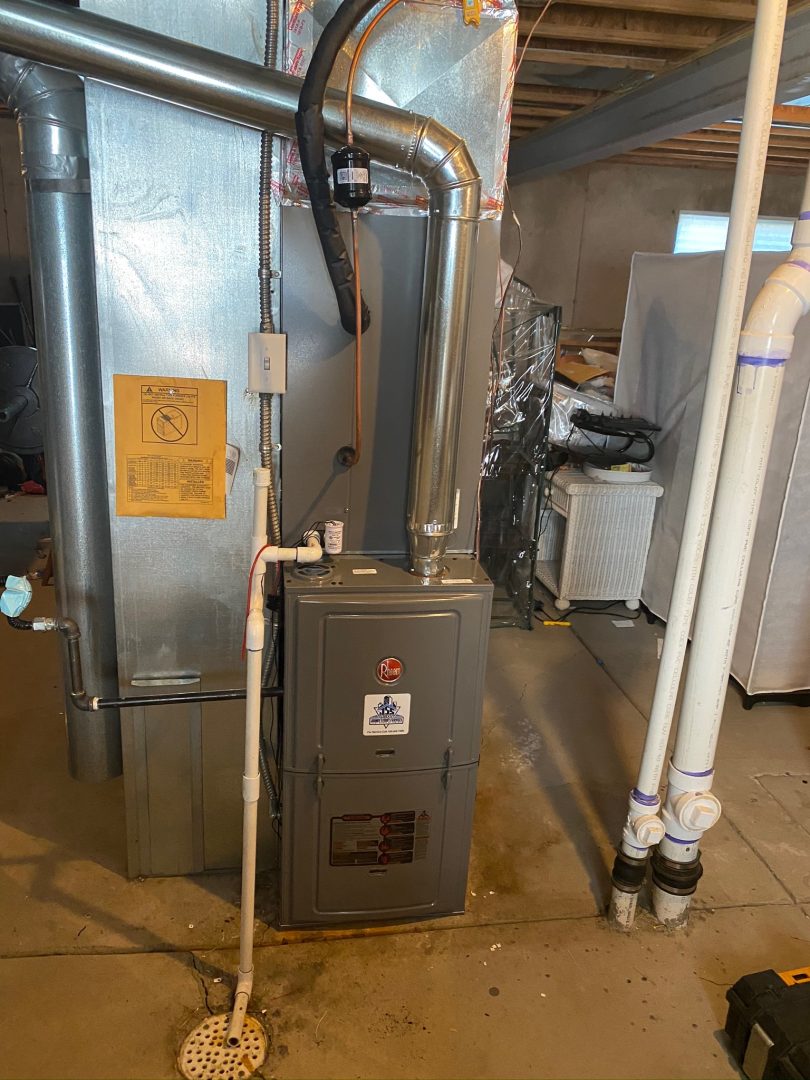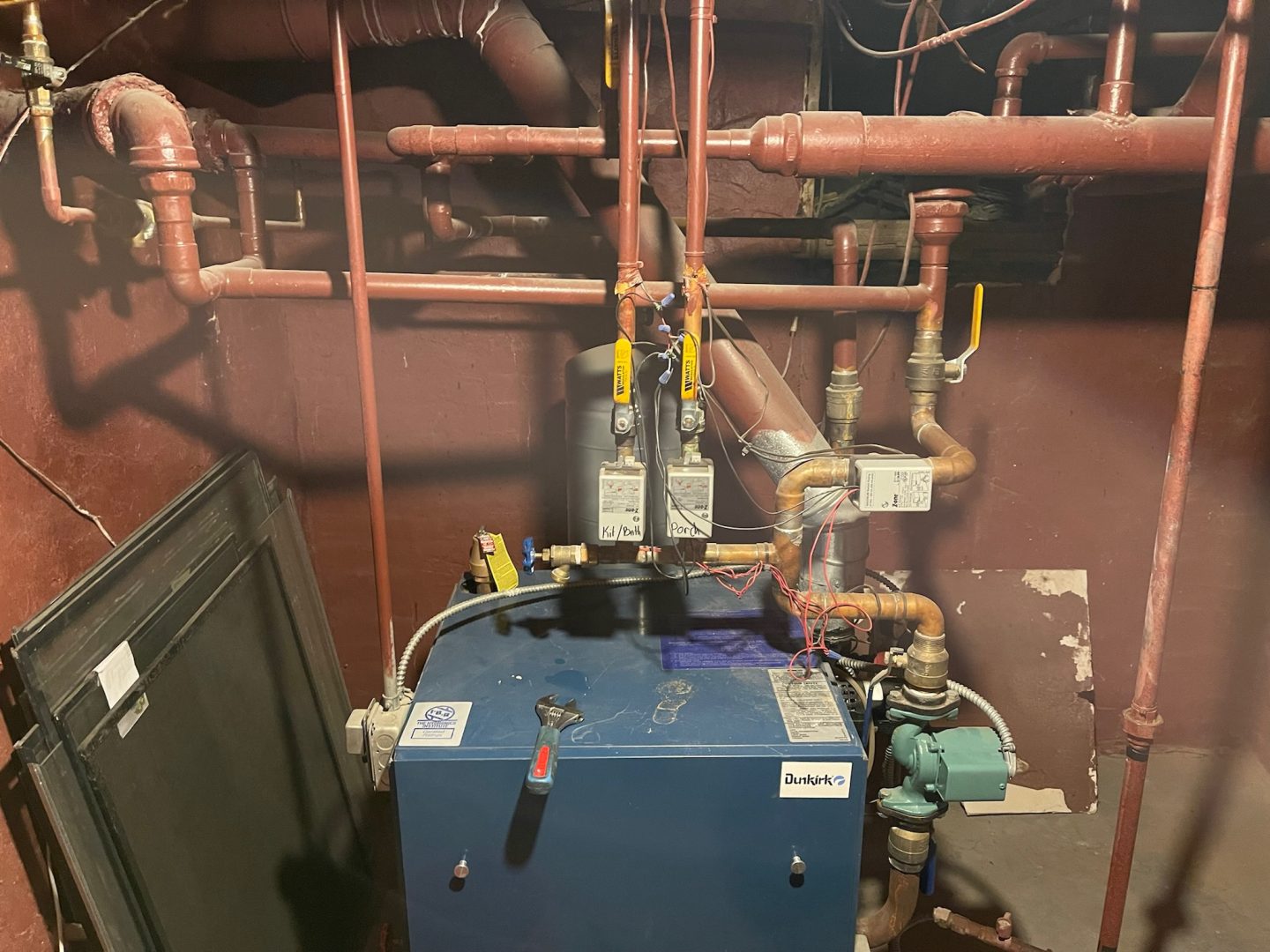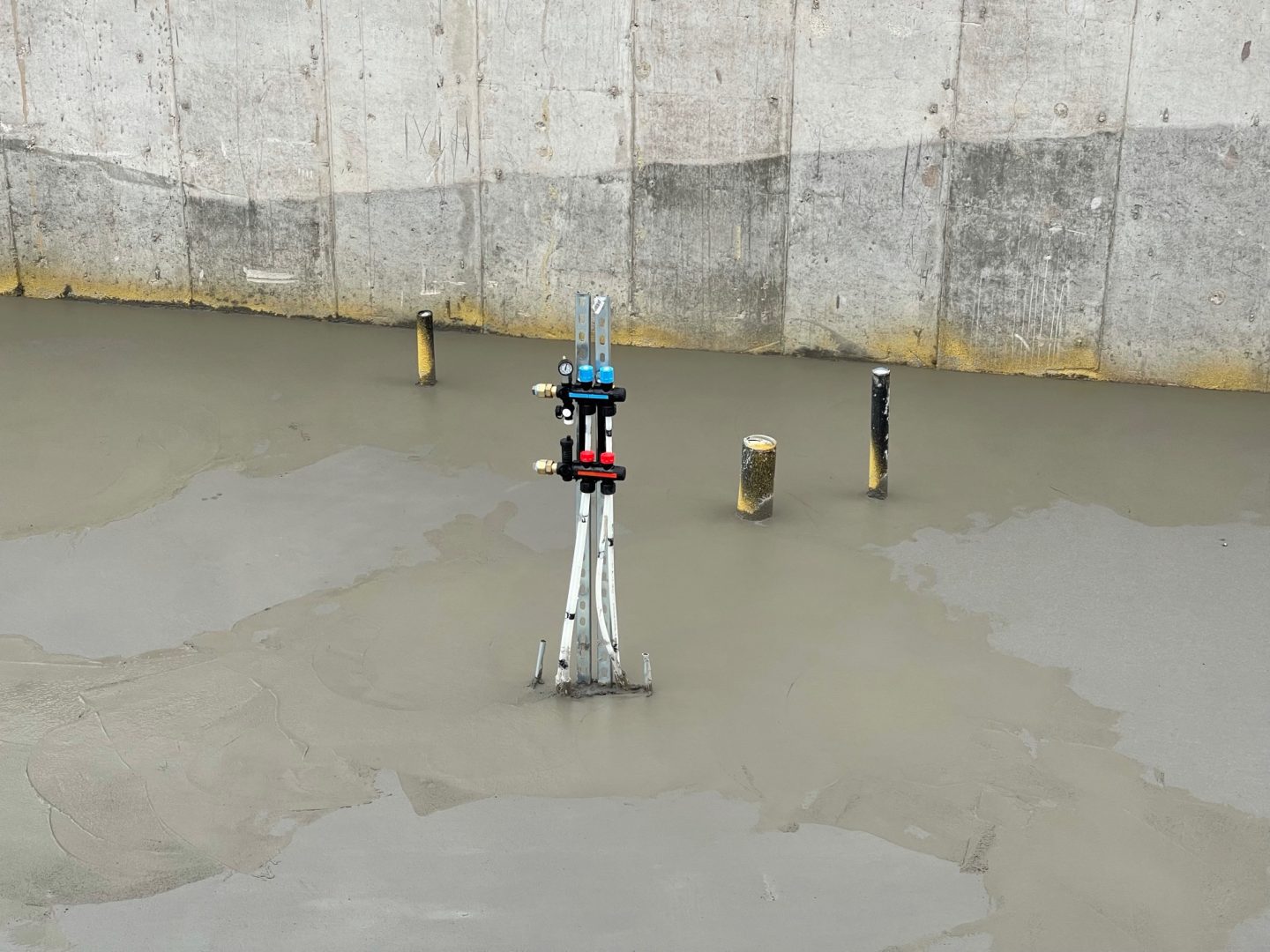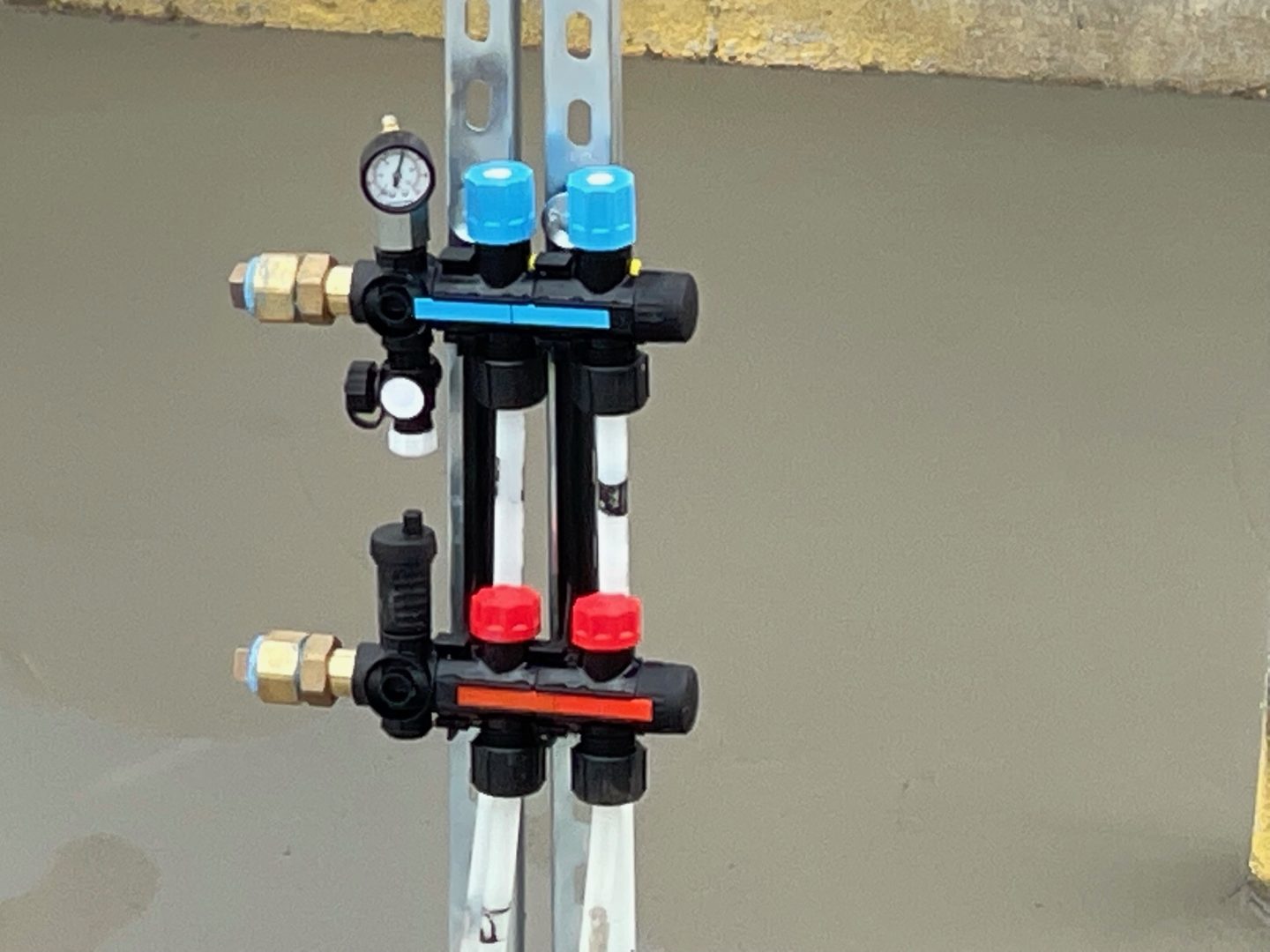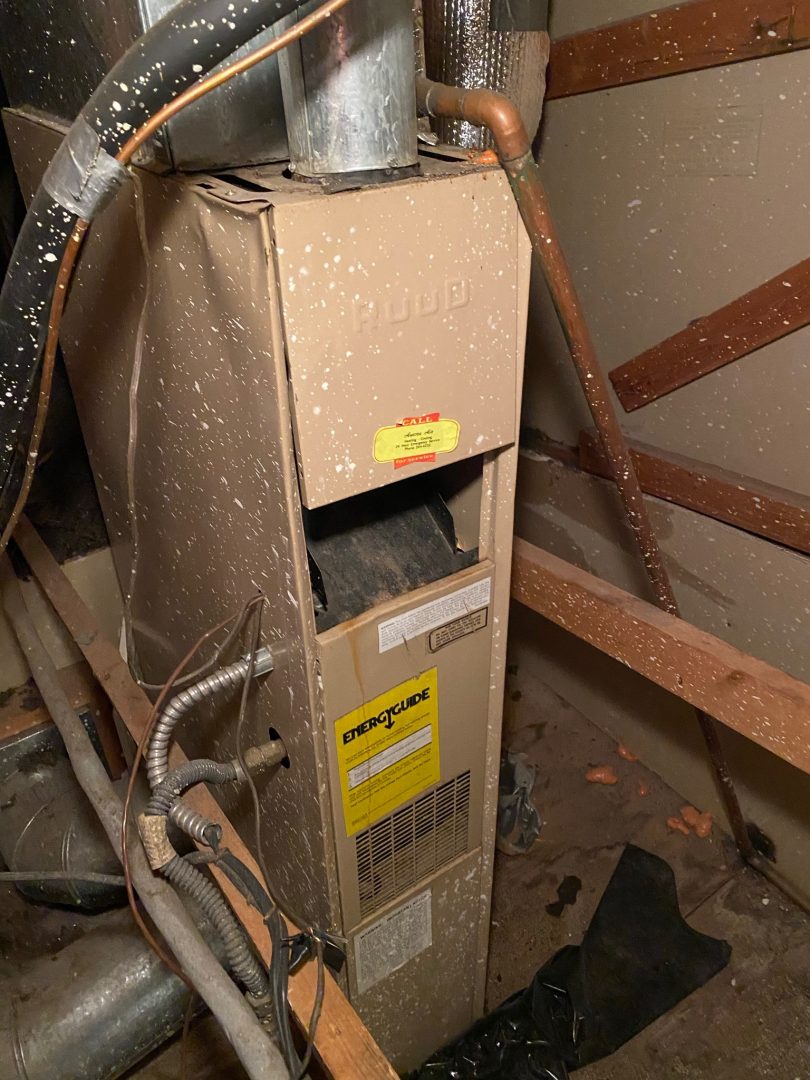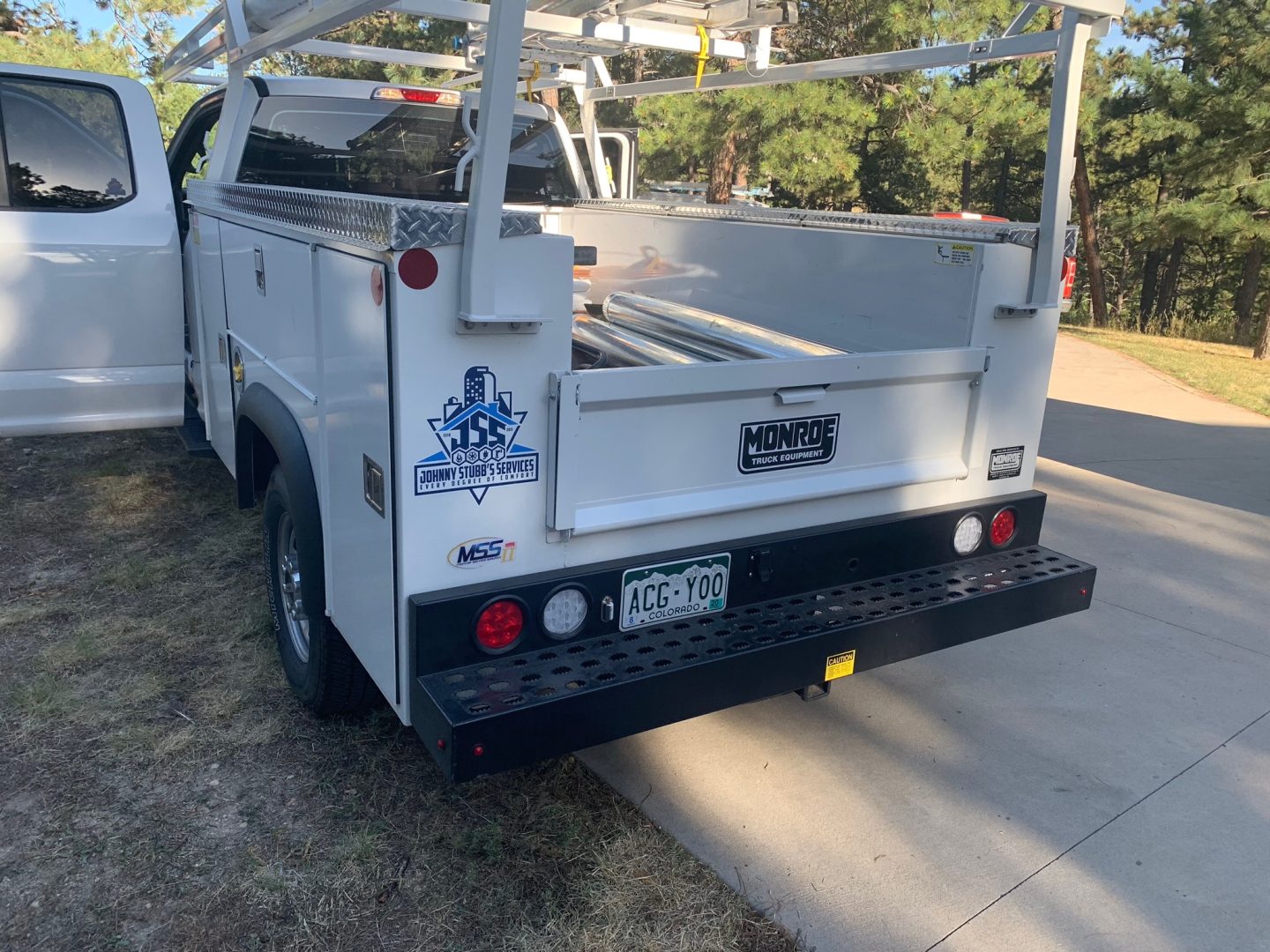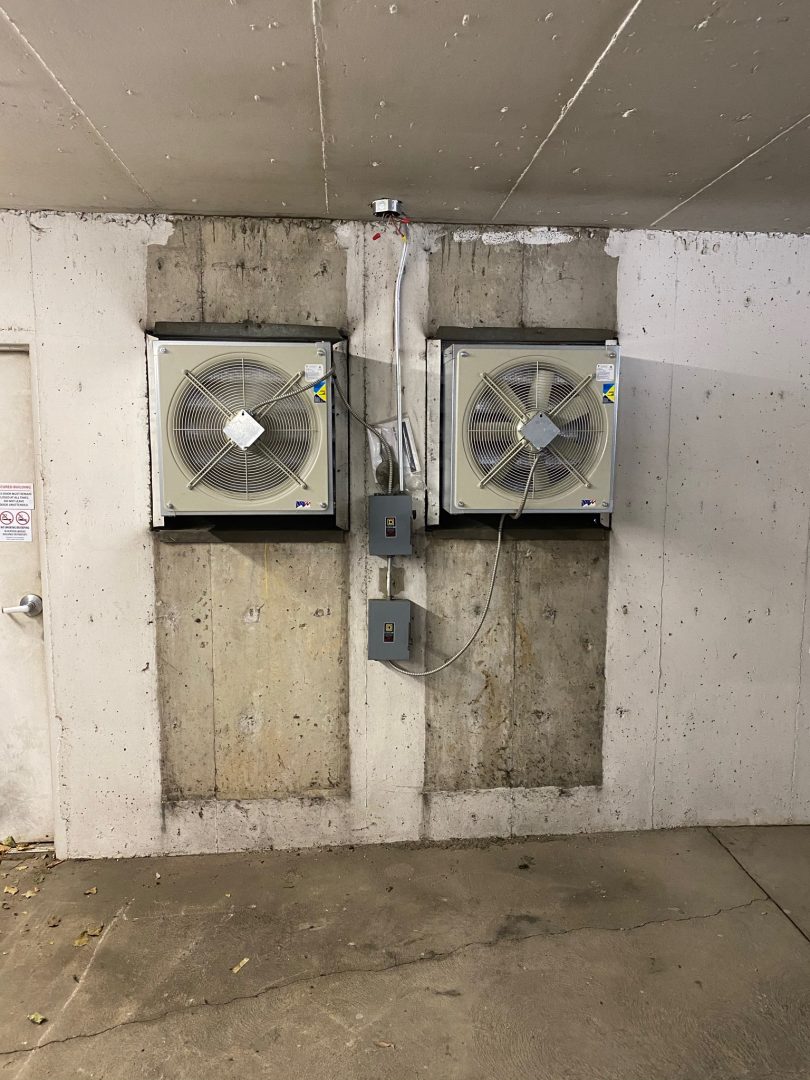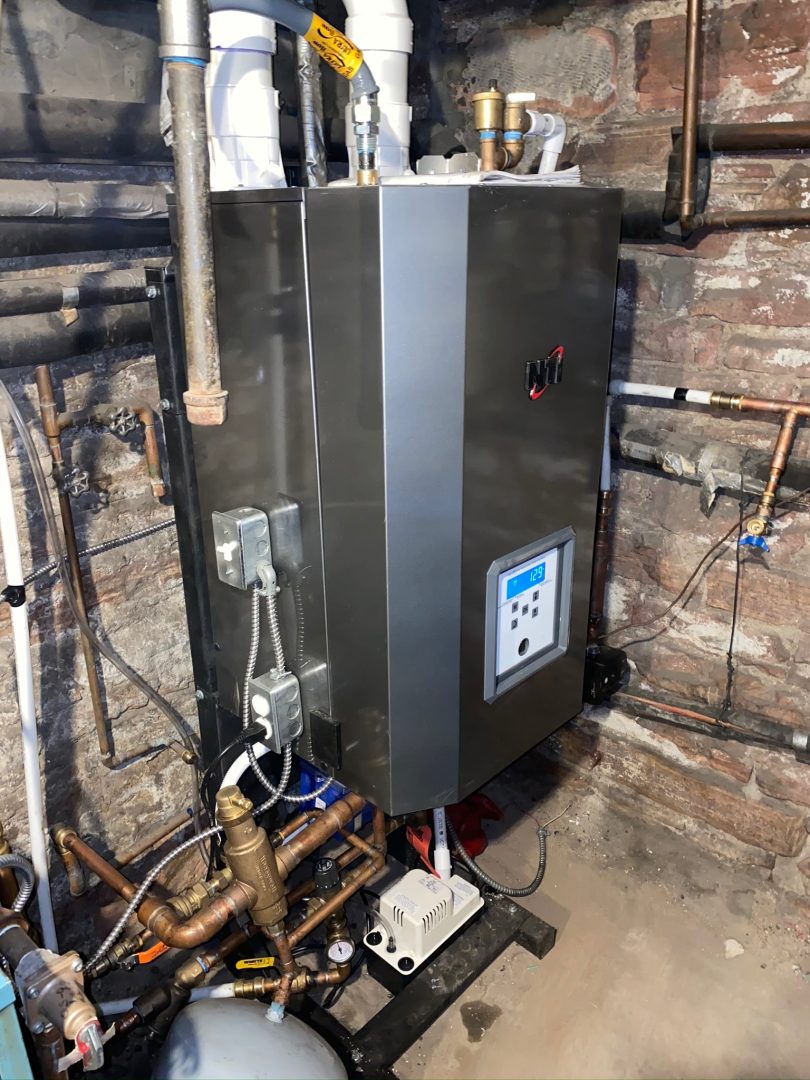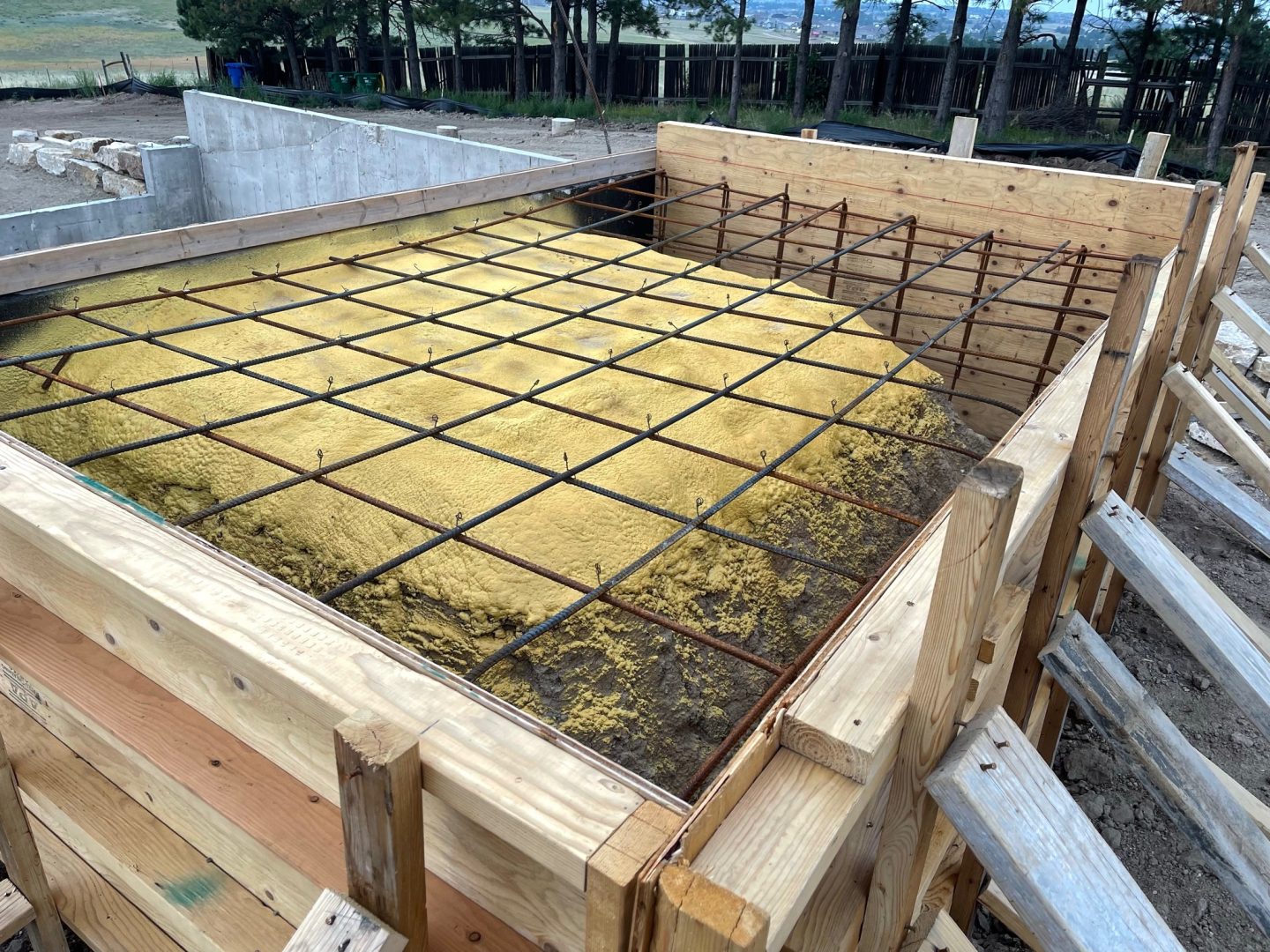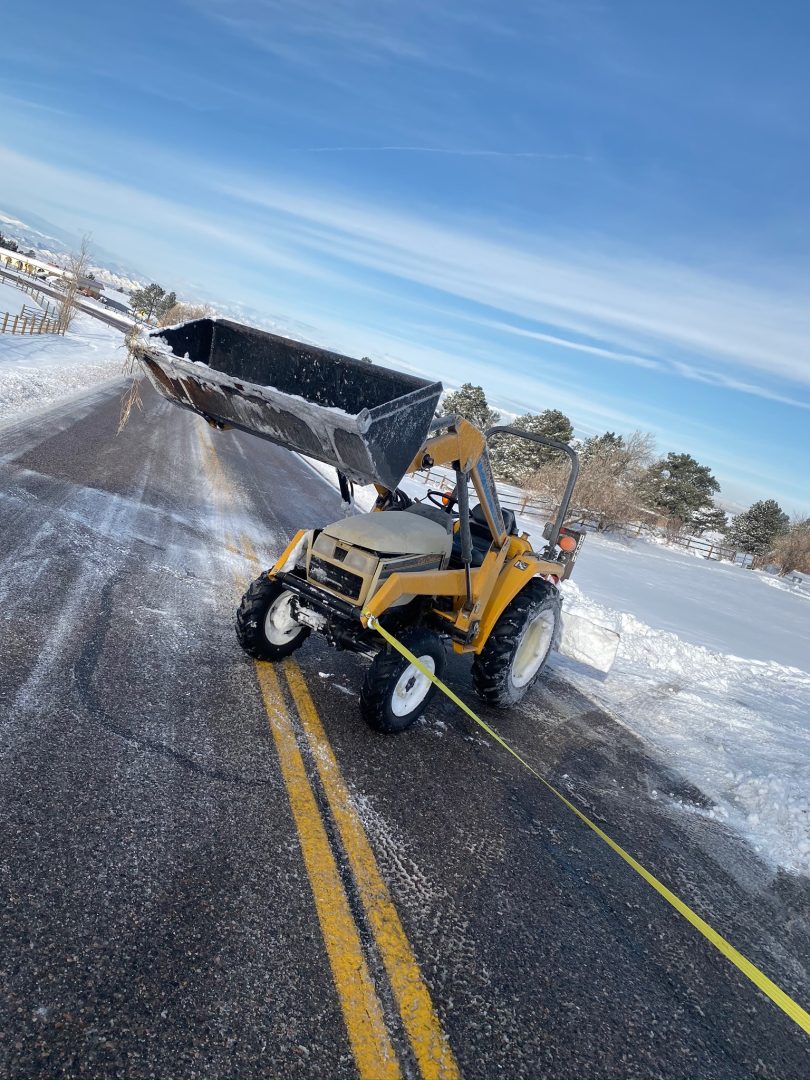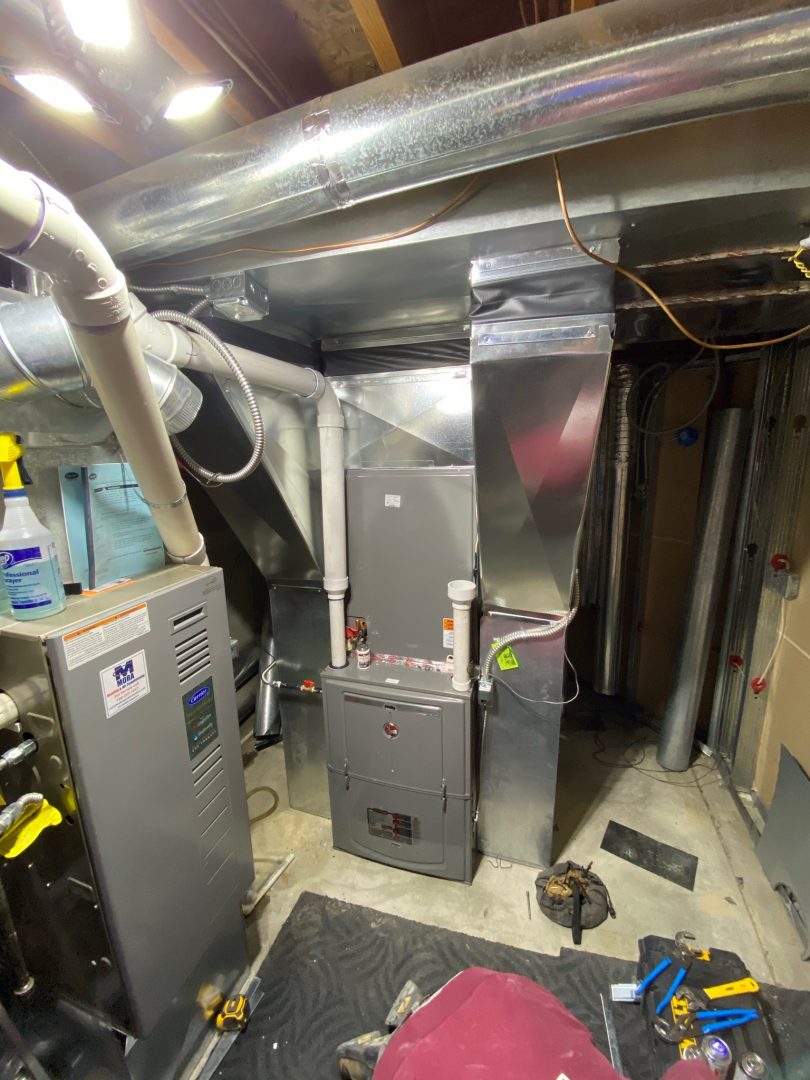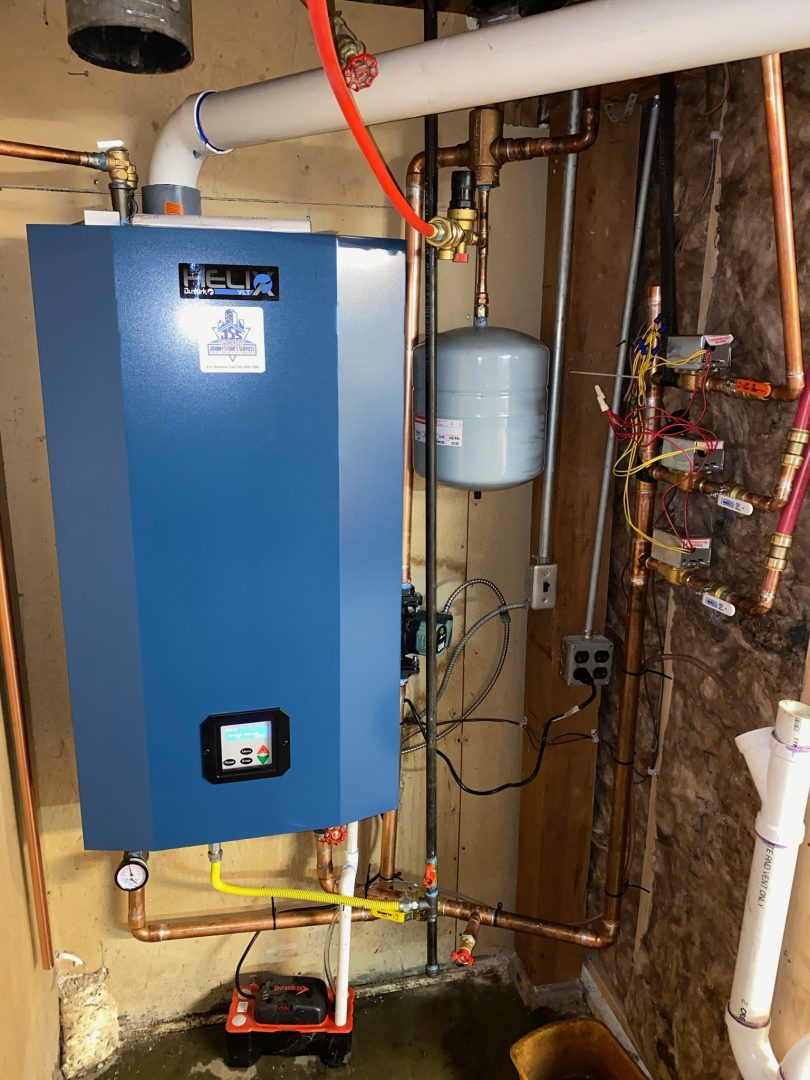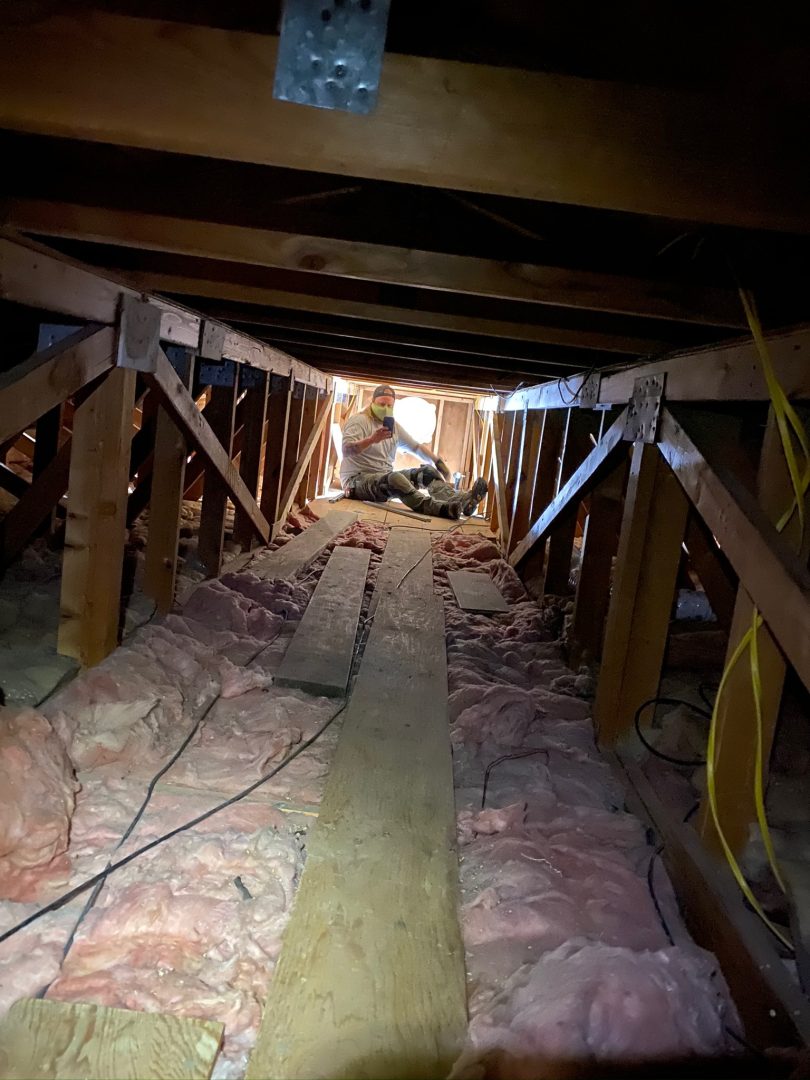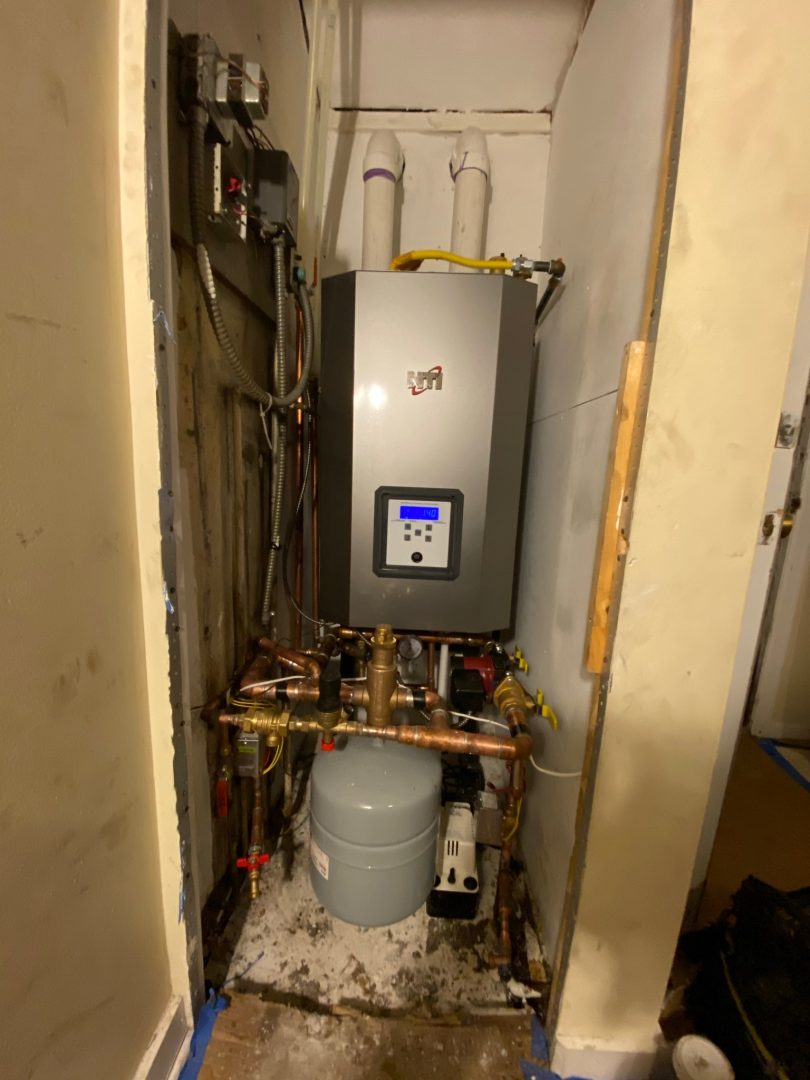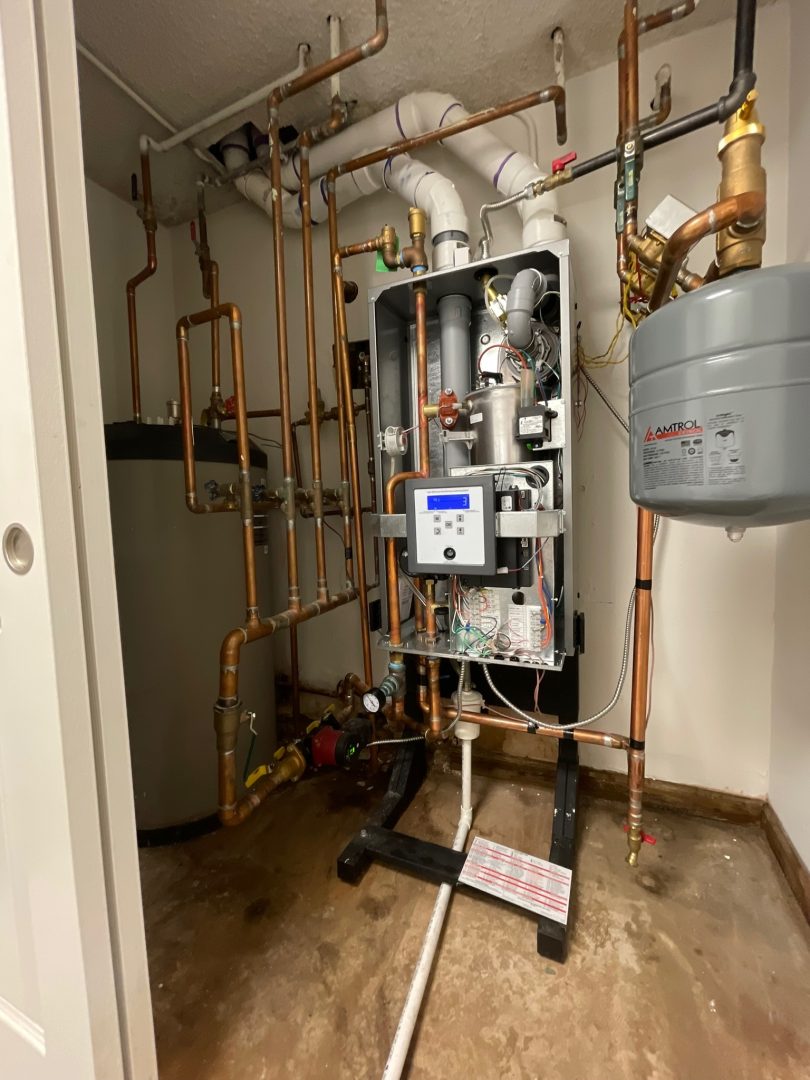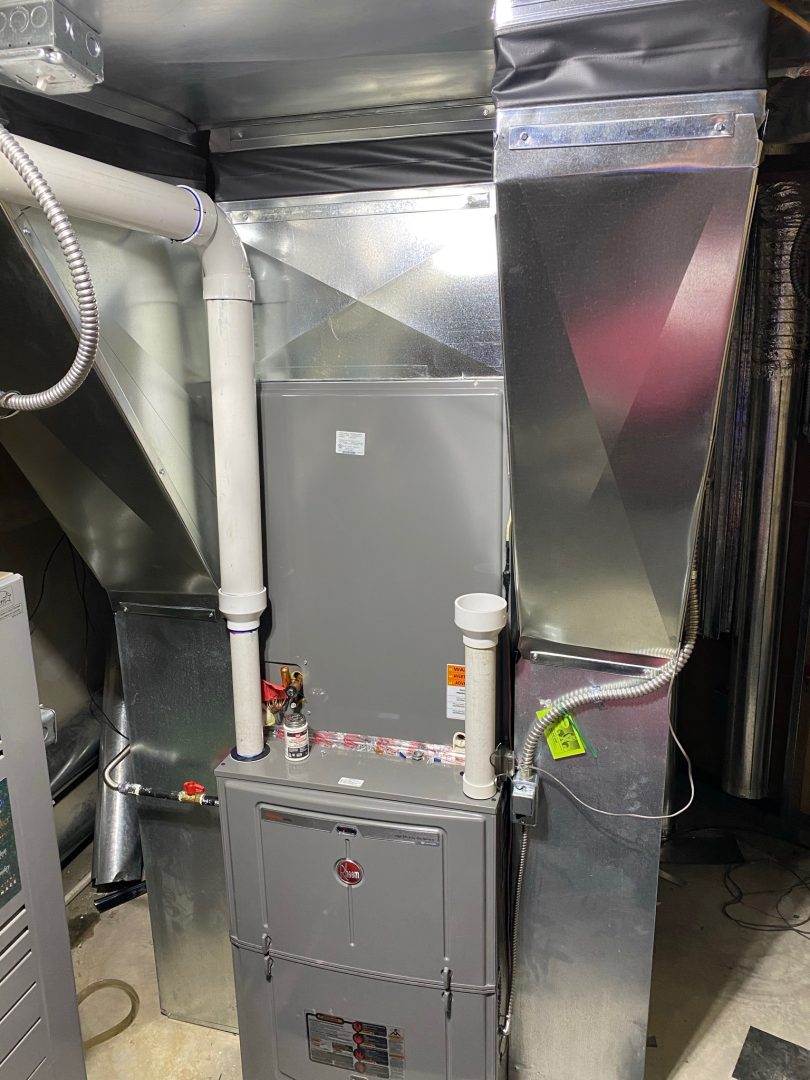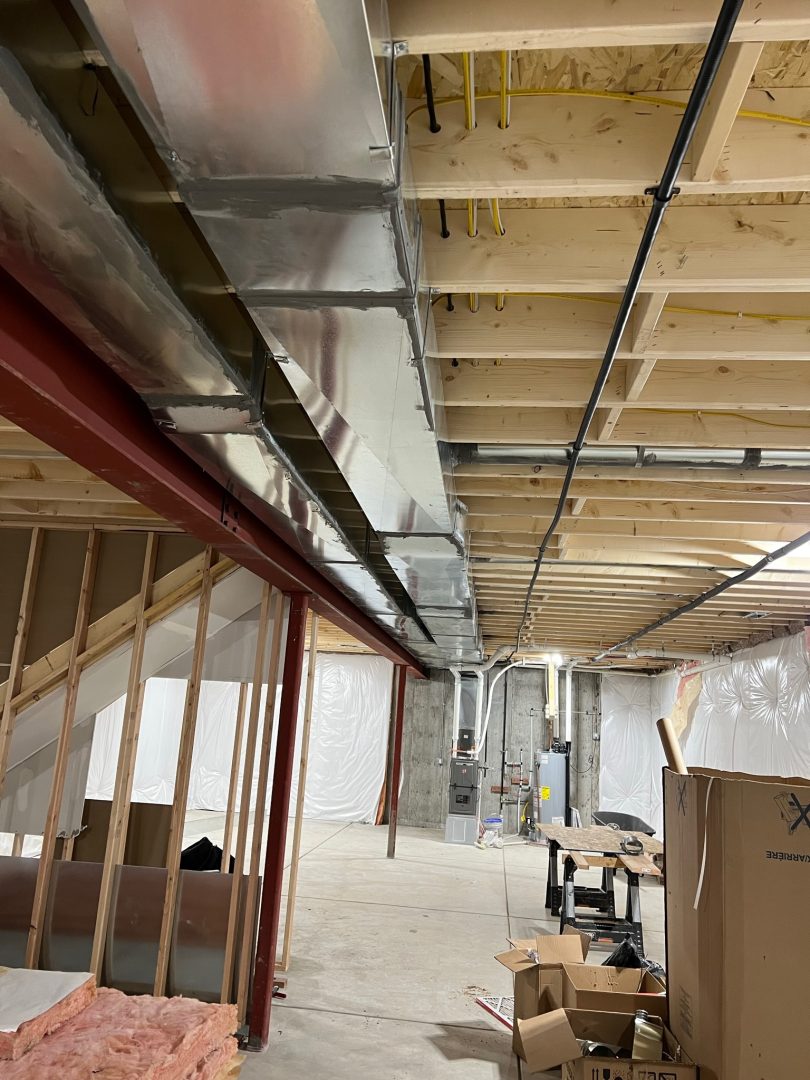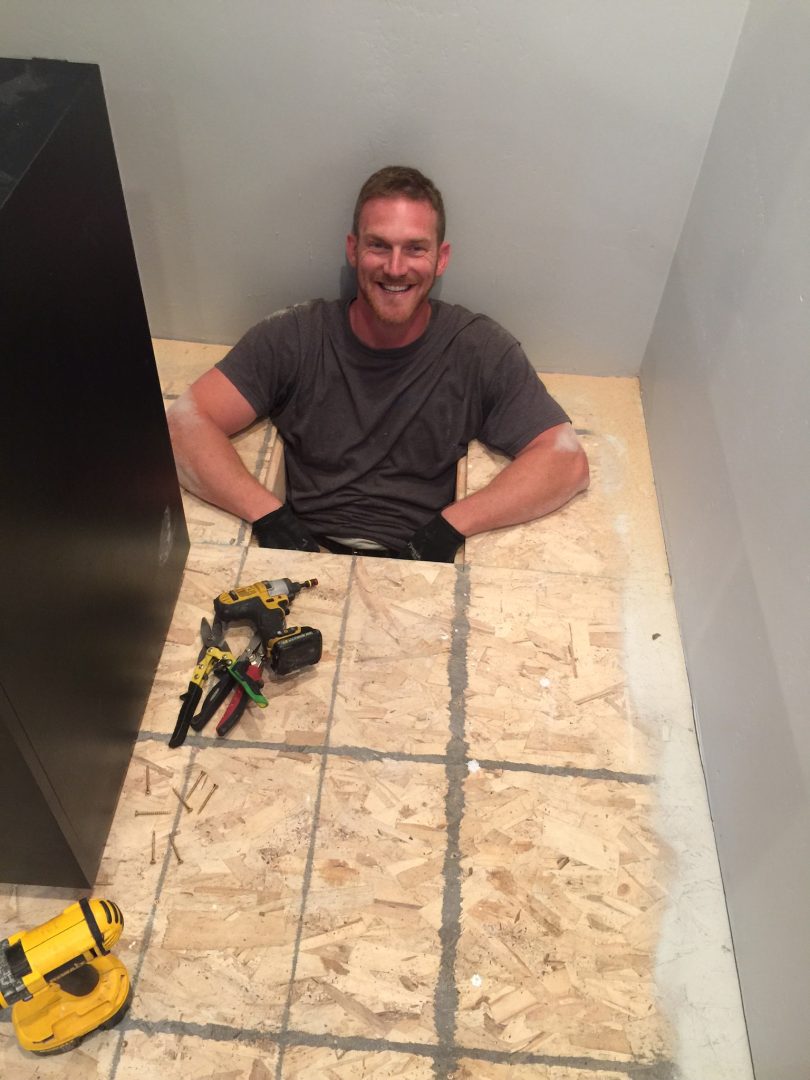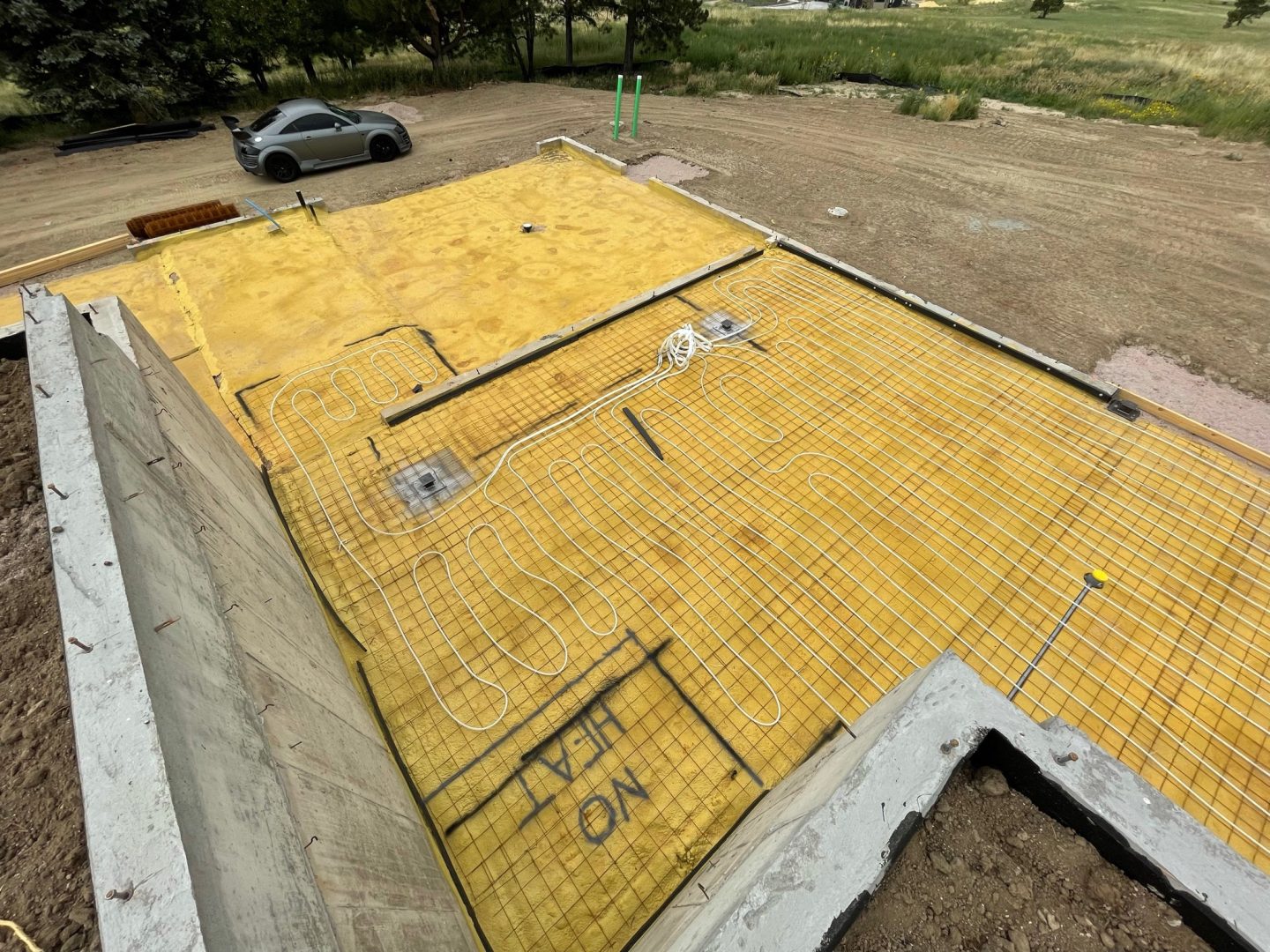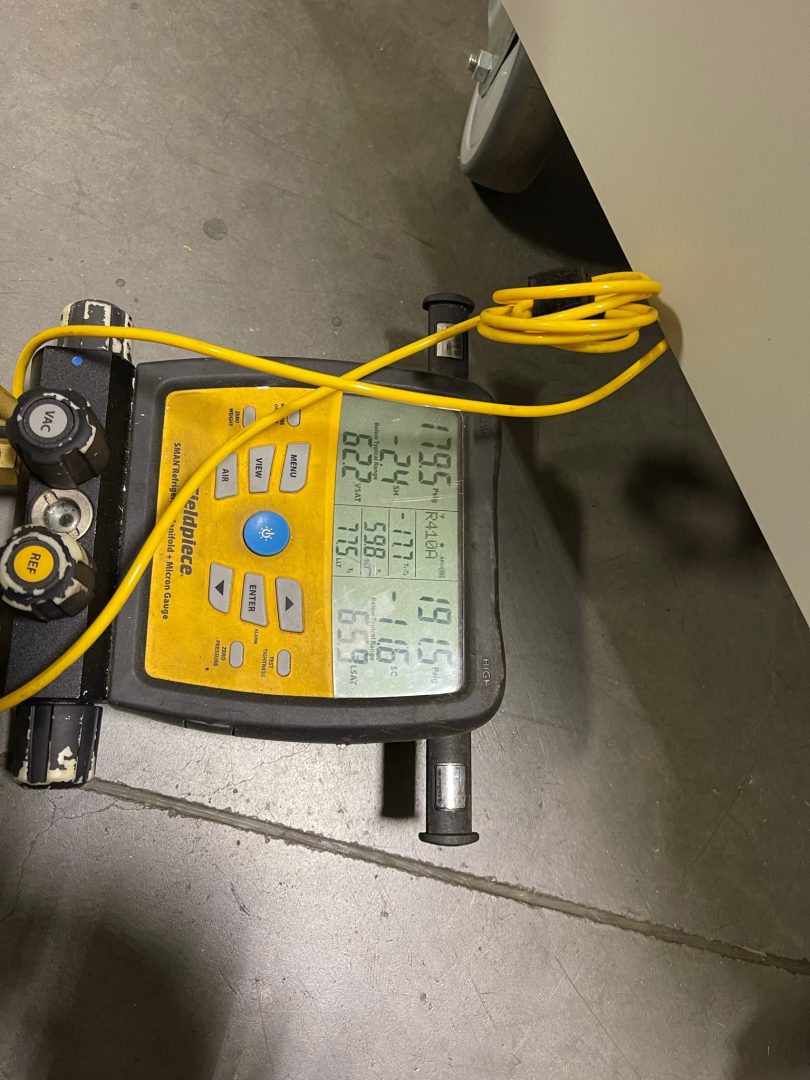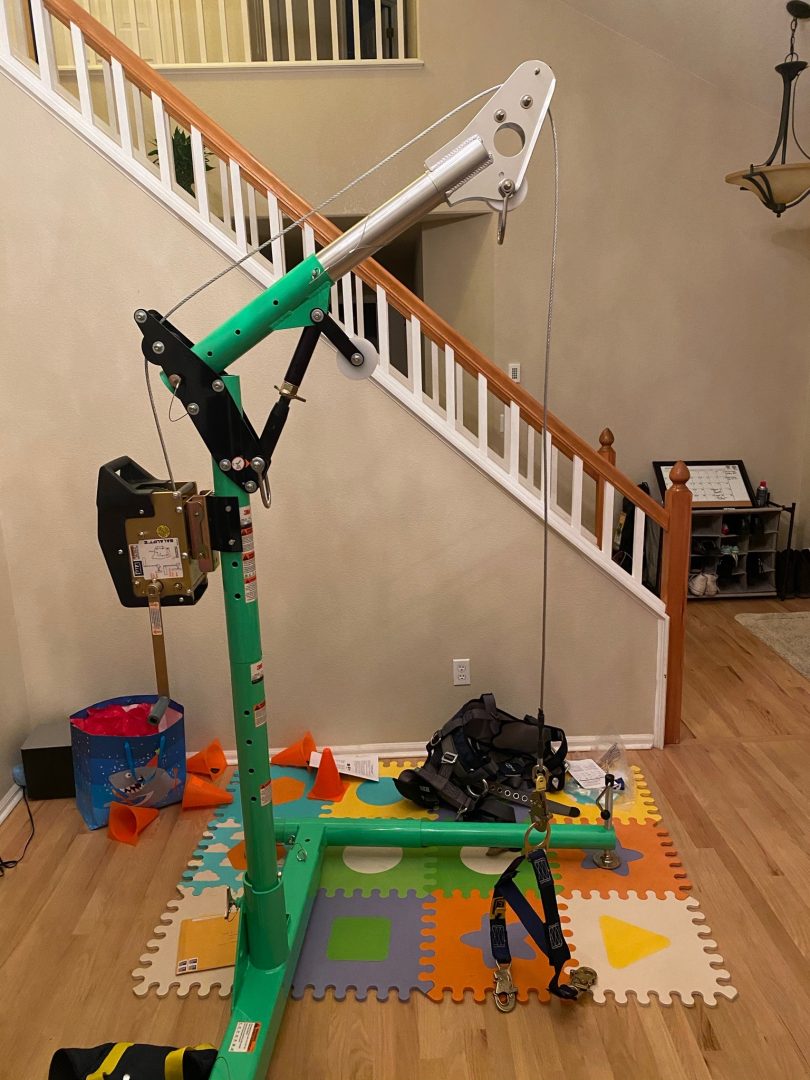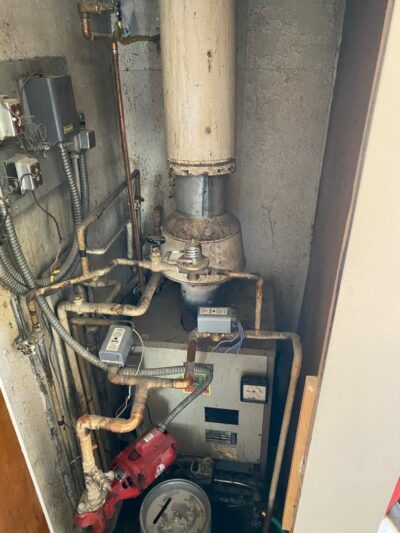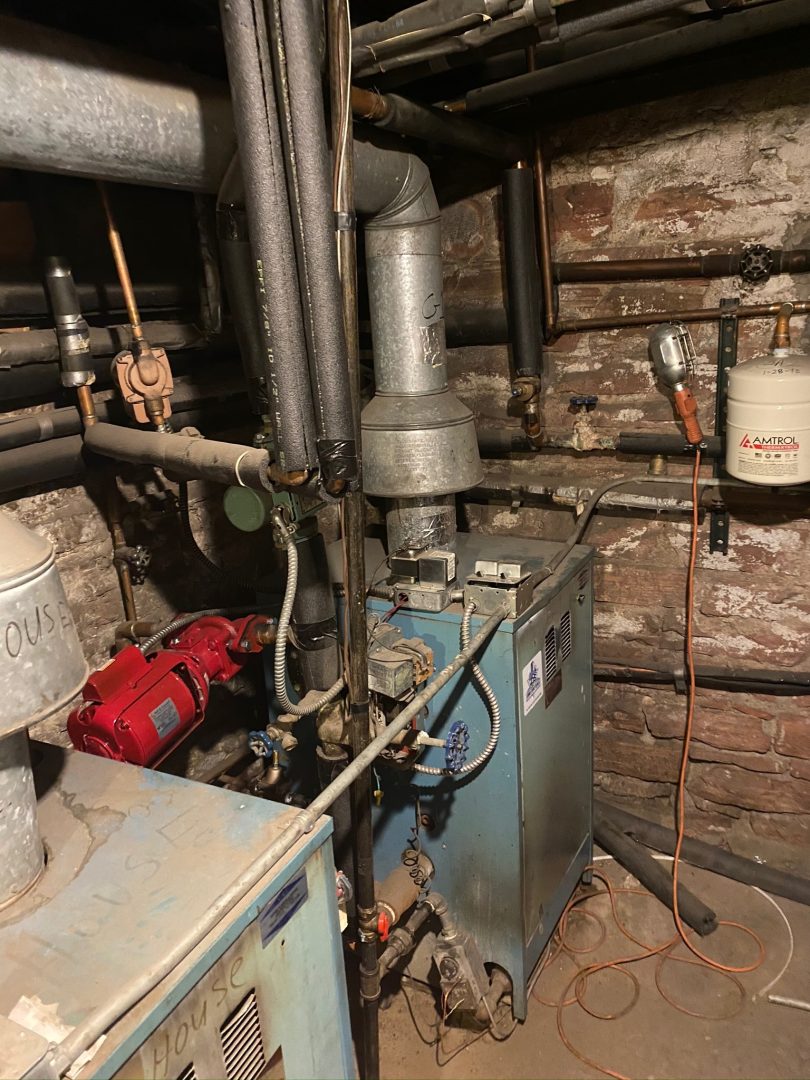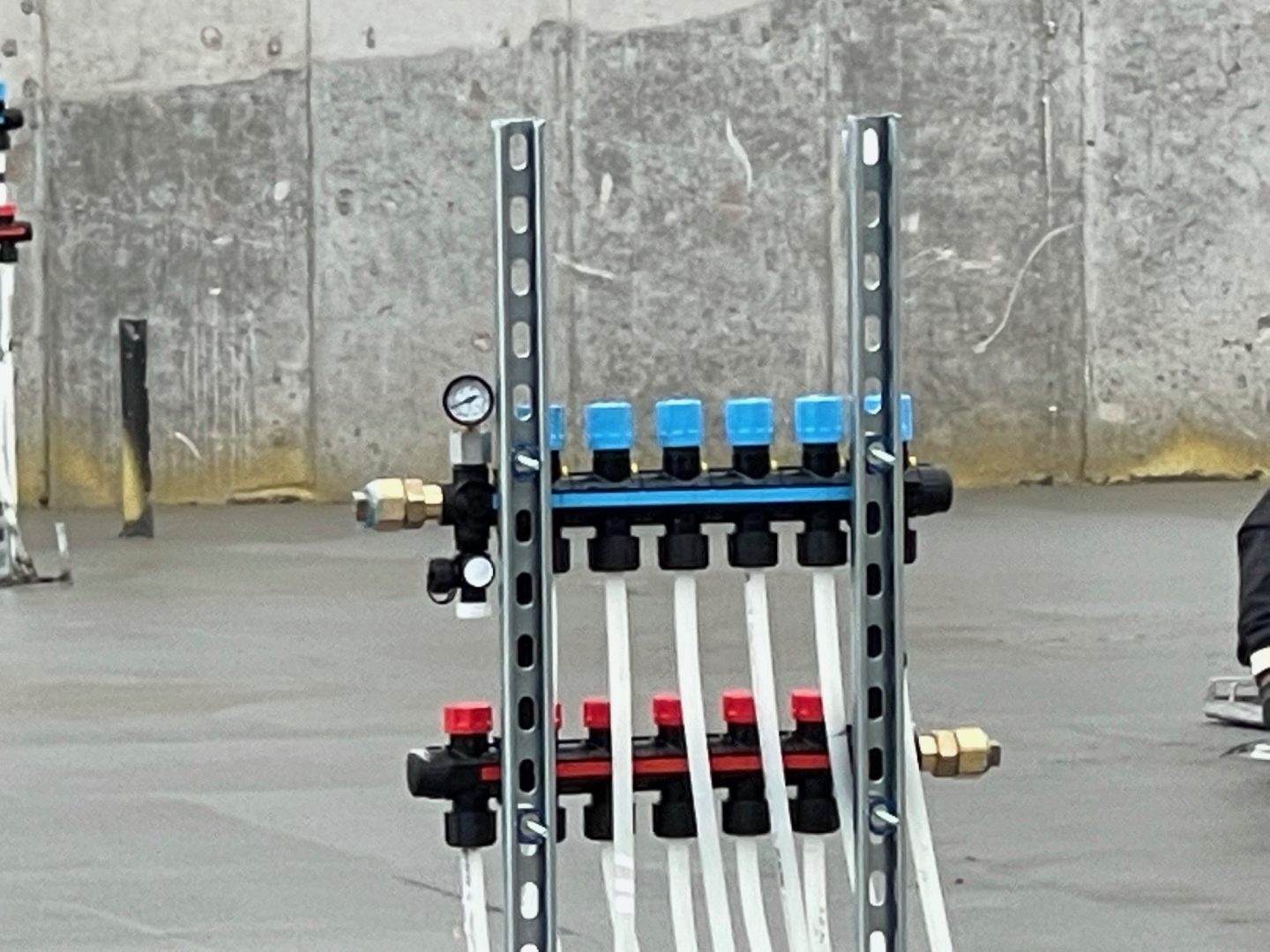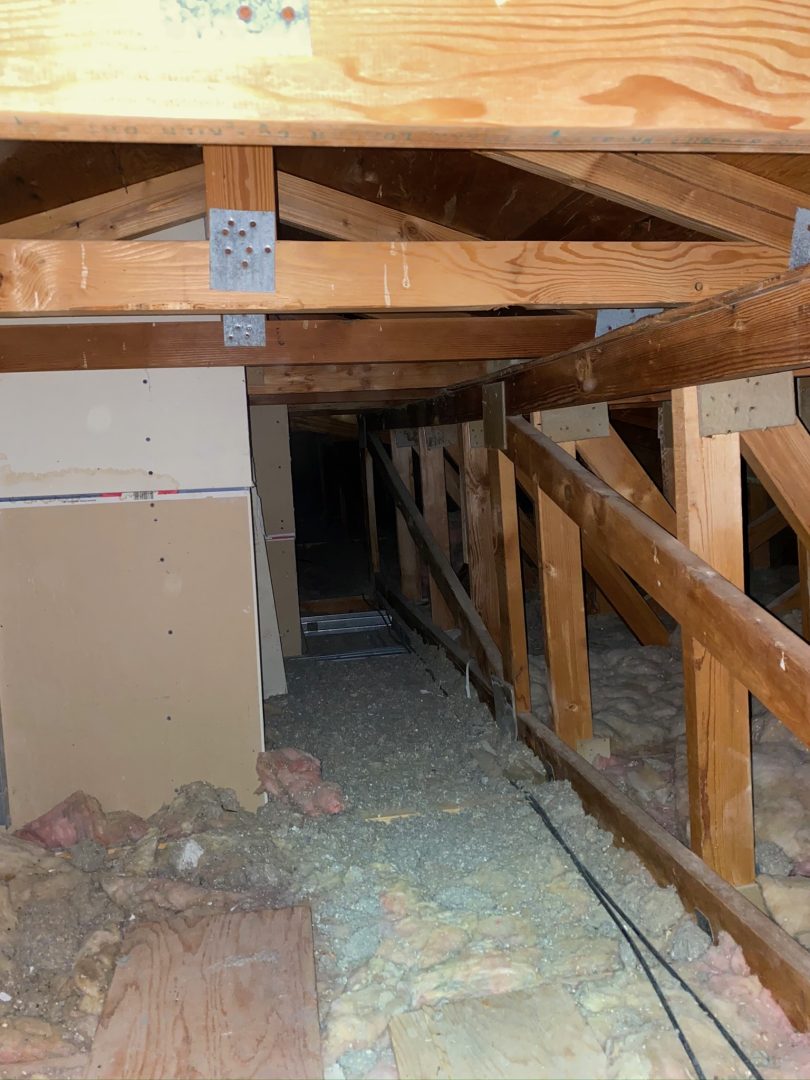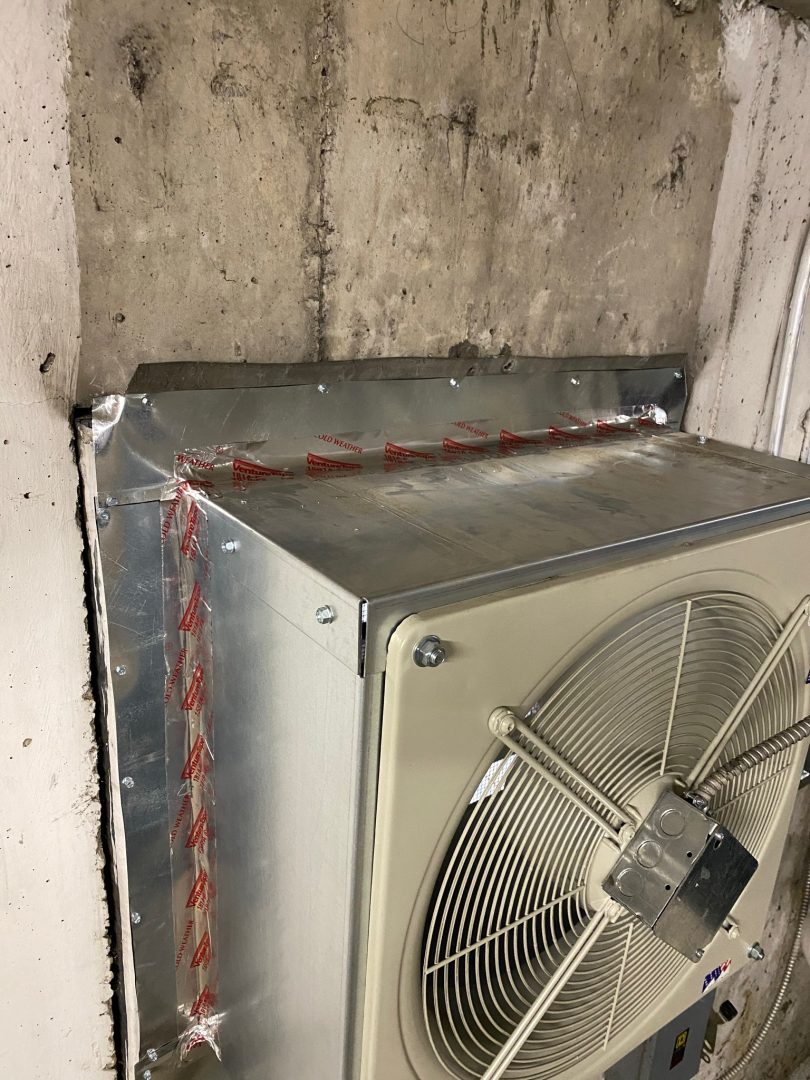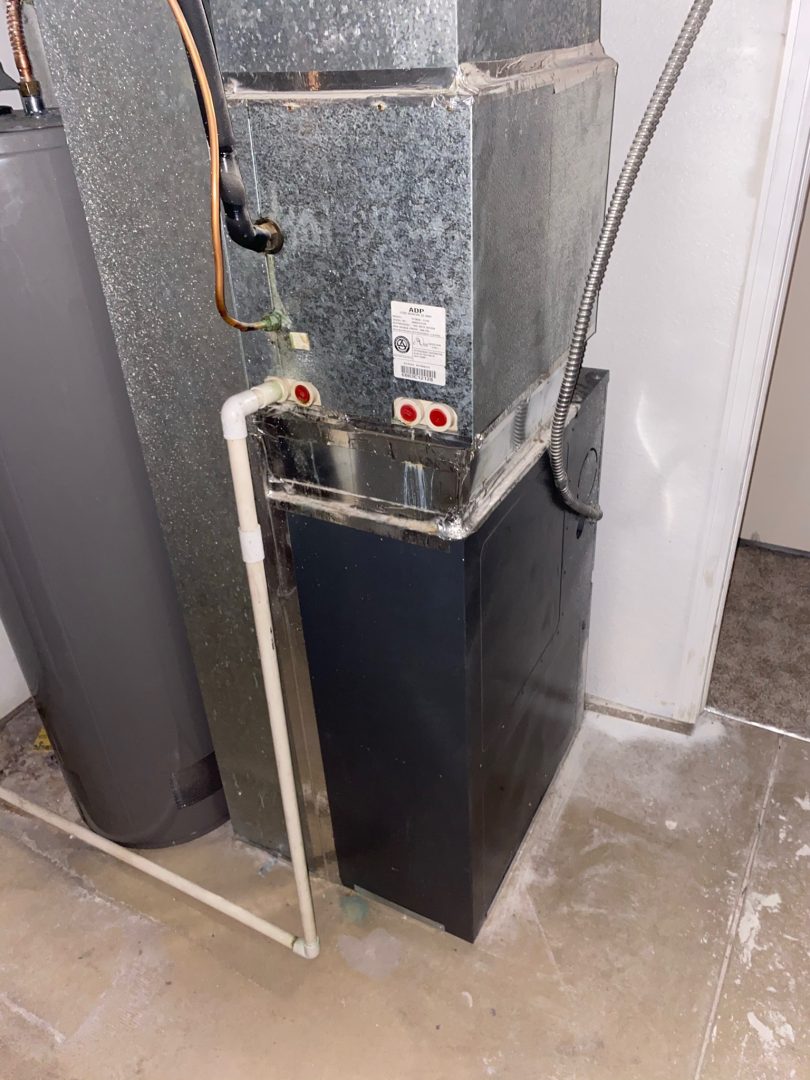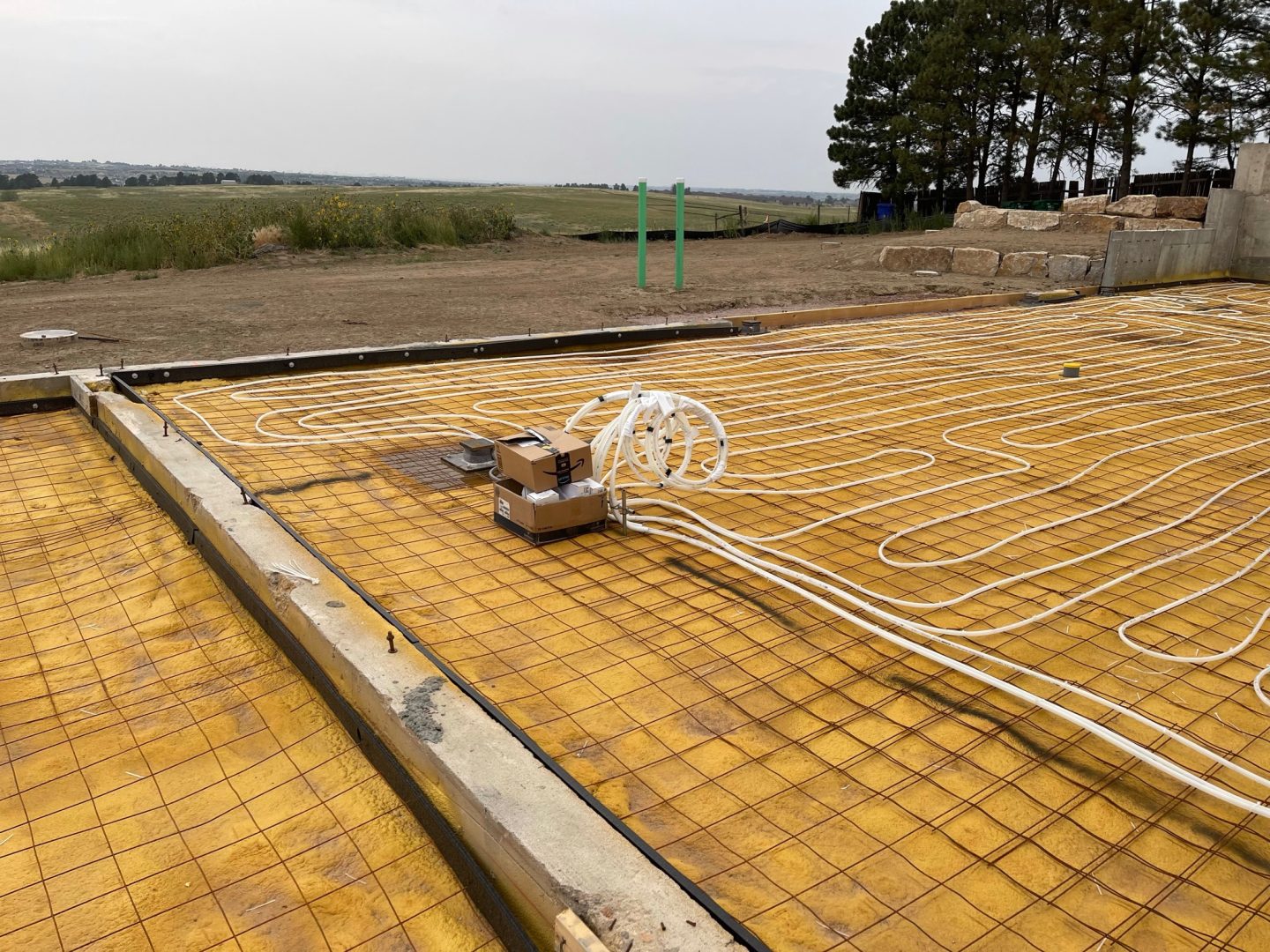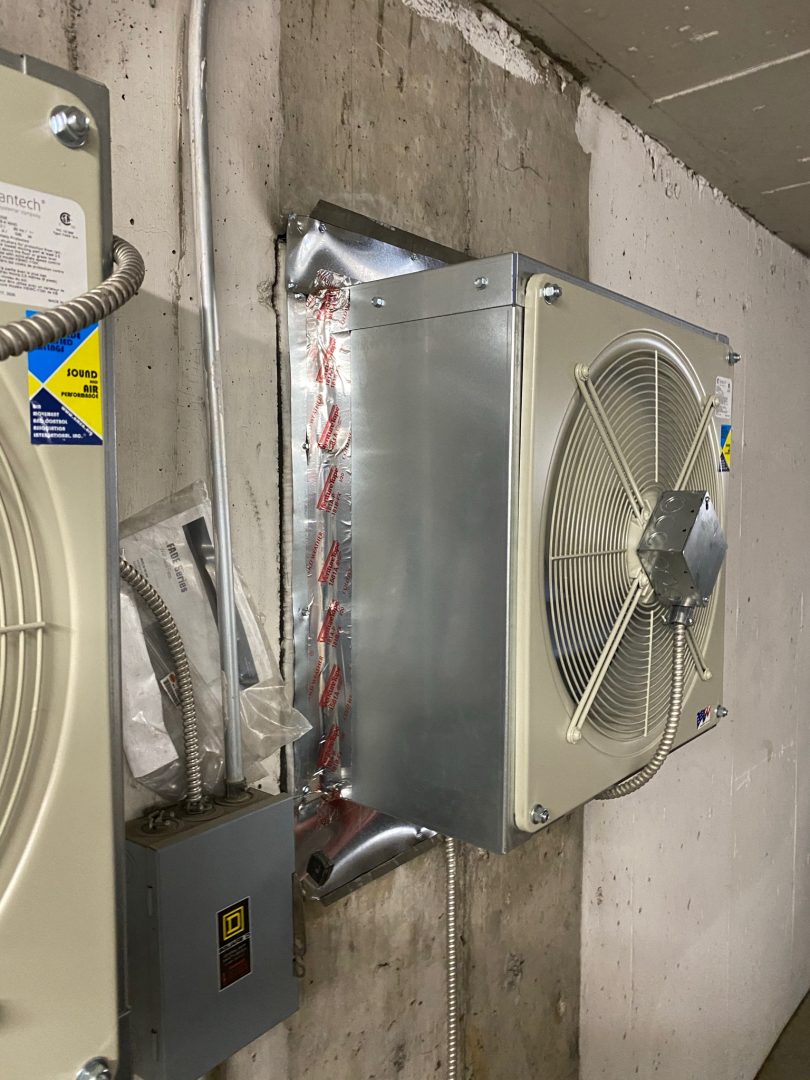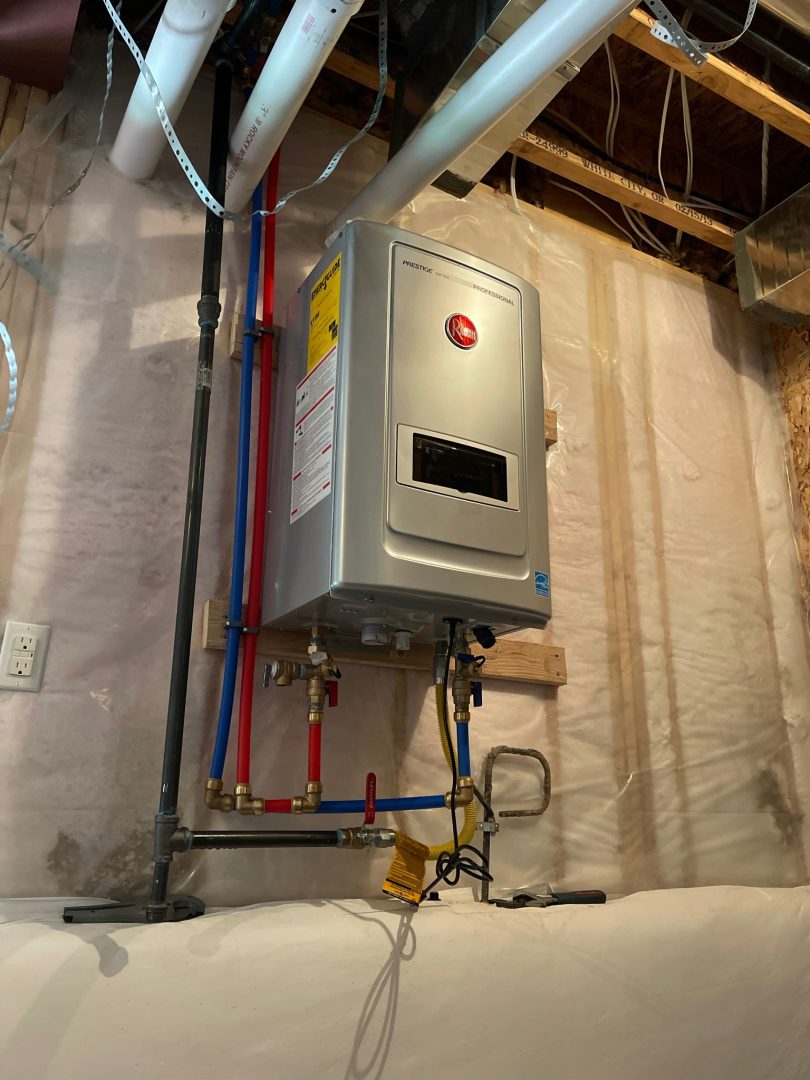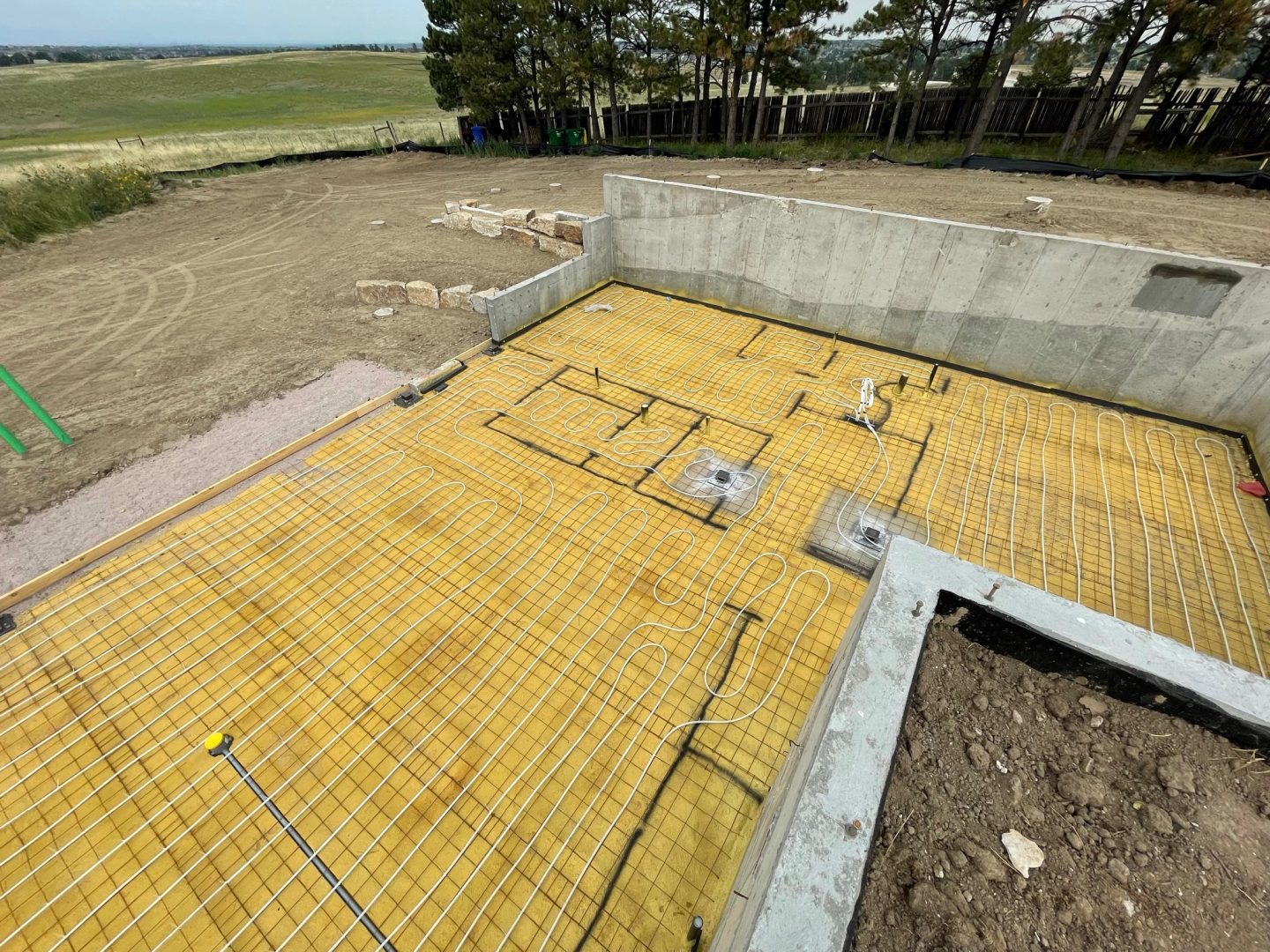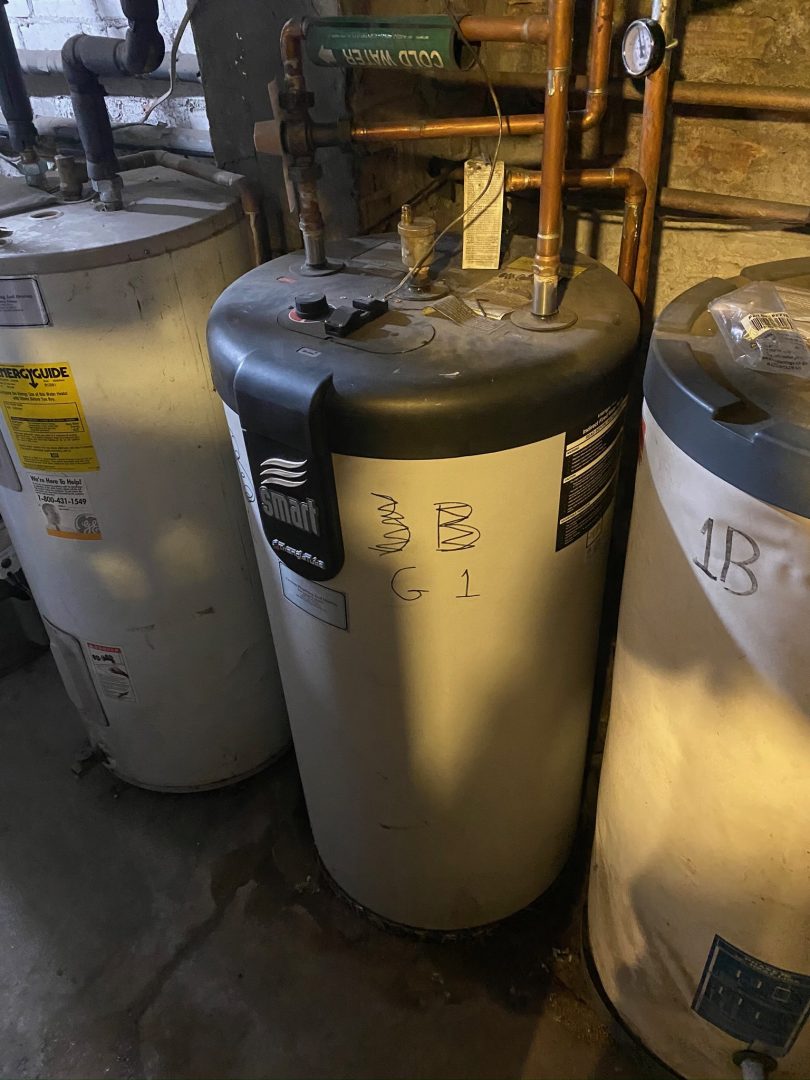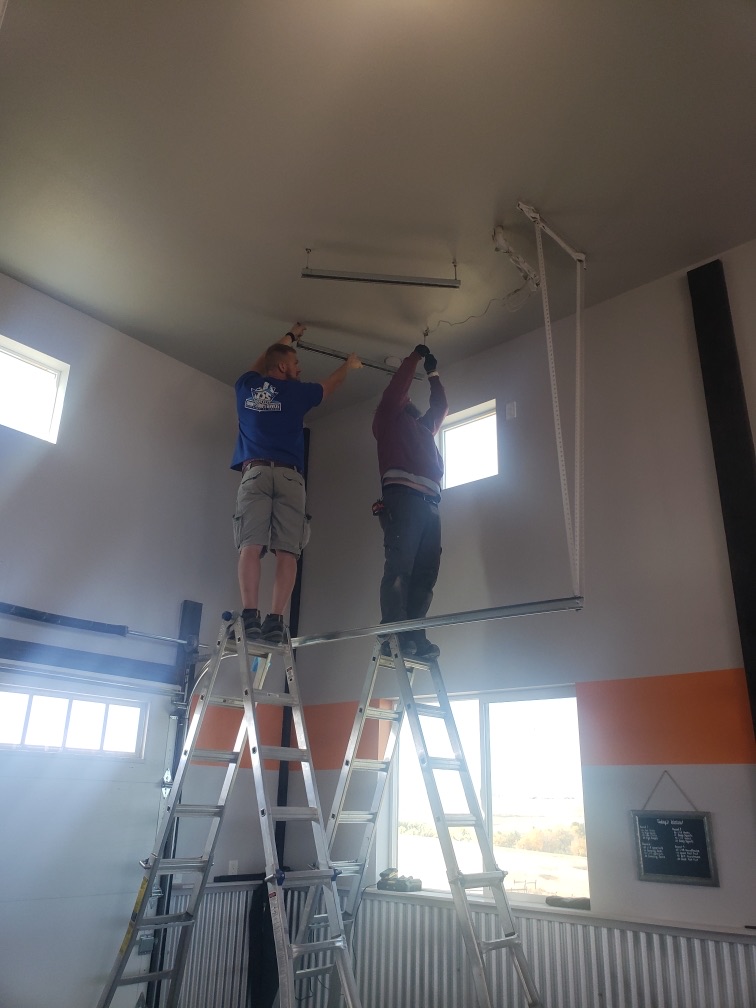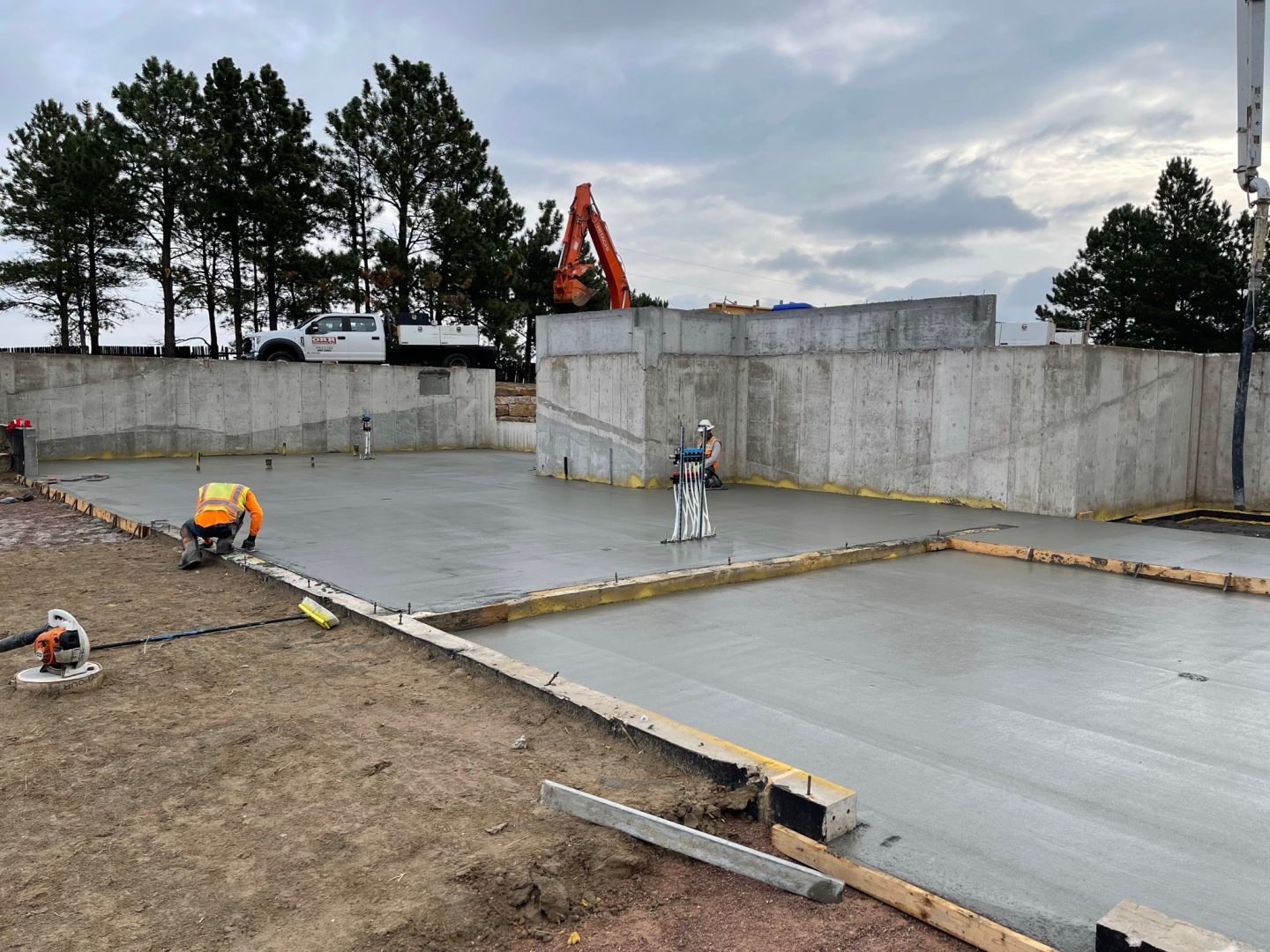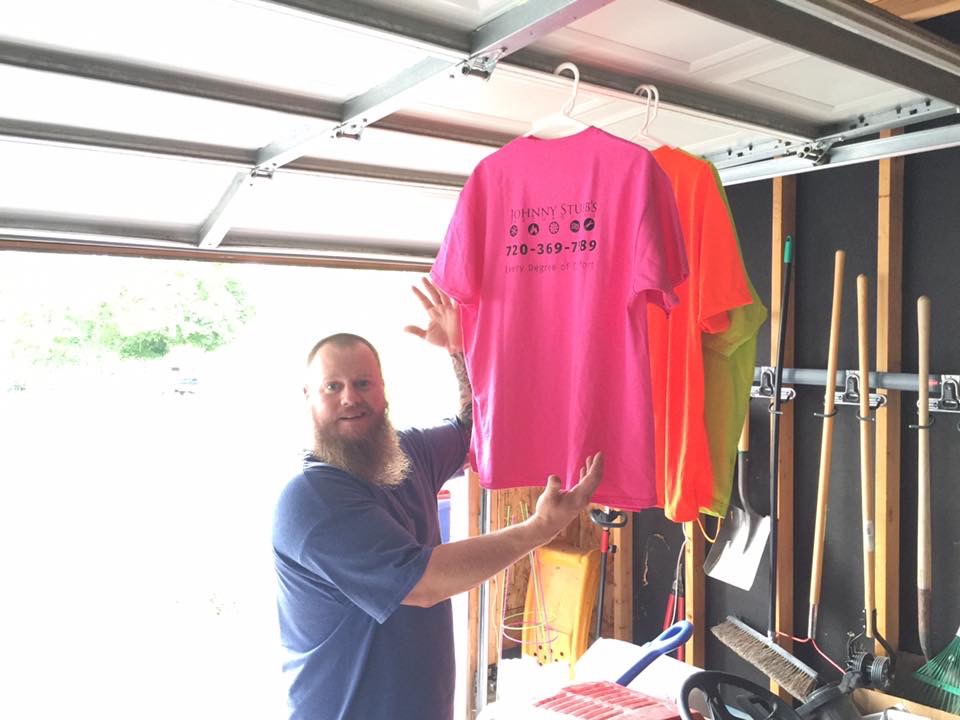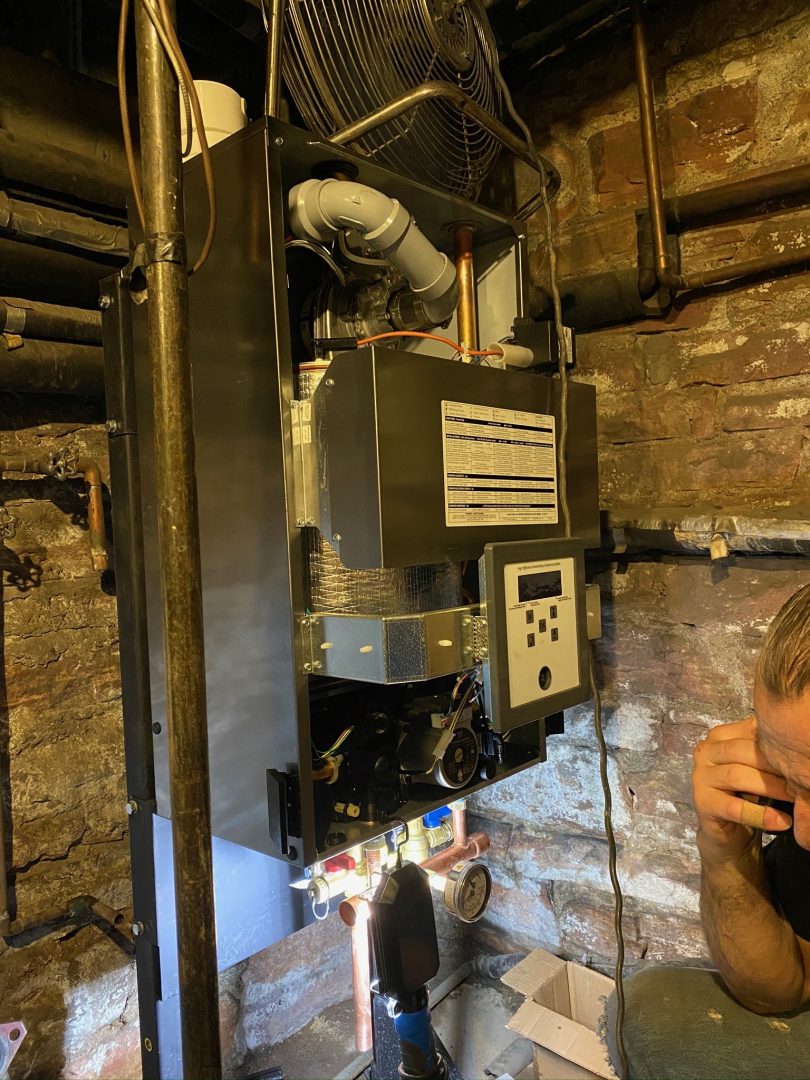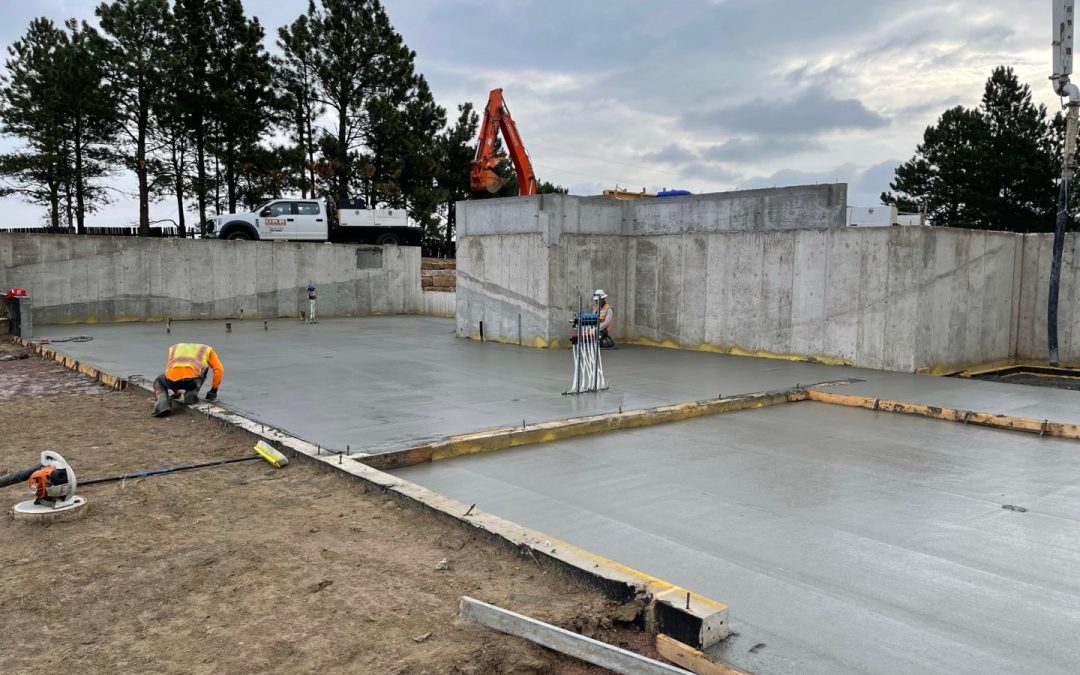Hydronic system snowmelt is becoming an increasingly popular option for Colorado homeowners looking to keep their driveways, sidewalks, and patios clear of snow and ice during winter. A hydronic snowmelt system uses hot water or a mixture of water and antifreeze to heat a series of pipes installed beneath the surface of the concrete, effectively melting snow and ice. This snow removal method offers several benefits over traditional snow removal methods, including increased safety, reduced maintenance costs, and improved aesthetic appeal. In this article, we will explore the benefits of hydronic system snowmelt in Colorado homes, how it works, and what to consider when installing a system.
One of the primary benefits of hydronic system snowmelt is increased safety. Snow and ice can create hazardous conditions for pedestrians and drivers, increasing the risk of slips, falls, and accidents. By installing a hydronic snowmelt system, homeowners can eliminate the need for shoveling or plowing, reducing the risk of accidents. A hydronic snowmelt system can also prevent ice from forming, reducing the risk of slips and falls.
Another benefit of the hydronic system snowmelt is reduced maintenance costs. Traditional snow removal methods, such as shoveling or plowing, can be time-consuming and expensive. Additionally, these methods can cause damage to the concrete, which can require costly repairs. However, a hydronic snowmelt system requires minimal maintenance and can extend the concrete’s lifespan, saving homeowners money in the long run.
Moreover, hydronic system snowmelt can improve the aesthetic appeal of the property. Snow and ice can create a messy, unsightly appearance, which can detract from the property’s overall look. However, homeowners can maintain a clean, attractive appearance throughout the winter months by installing a hydronic snowmelt system.
When installing hydronic system snowmelt in Colorado homes, it is essential to consider several factors, such as the size of the area, the type of system, and the cost. For example, the size of the site will determine the amount of tubing required and the overall cost of the system. Additionally, the type of system, whether electric or hydronic, will affect the cost and efficiency of the system. Moreover, it is essential to consider the cost of installation and maintenance and the potential energy savings over time.
Hydronic system snowmelt works by circulating hot water or a mixture of water and antifreeze through a series of pipes installed beneath the surface of the concrete. A boiler or water heater heats the water, which is circulated through the lines using a pump. The heat from the water melts the snow and ice, draining away through the drainage system. Hydronic systems are typically more efficient than electric systems and can be used for larger areas.
When installing hydronic system snowmelt, choosing a reputable and experienced contractor is essential. The contractor should be able to provide a detailed estimate and plan for the installation and provide references and credentials. Additionally, it is necessary to choose a system that is easy to control and maintain and offers reliable performance and energy savings.
In conclusion, hydronic system snowmelt is an excellent option for Colorado homeowners who want to keep their driveways, sidewalks, and patios clear of snow and ice during winter. A hydronic snowmelt system offers several benefits over traditional snow removal methods, including increased safety, reduced maintenance costs, and improved aesthetic appeal. When installing a hydronic system snowmelt, it is essential to consider several factors, such as the size of the area, the type of system, and the cost, as well as to choose a reputable and experienced contractor who can provide a reliable and efficient installation. By selecting a hydronic snowmelt system, homeowners can enjoy a safer, cleaner, and more attractive property throughout the winter months, with minimal maintenance and maximum energy efficiency.
